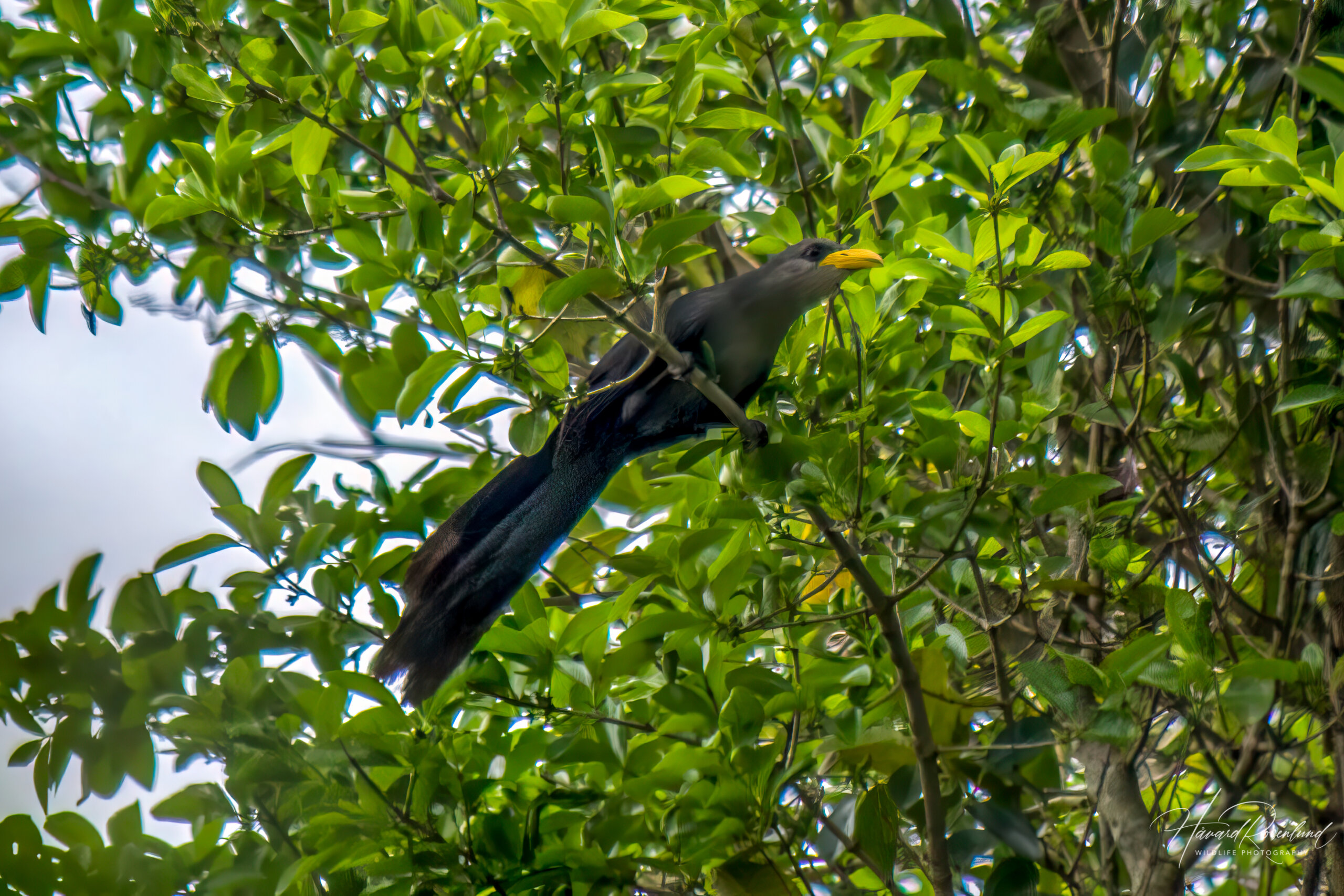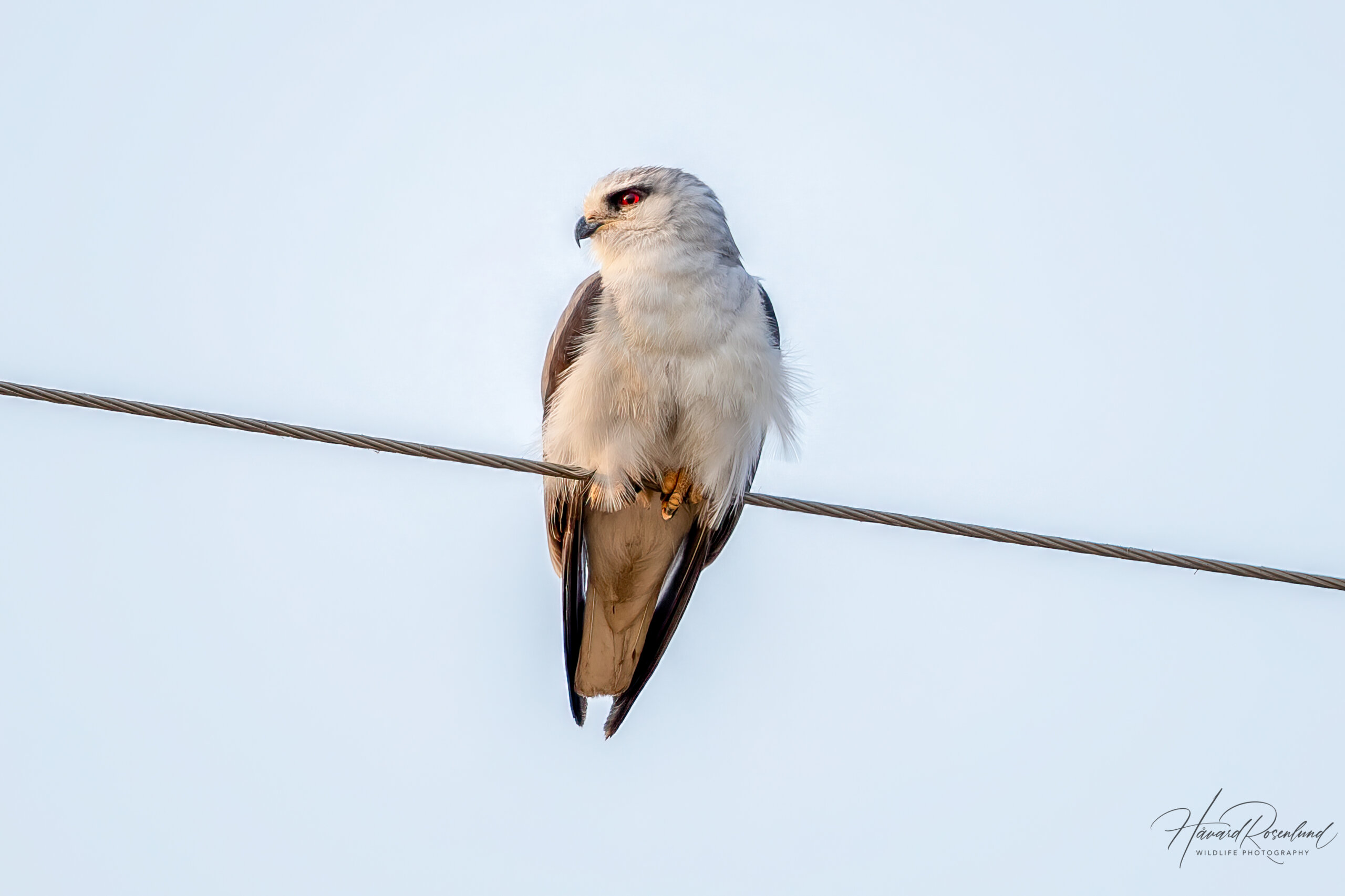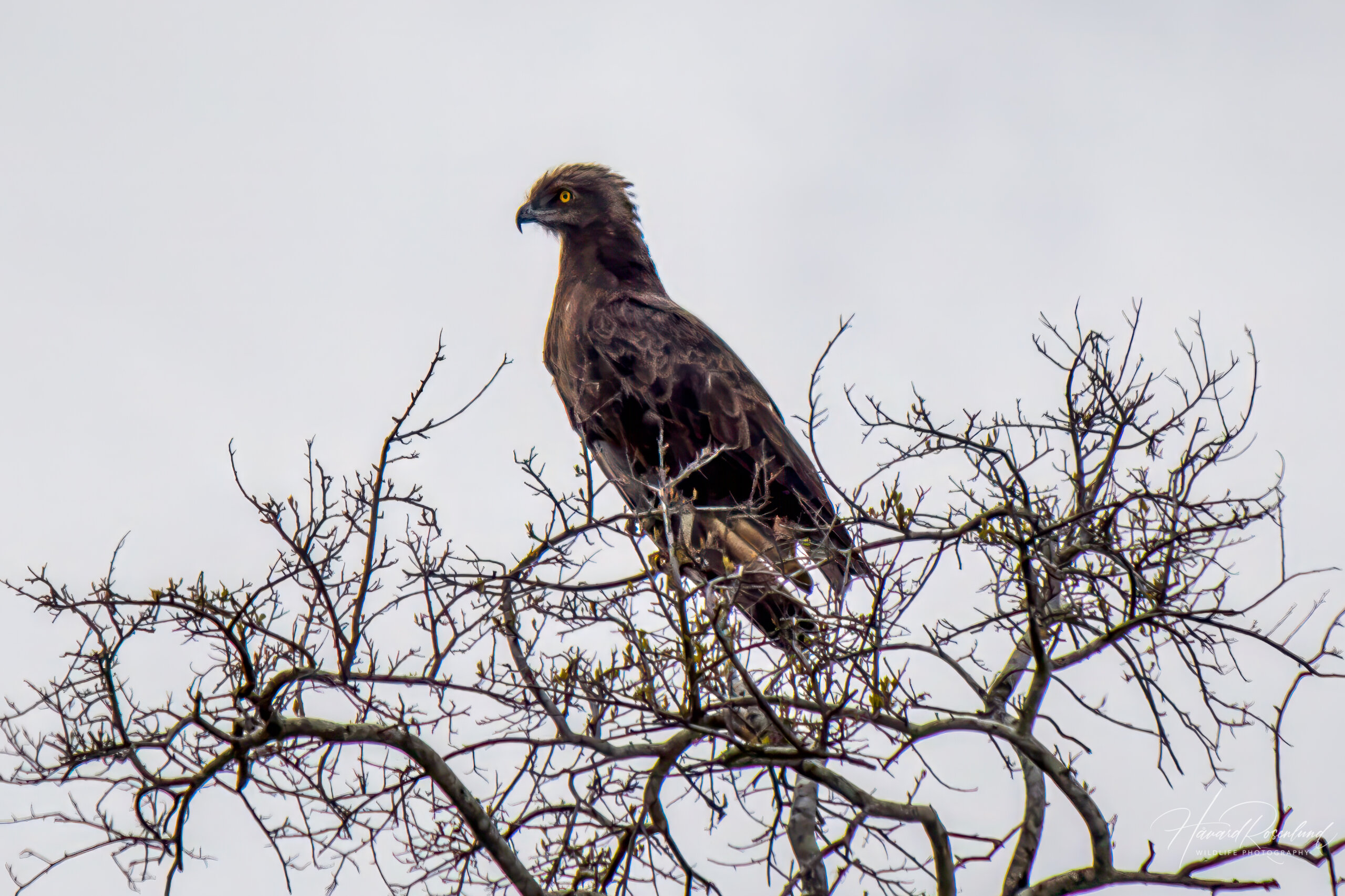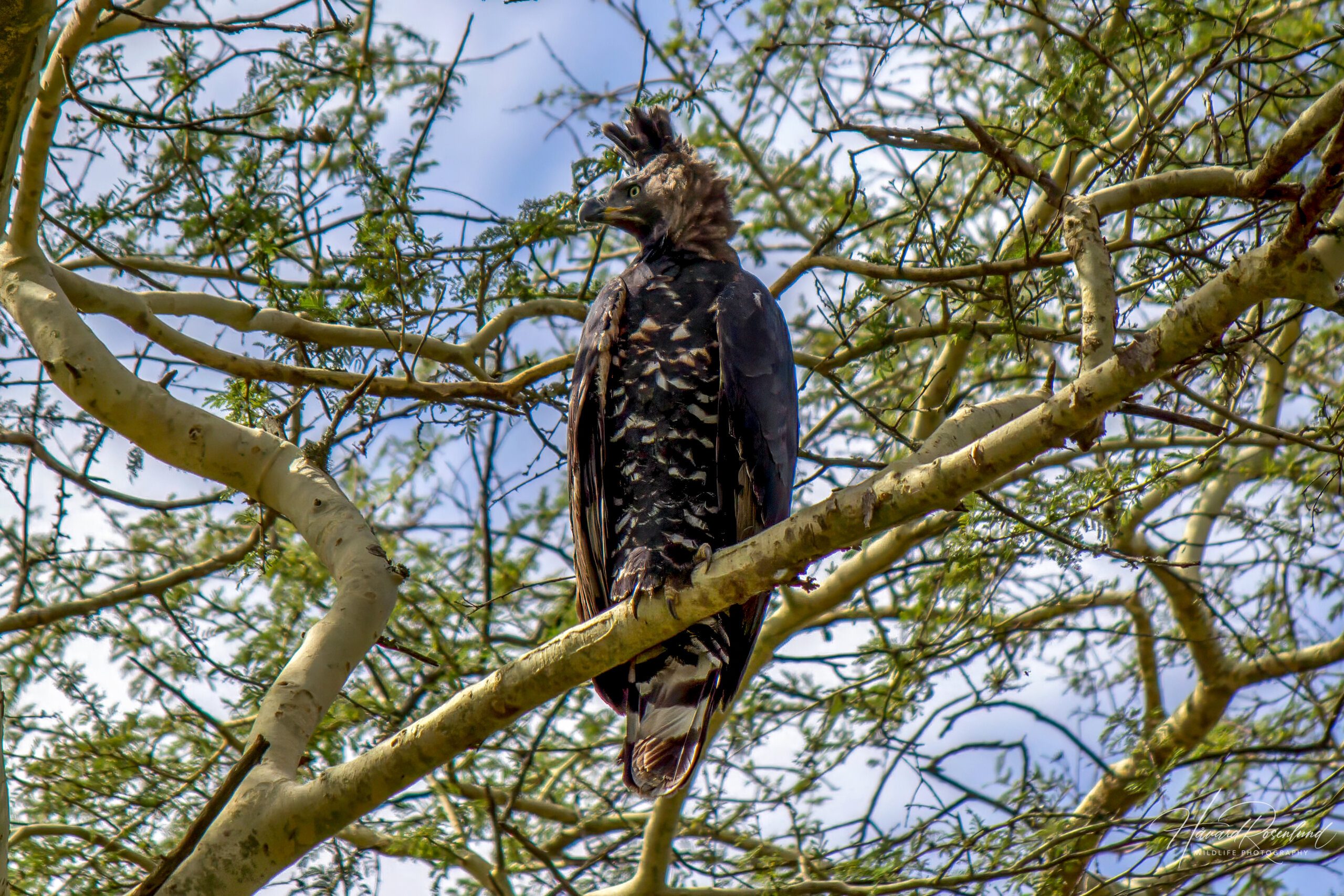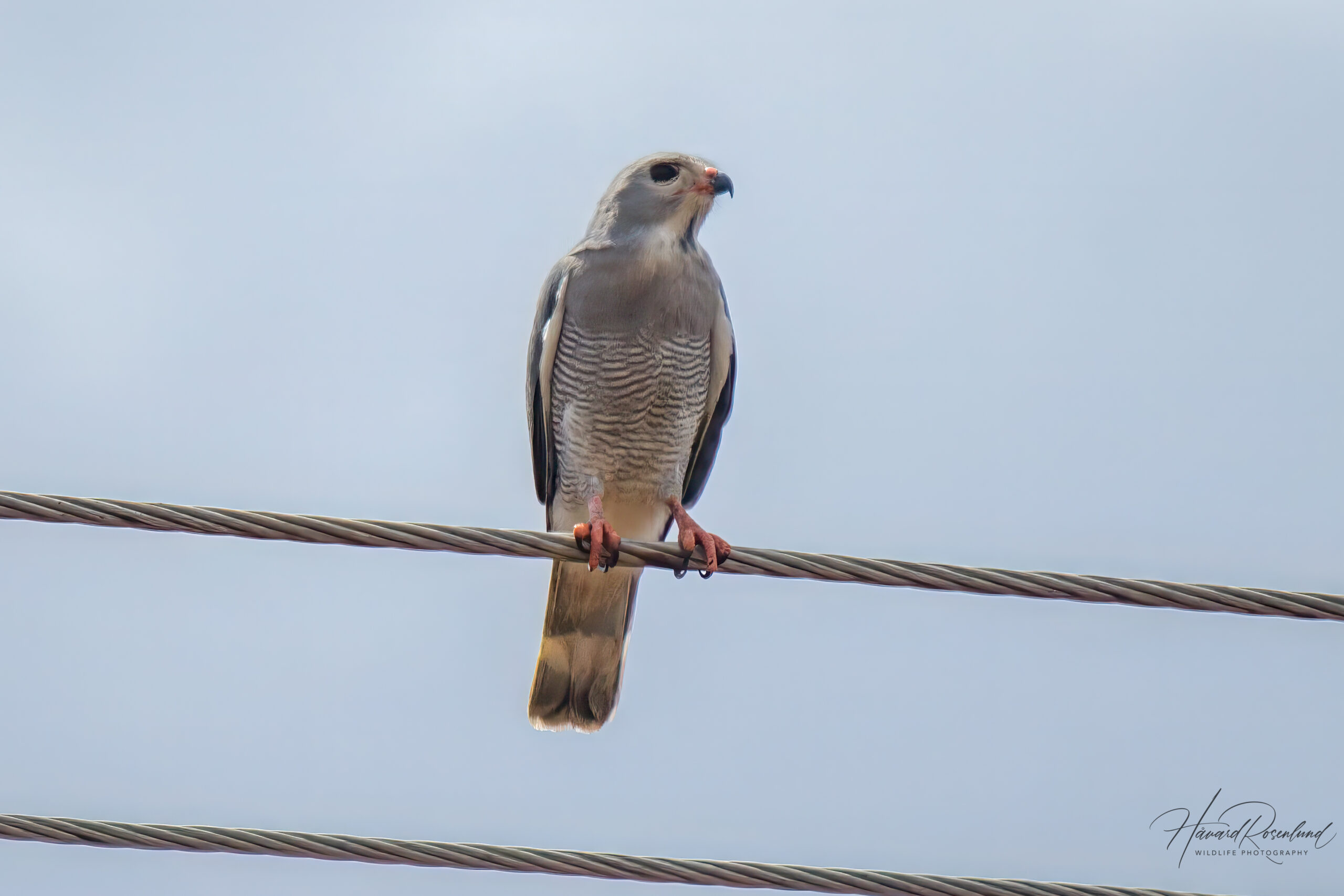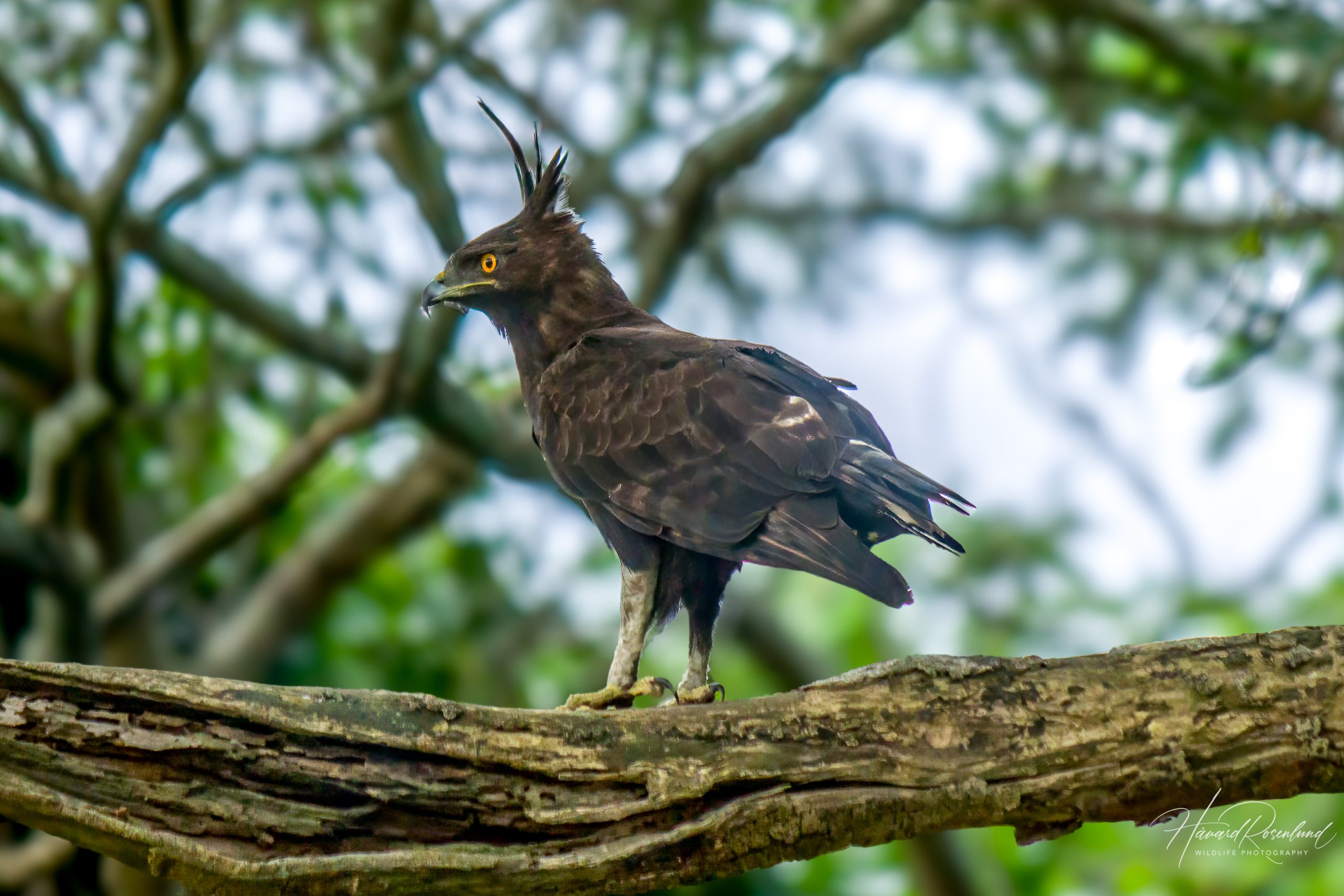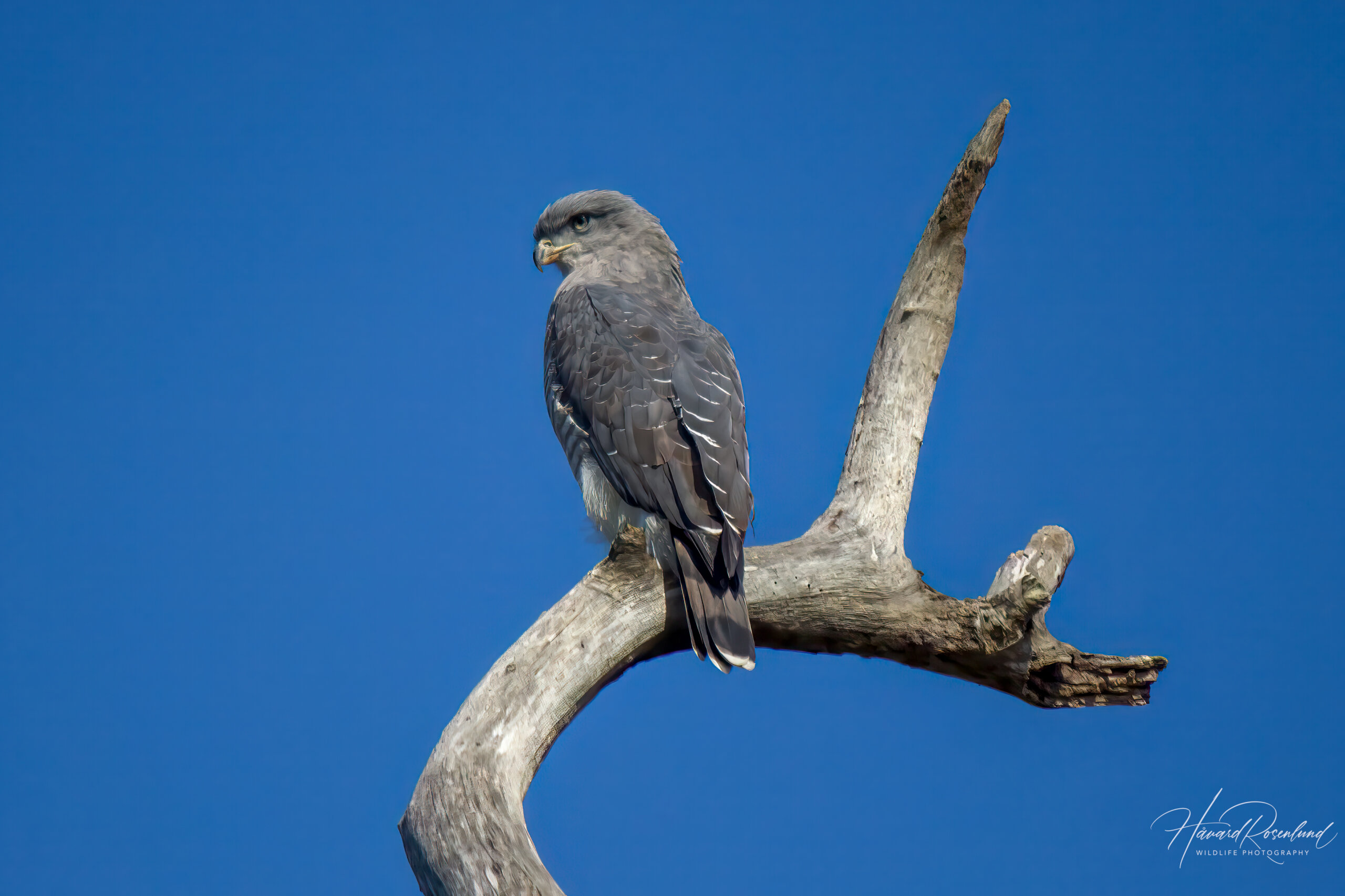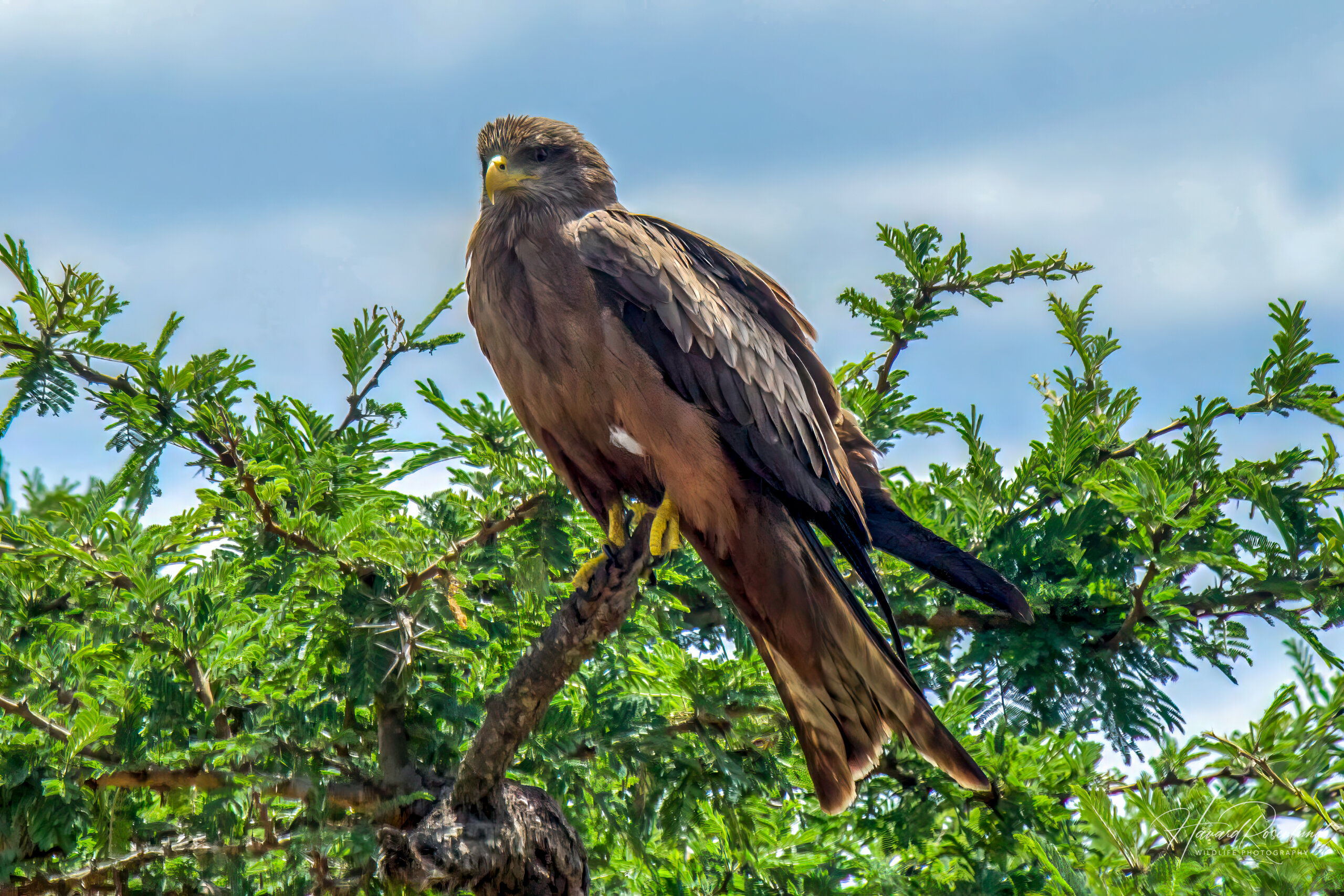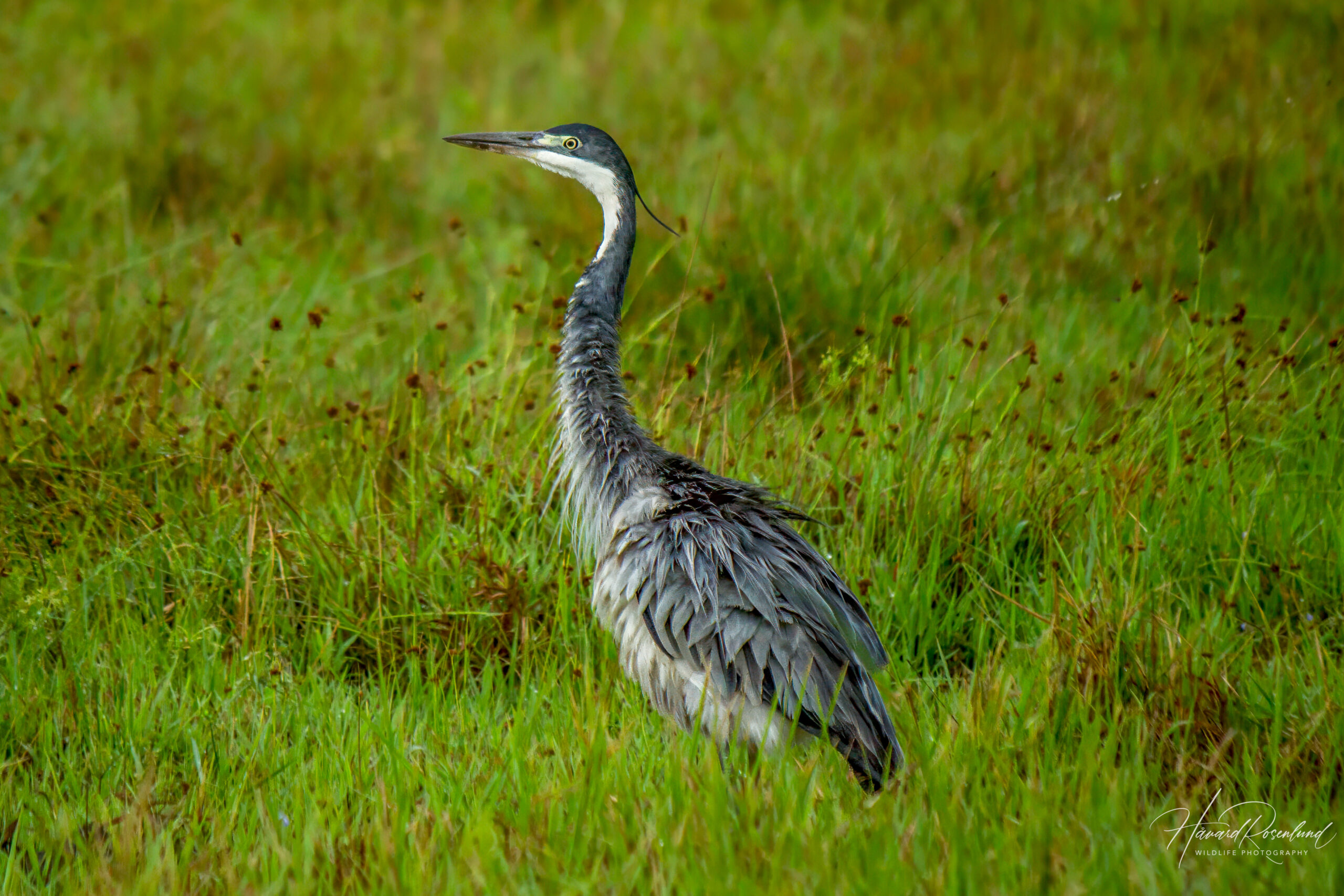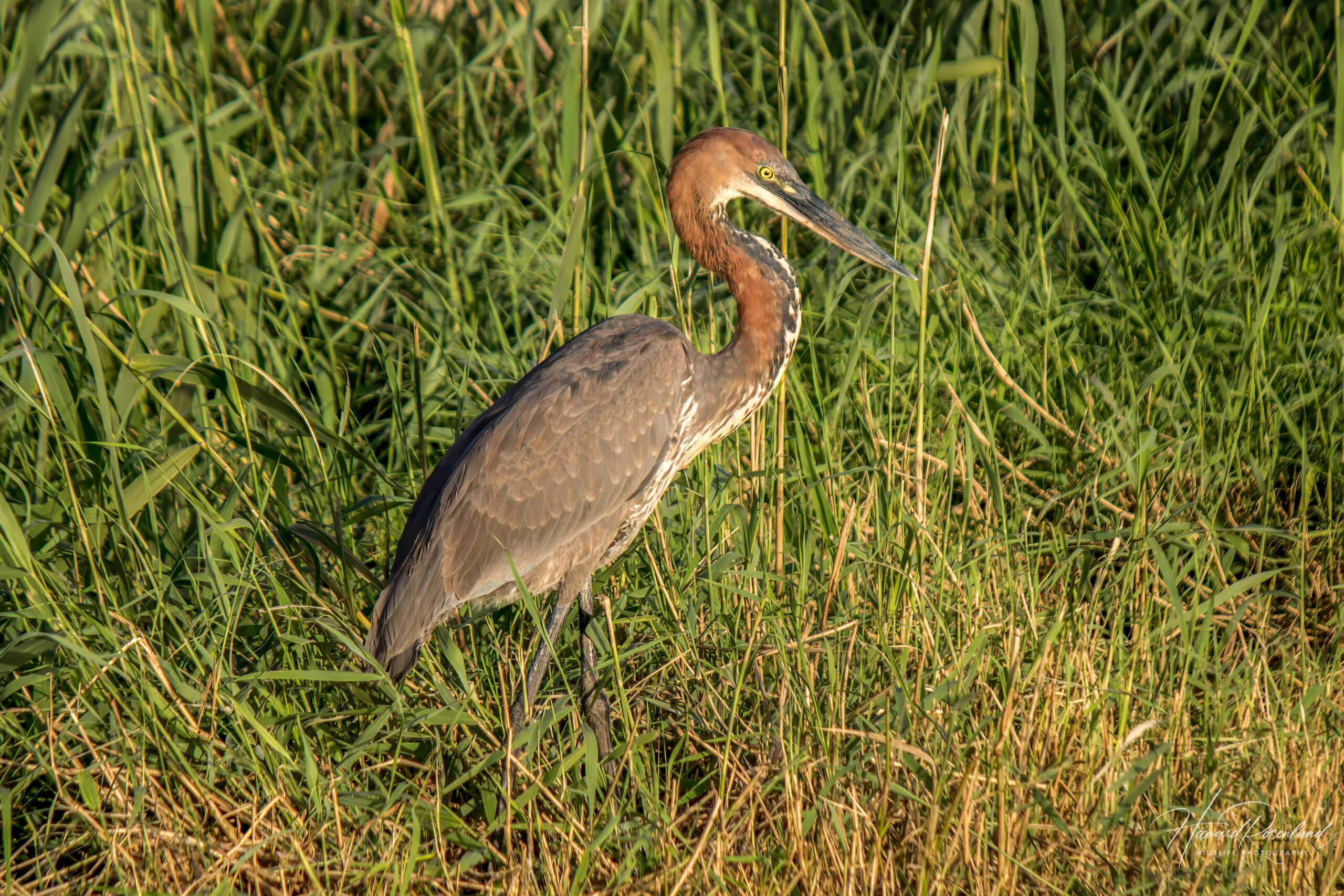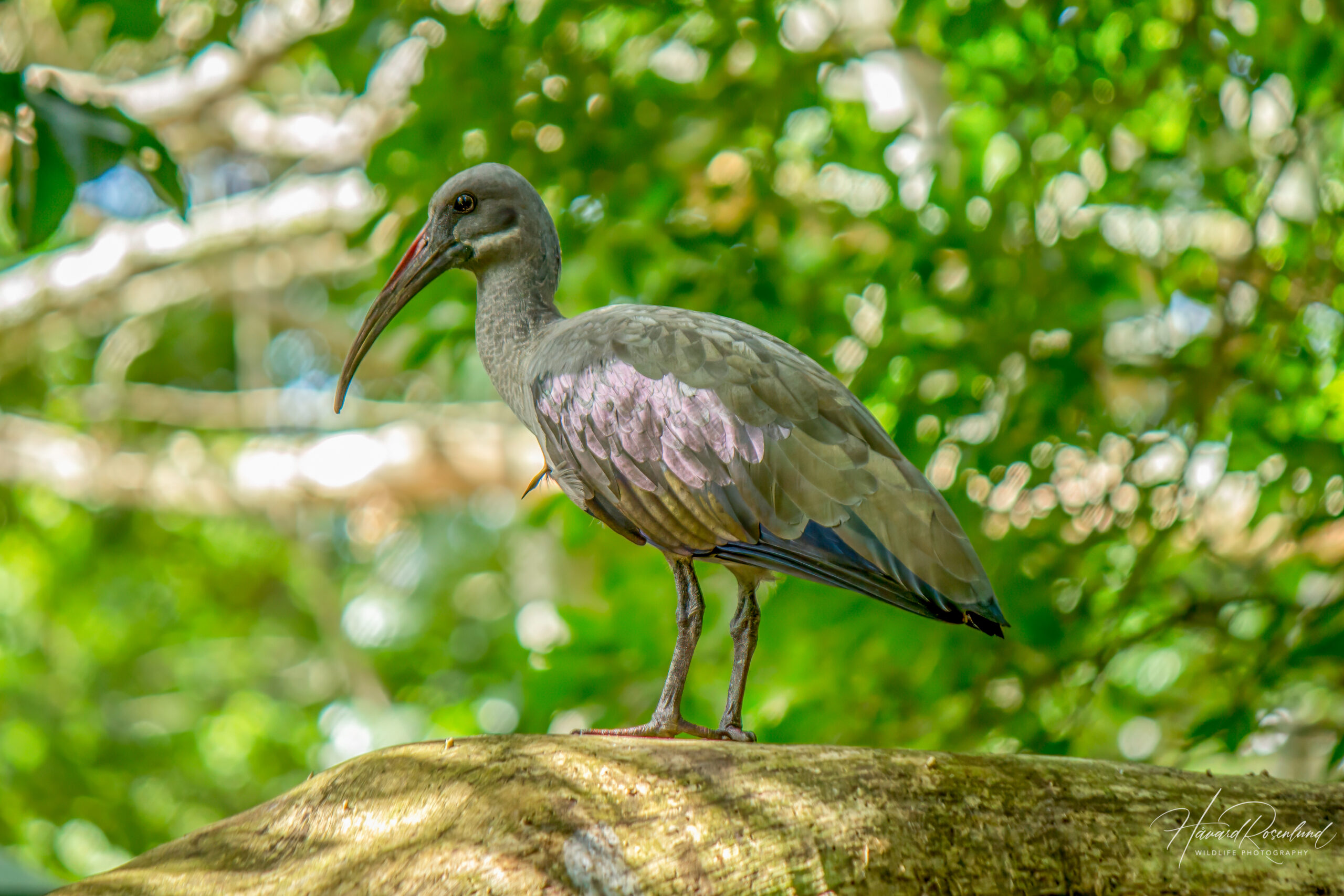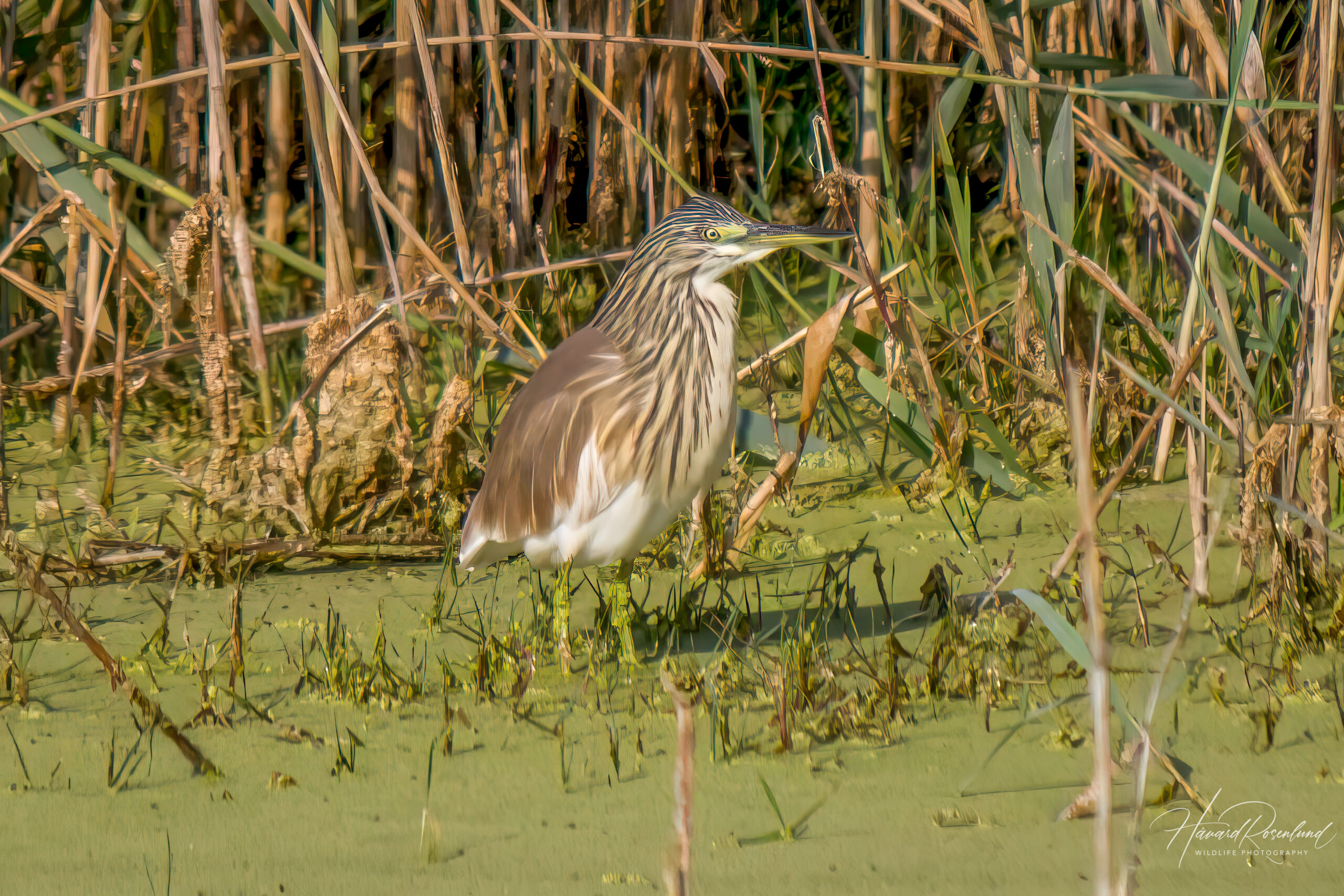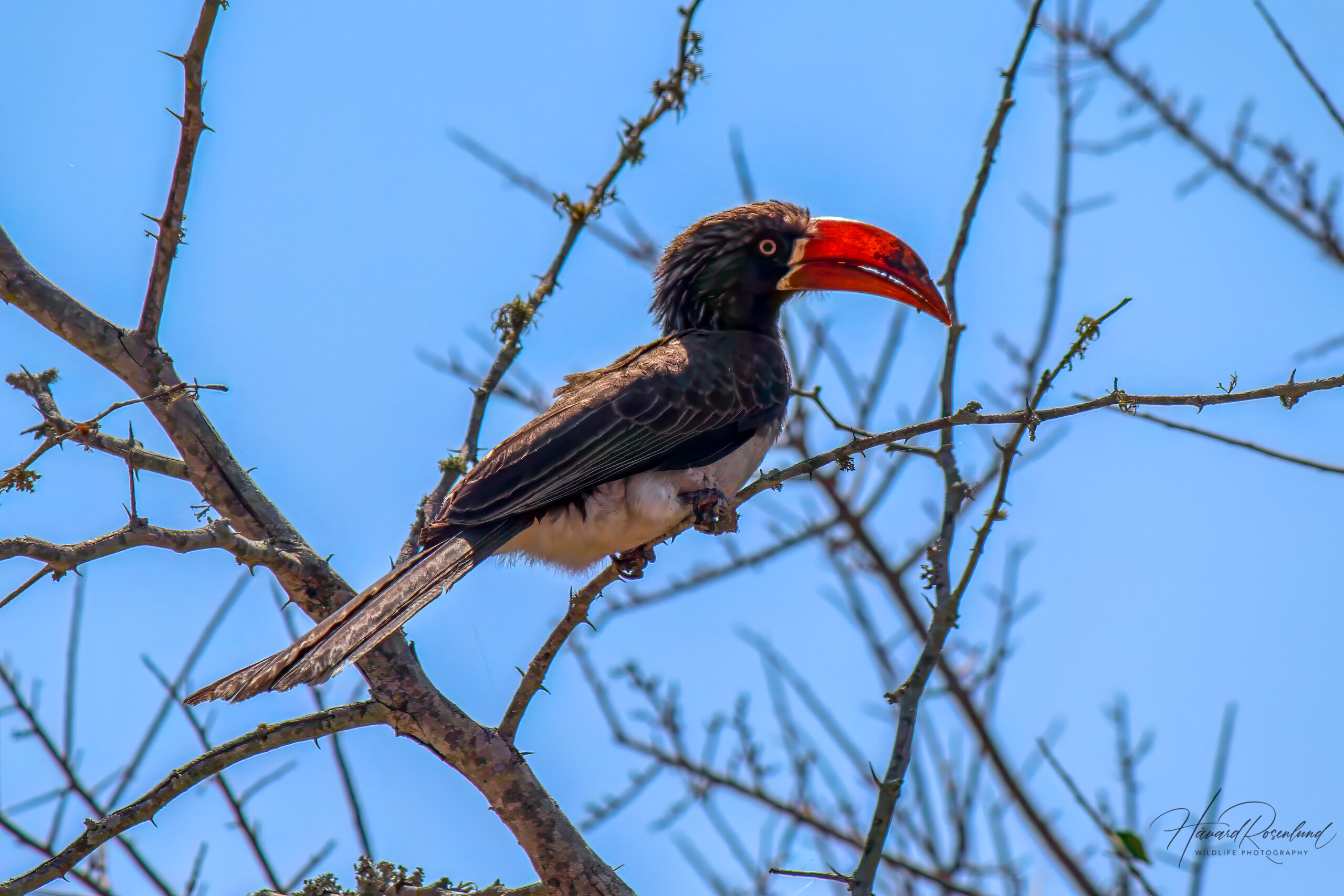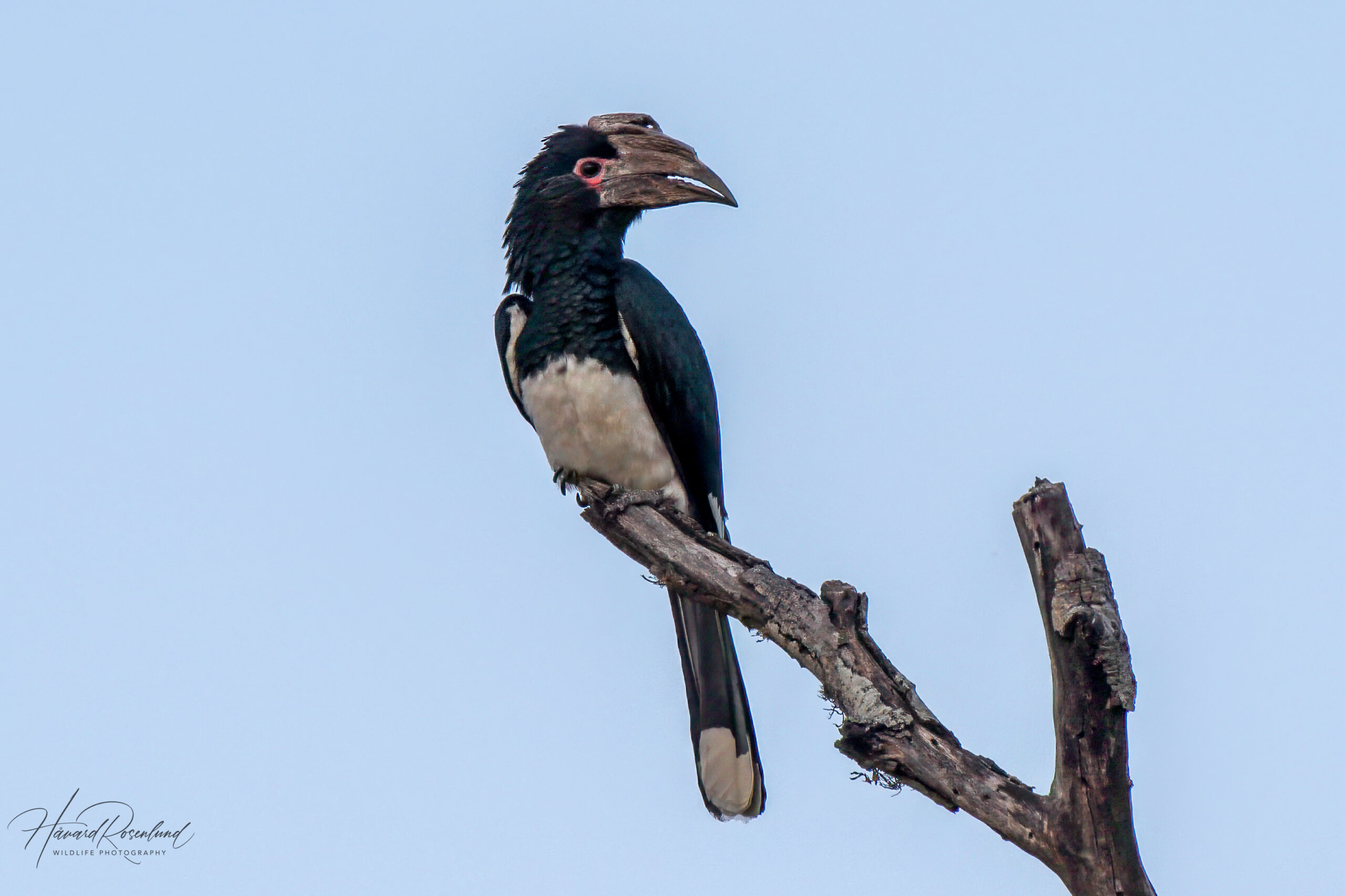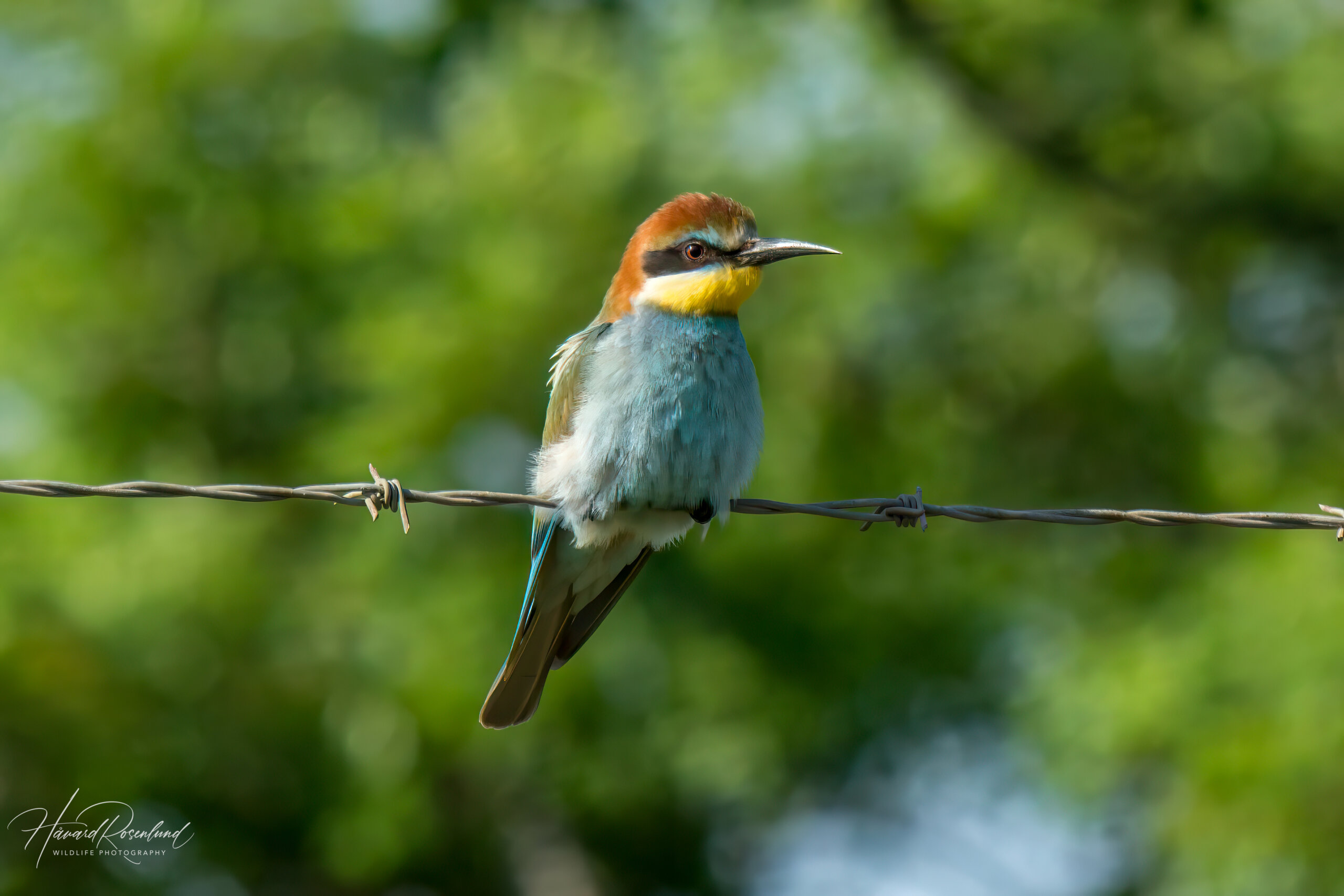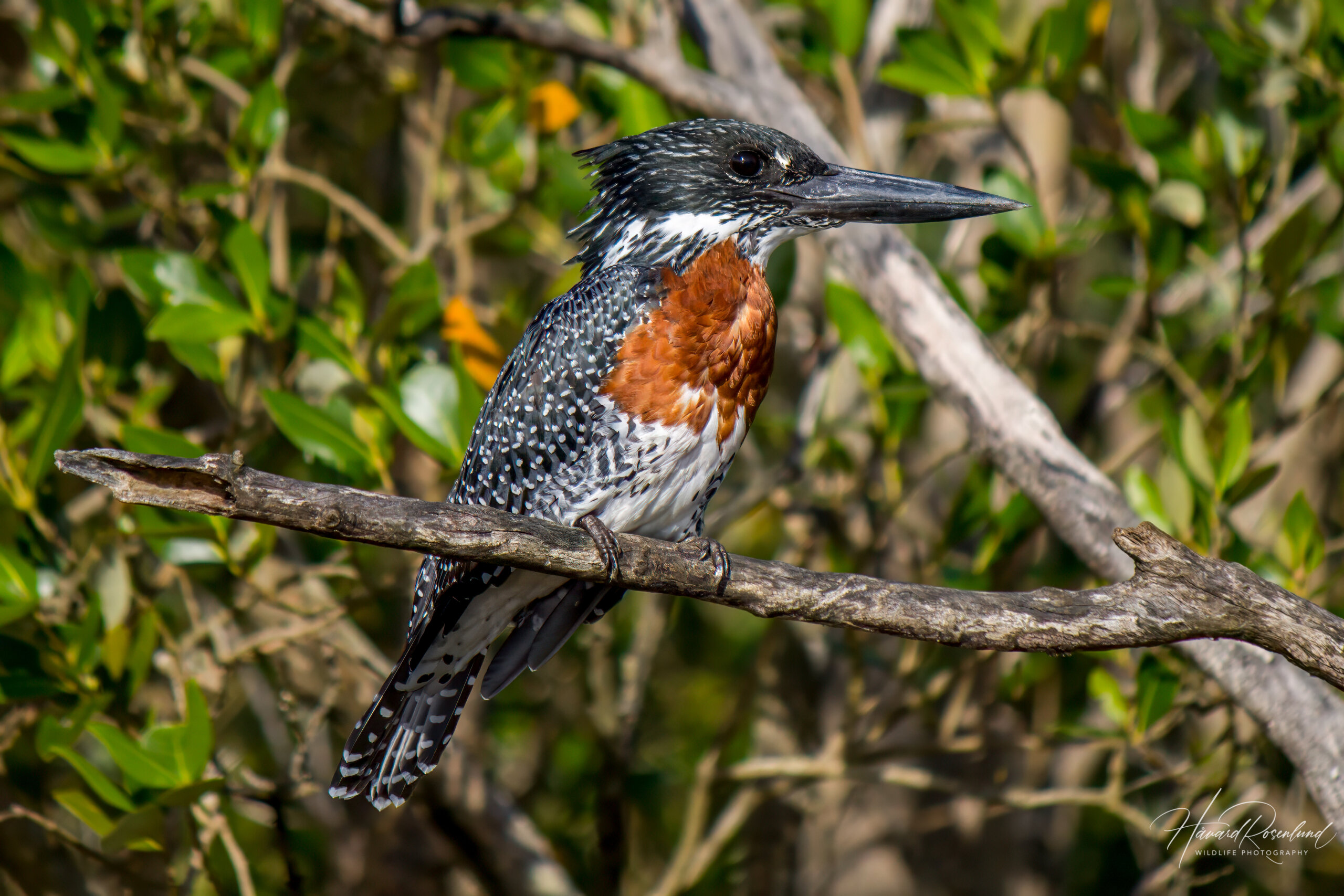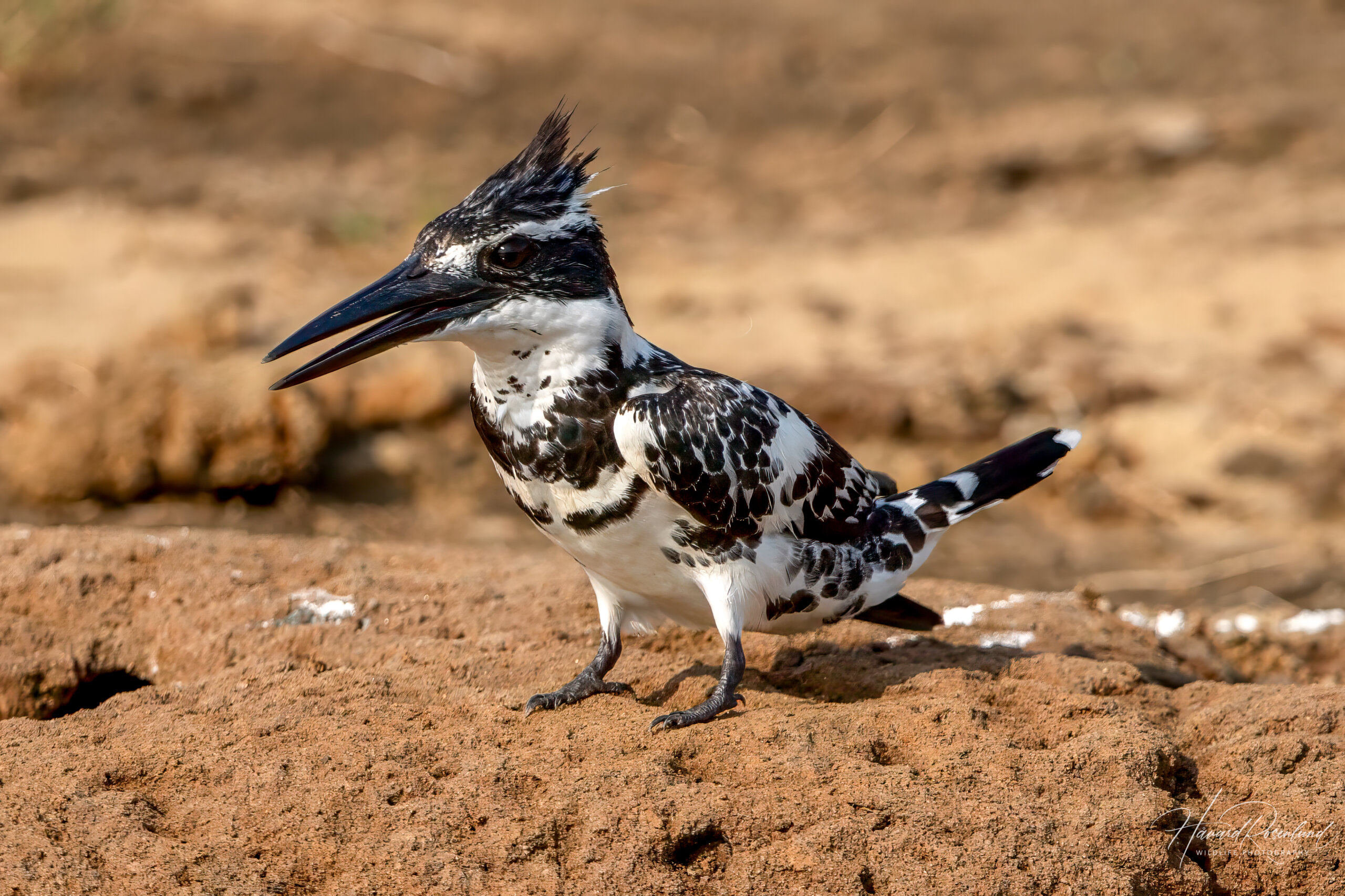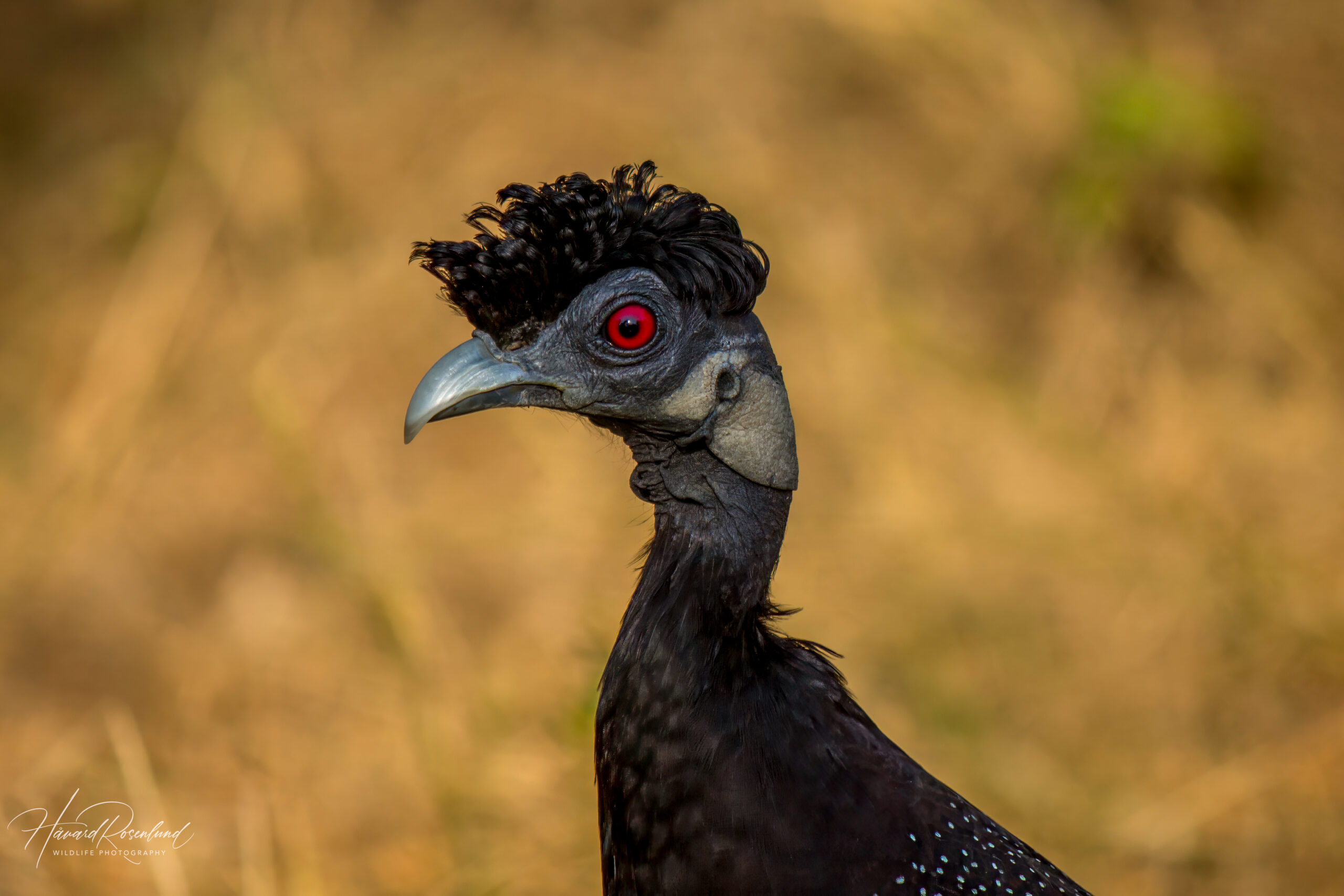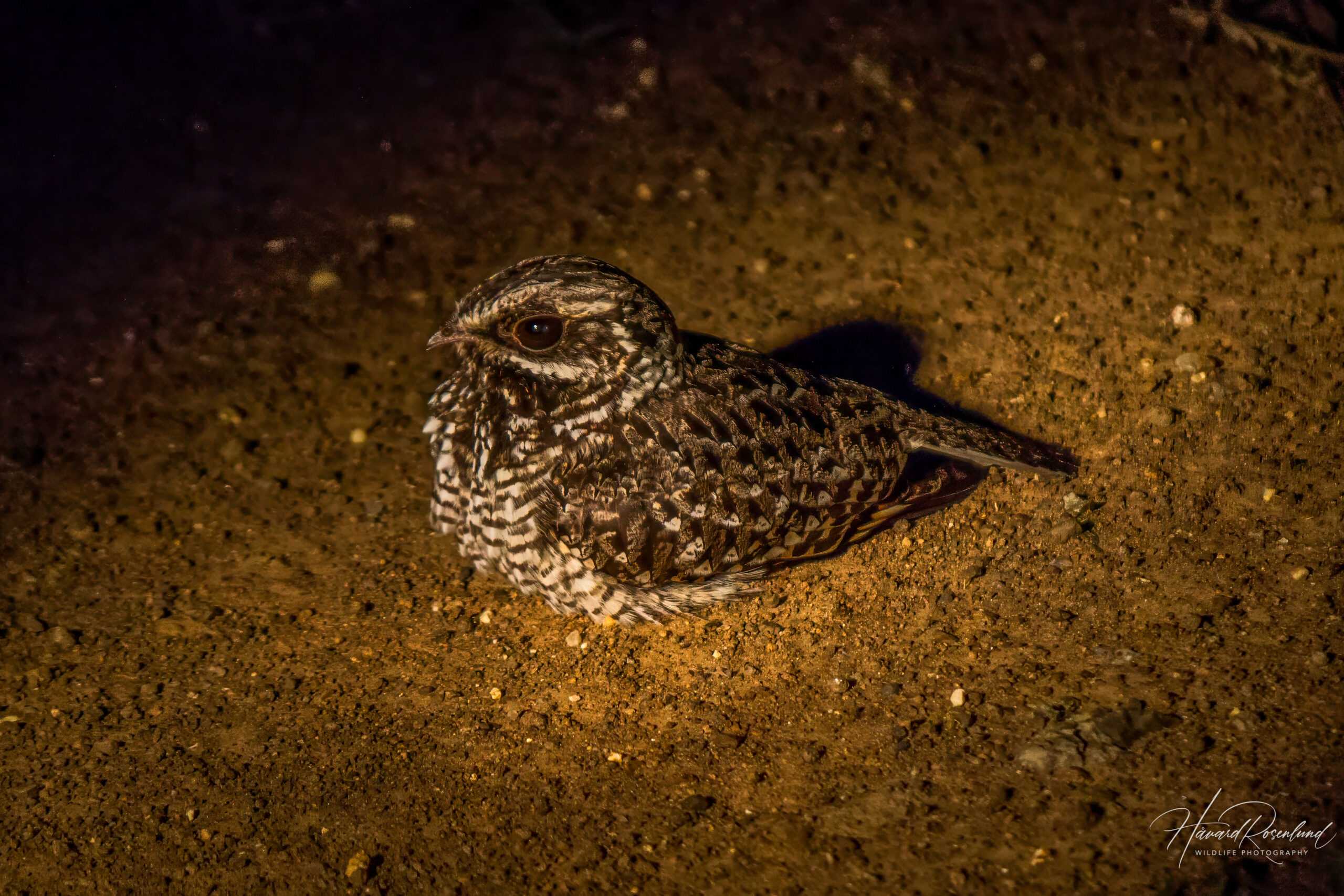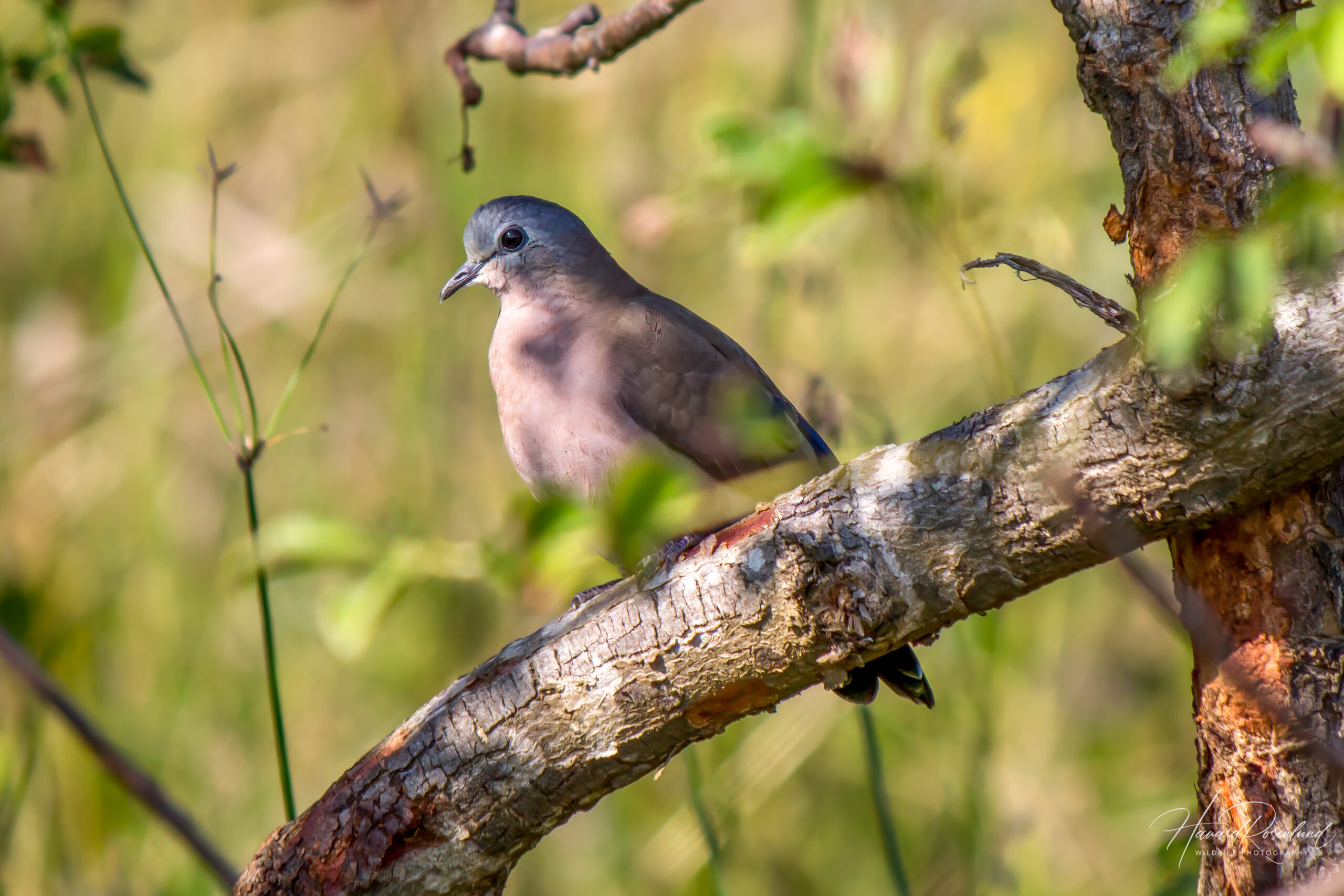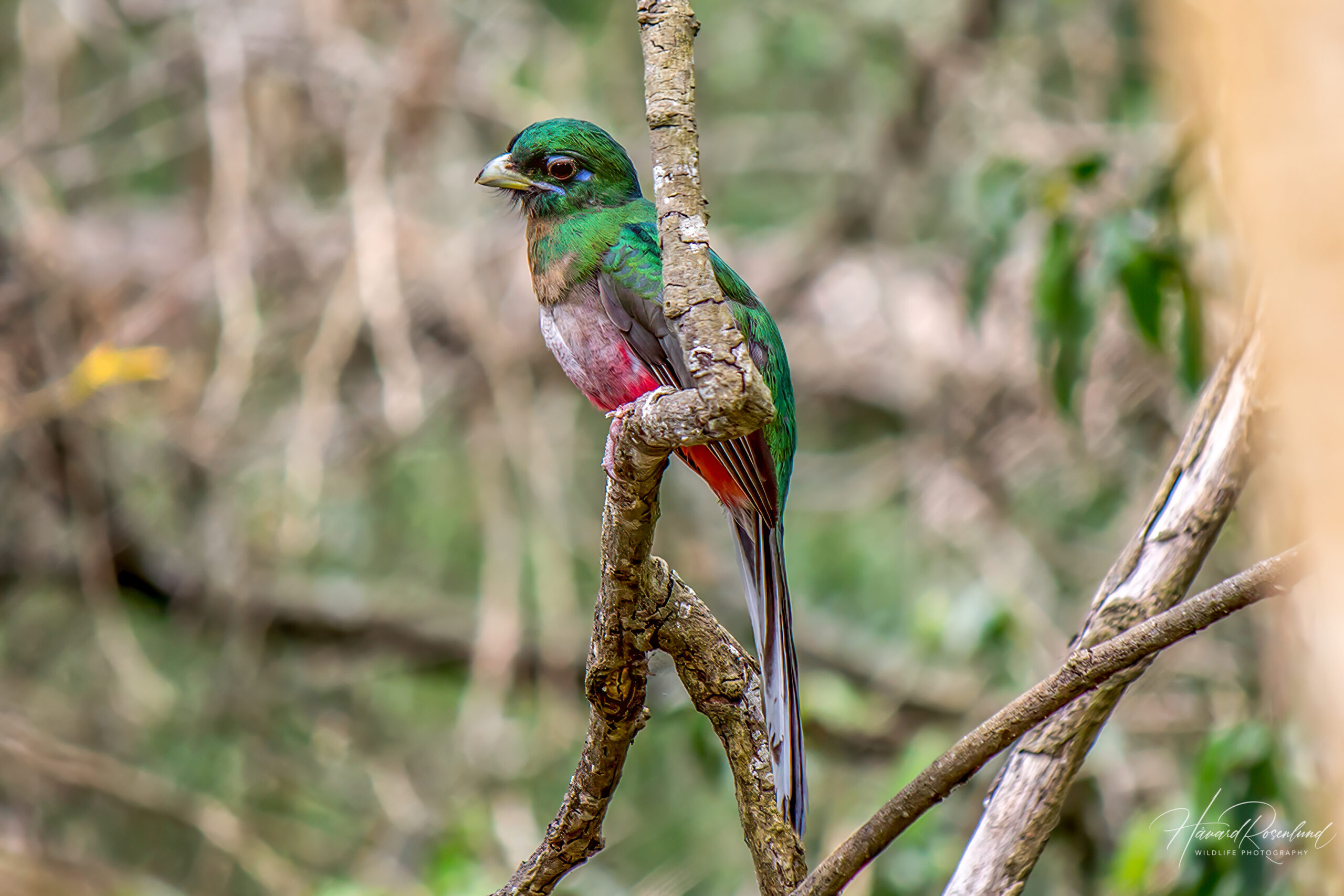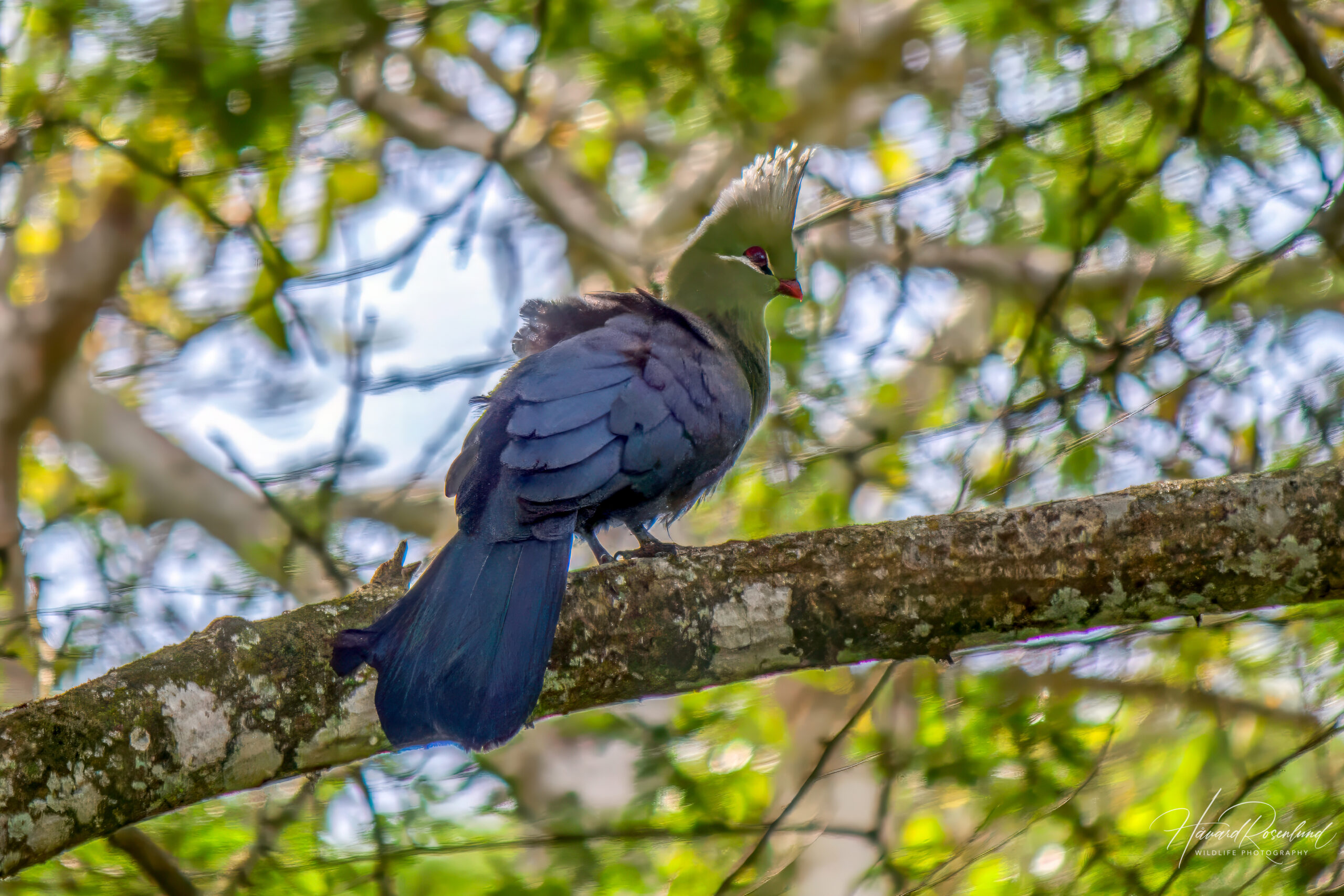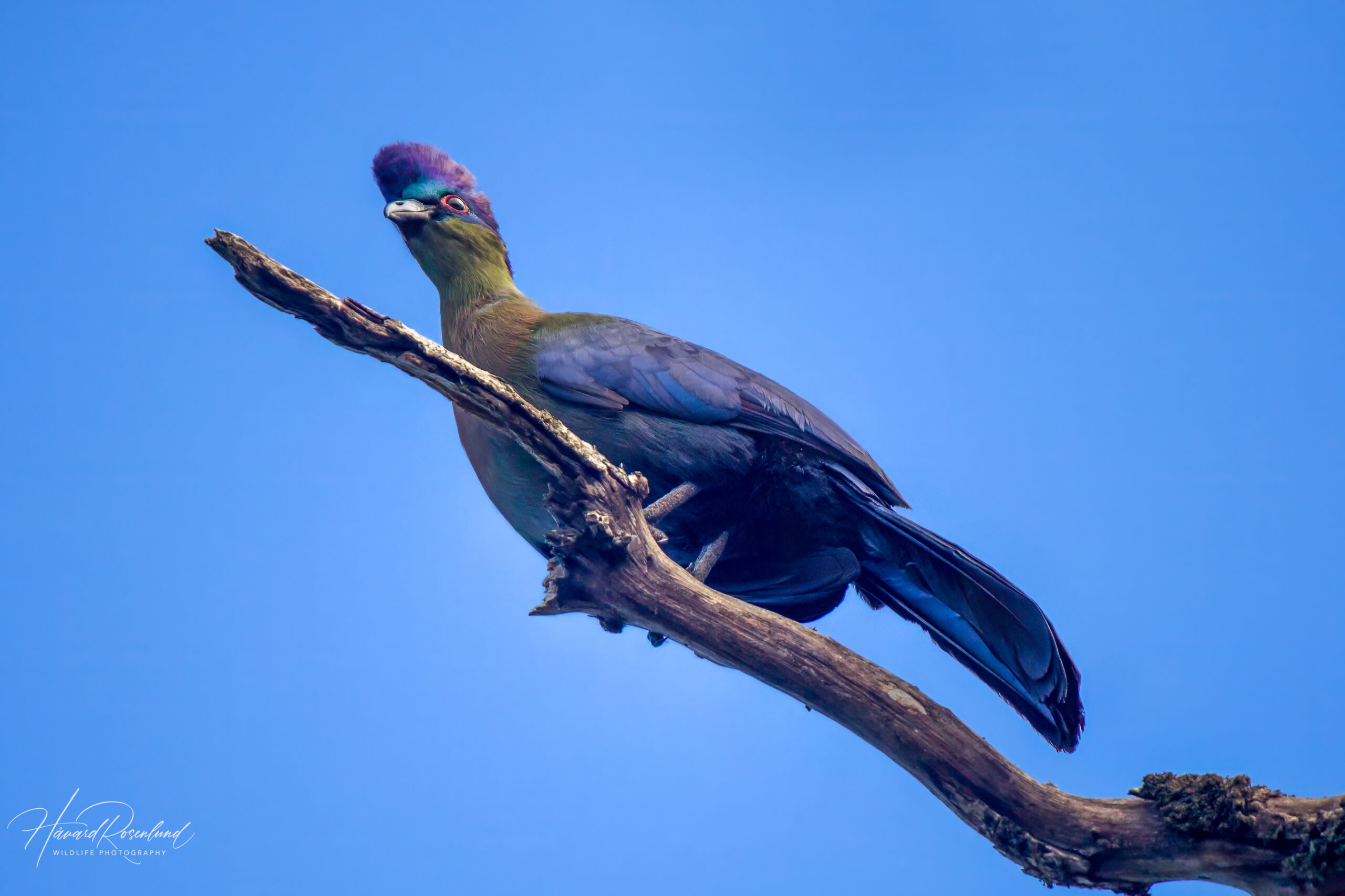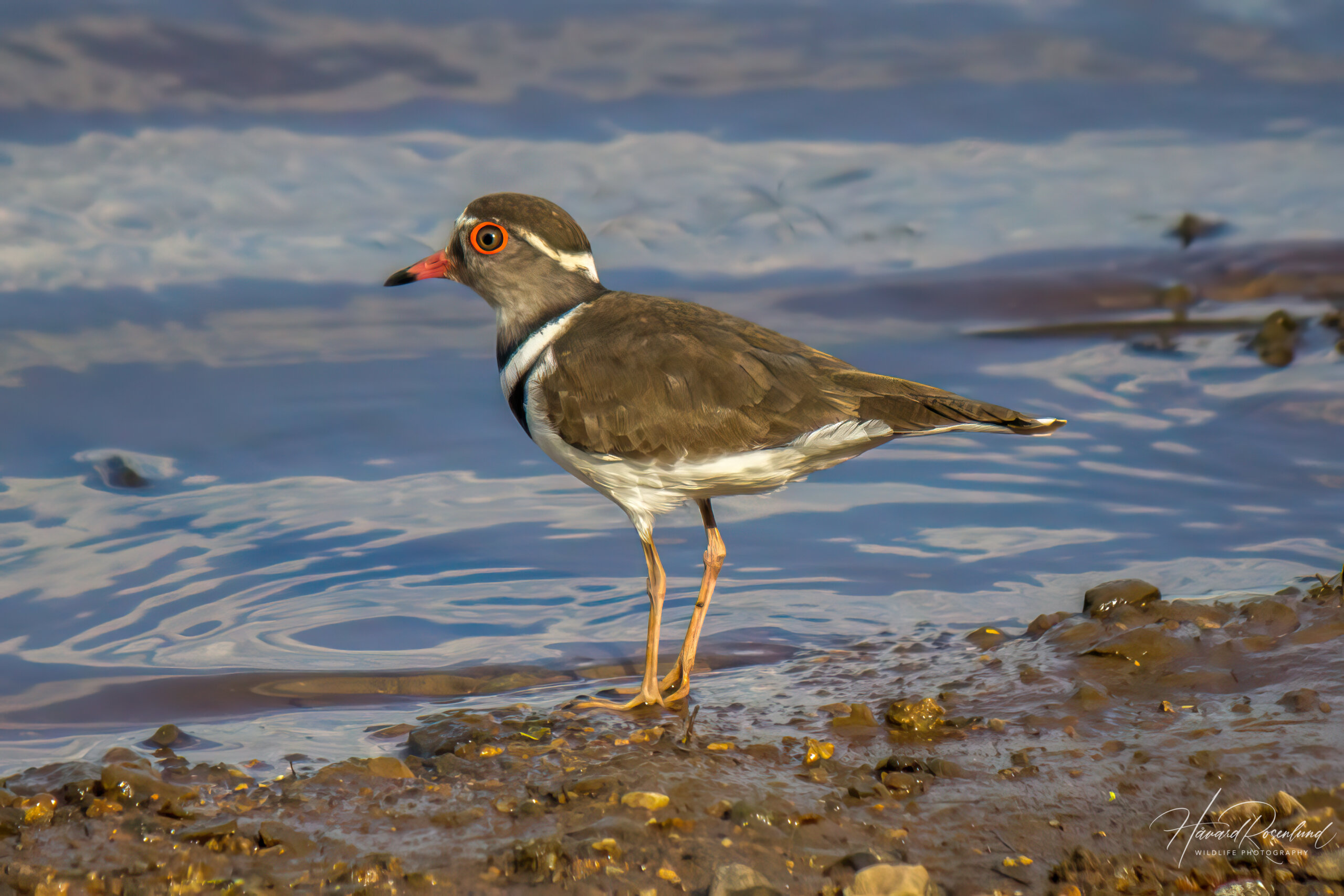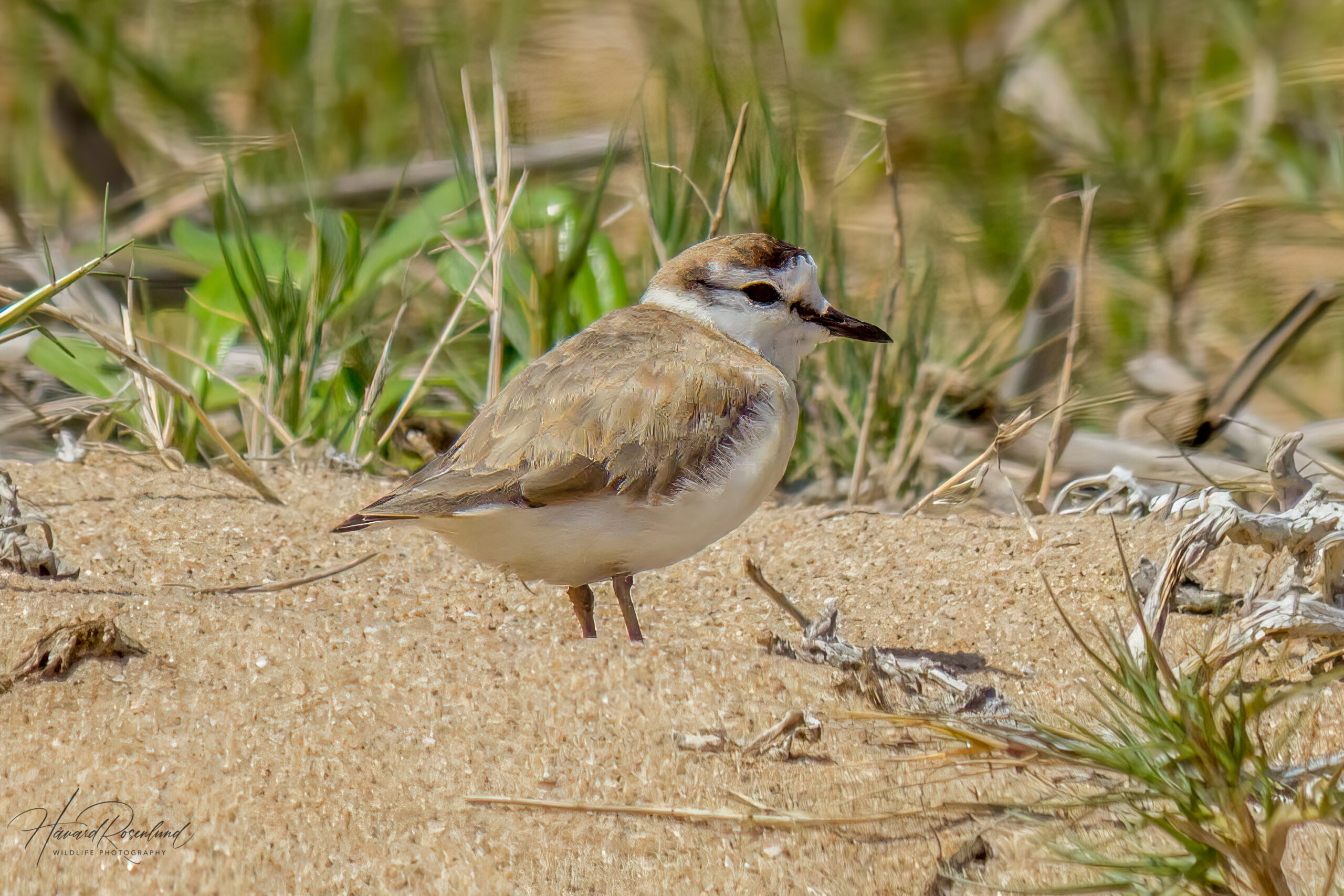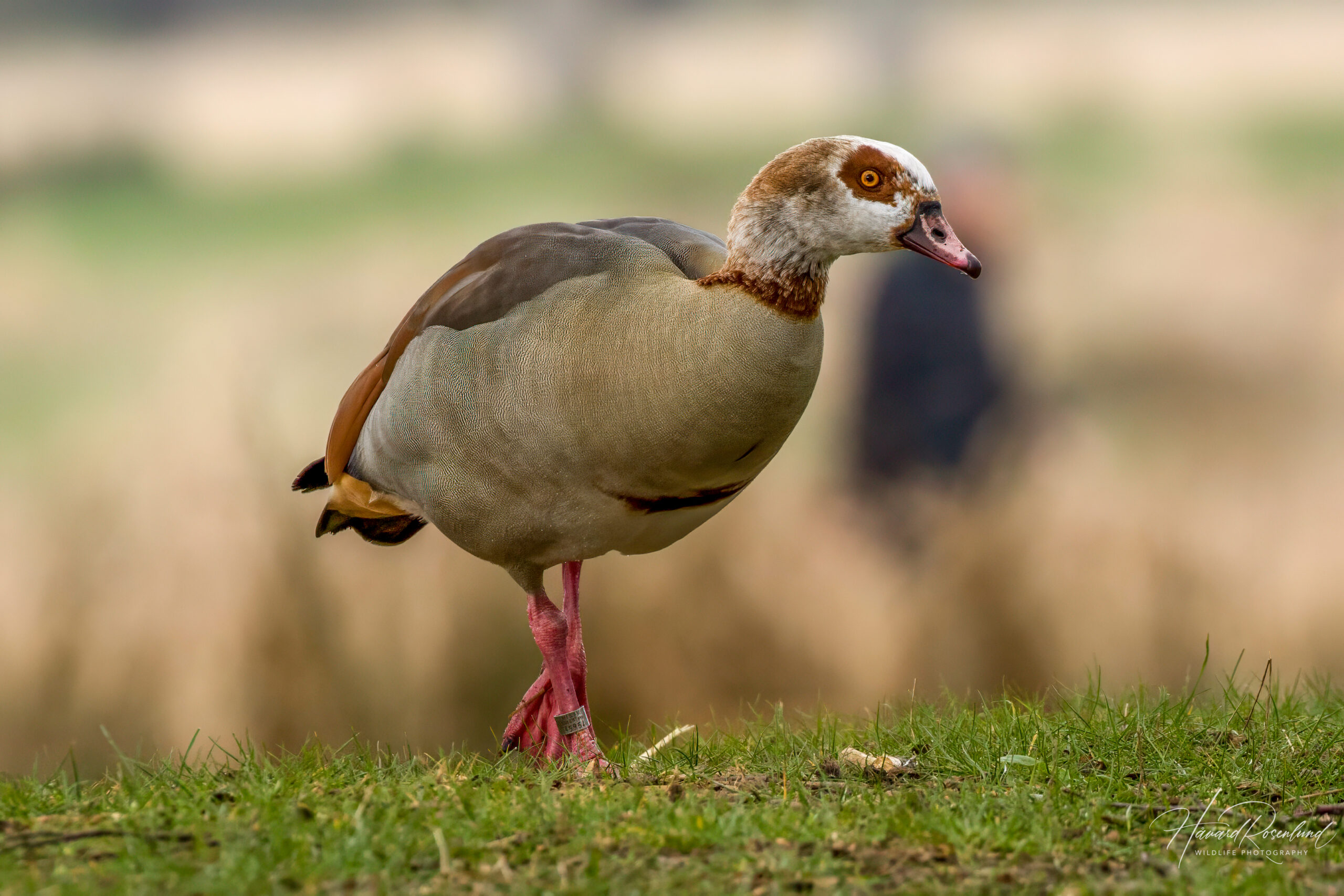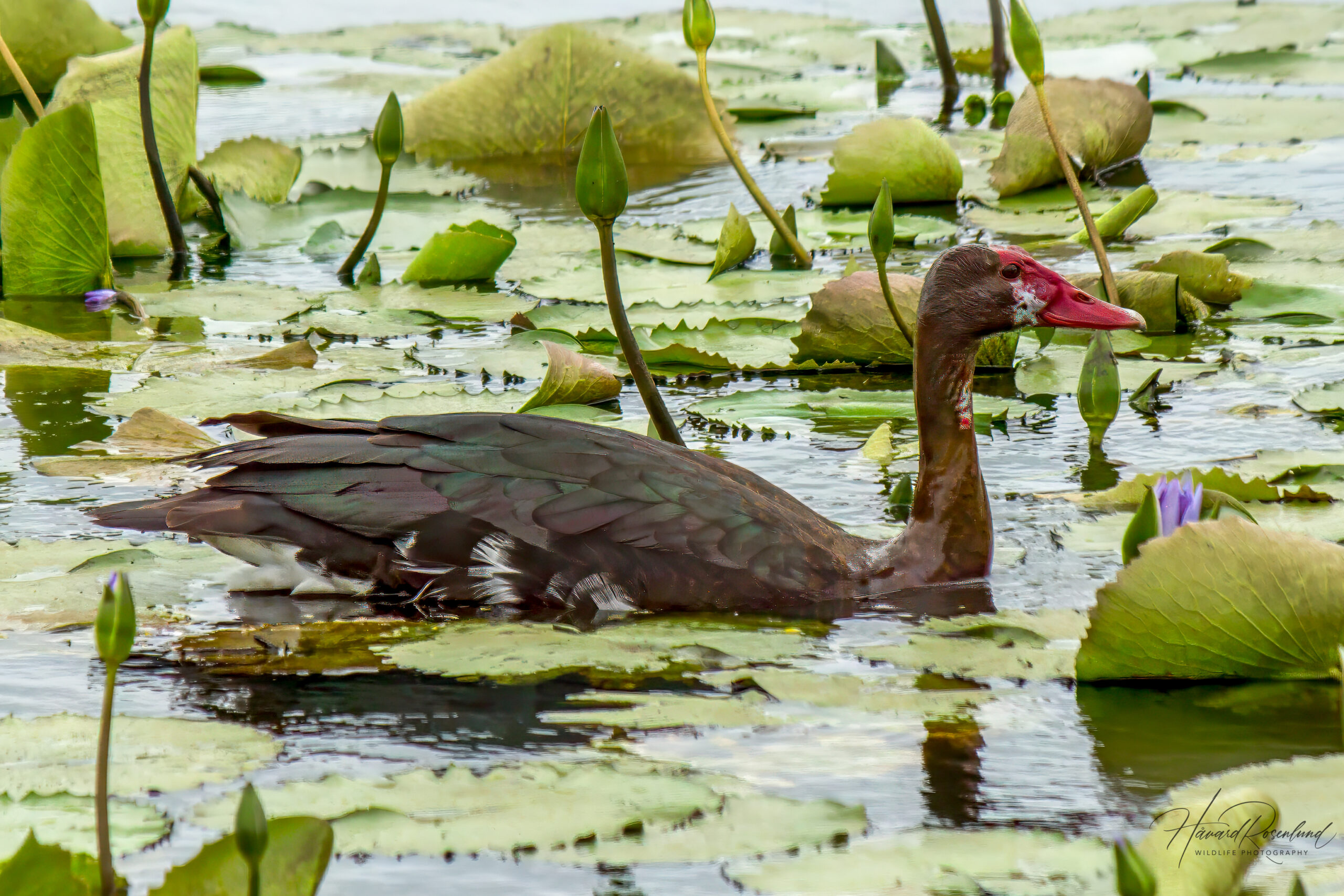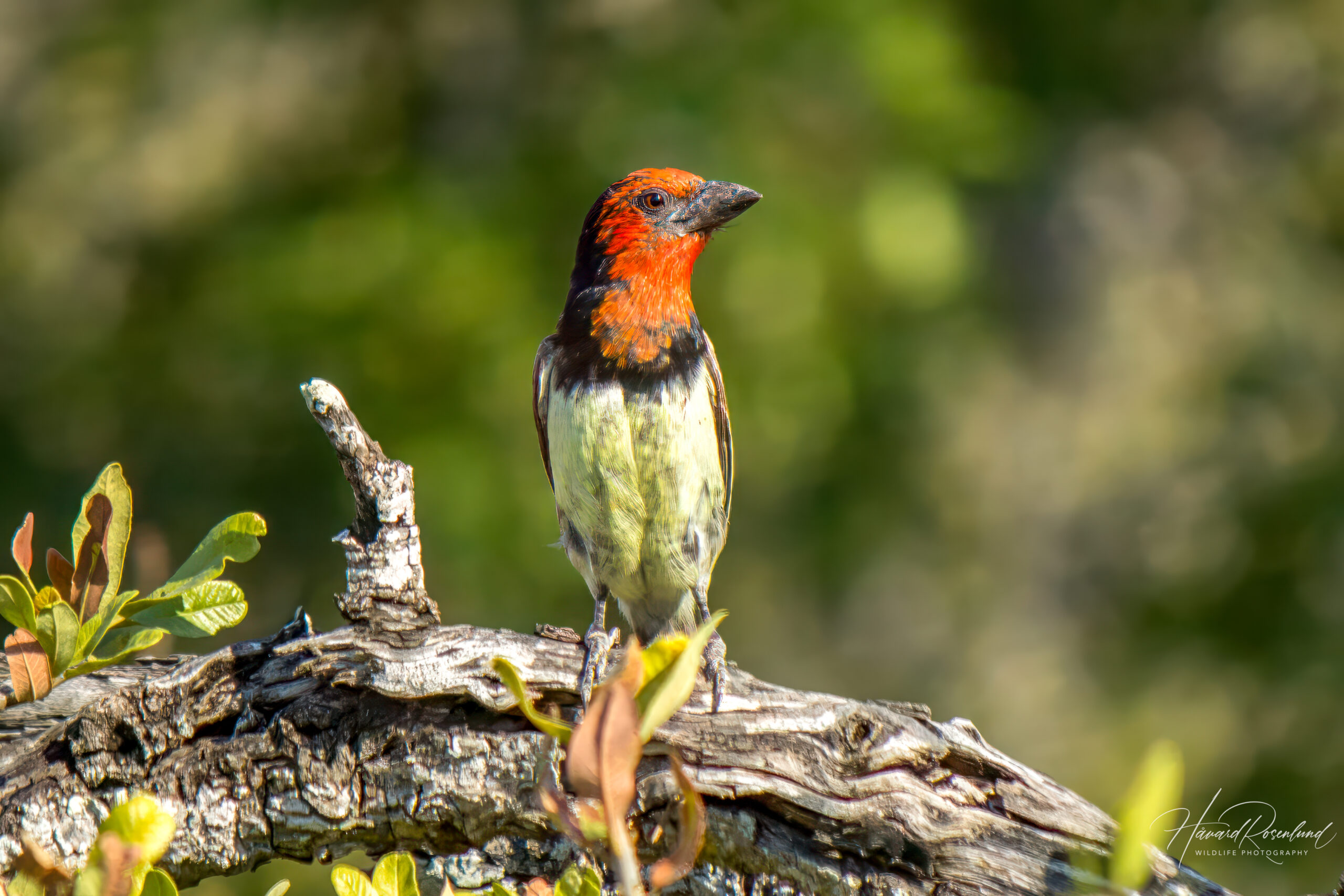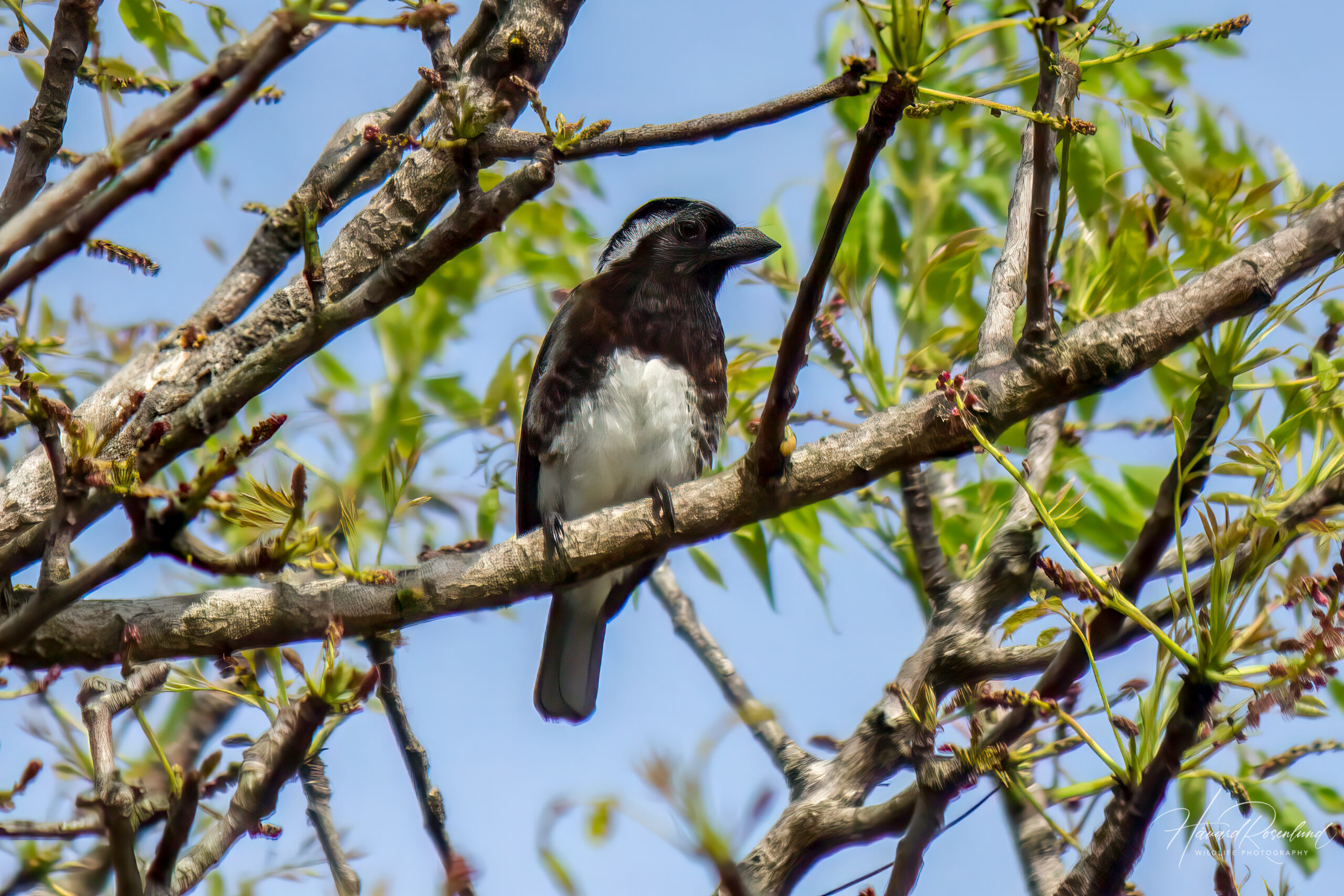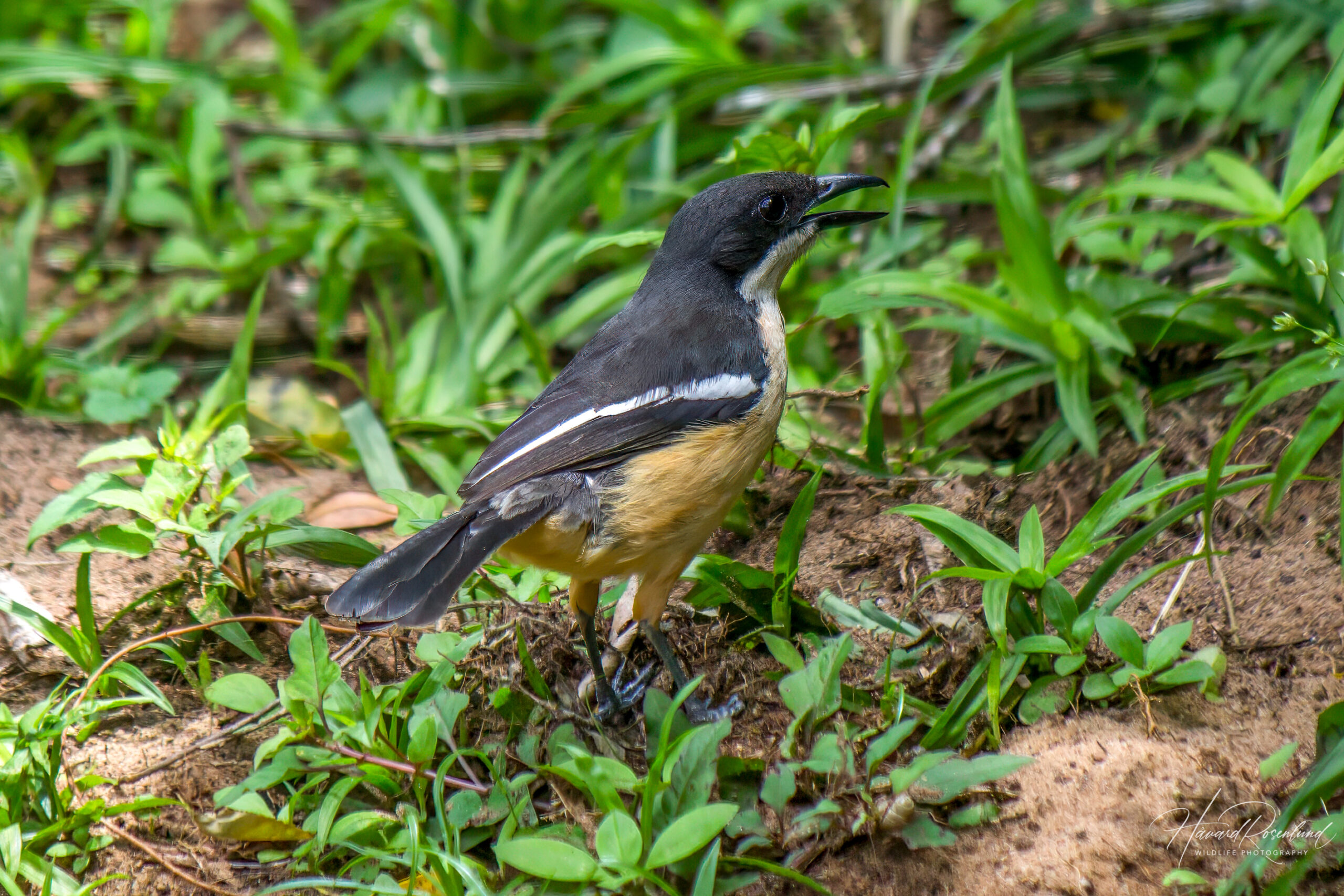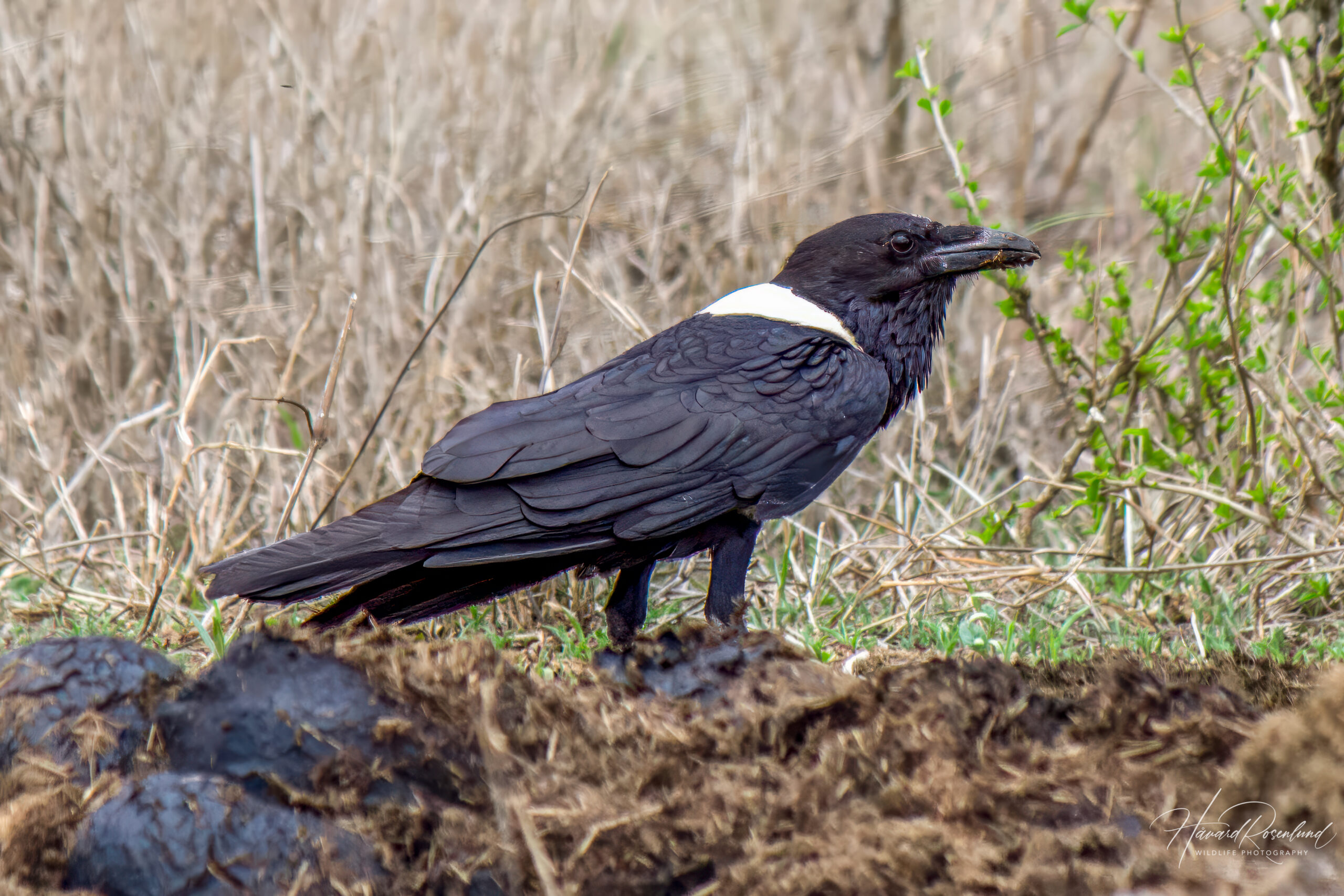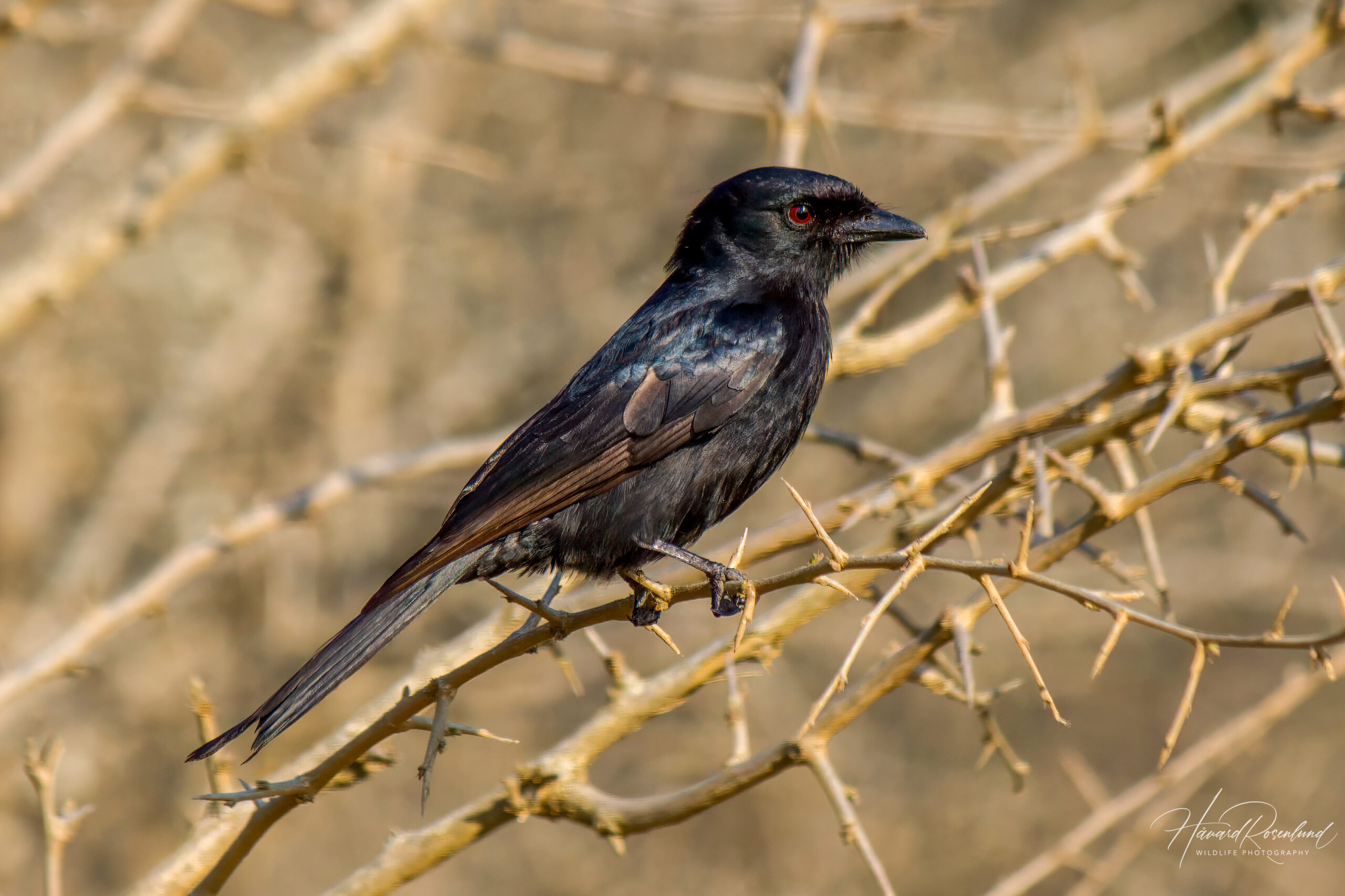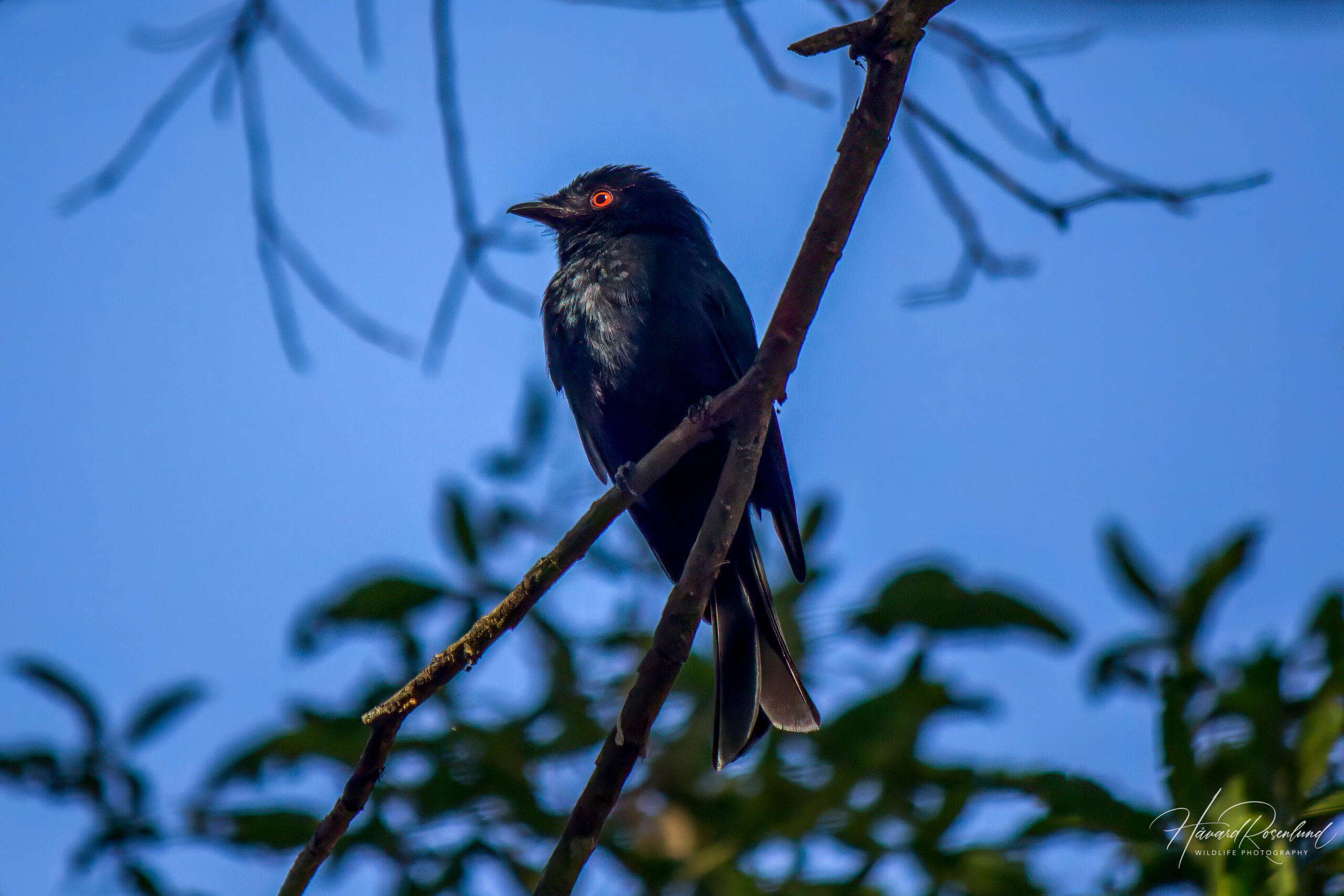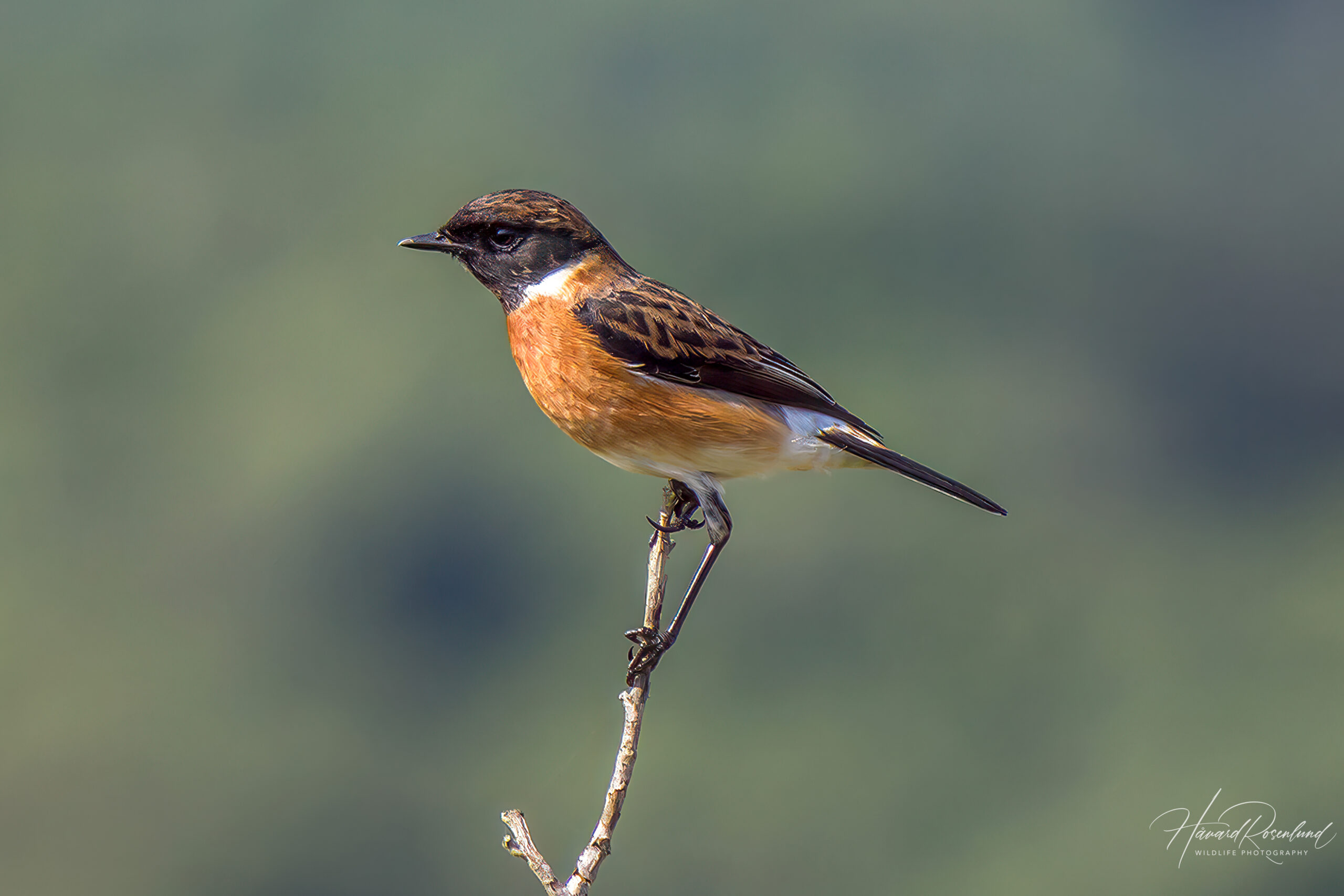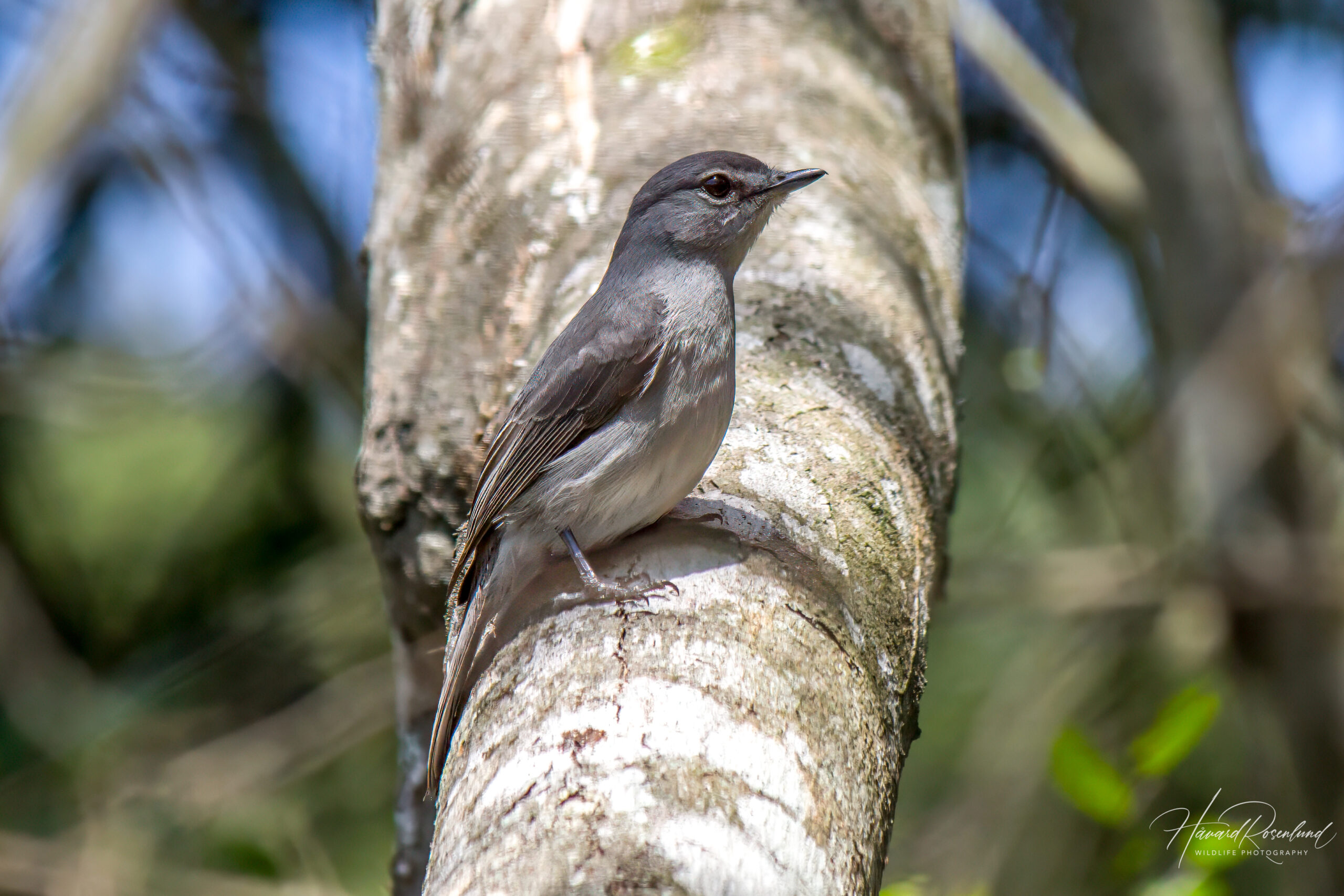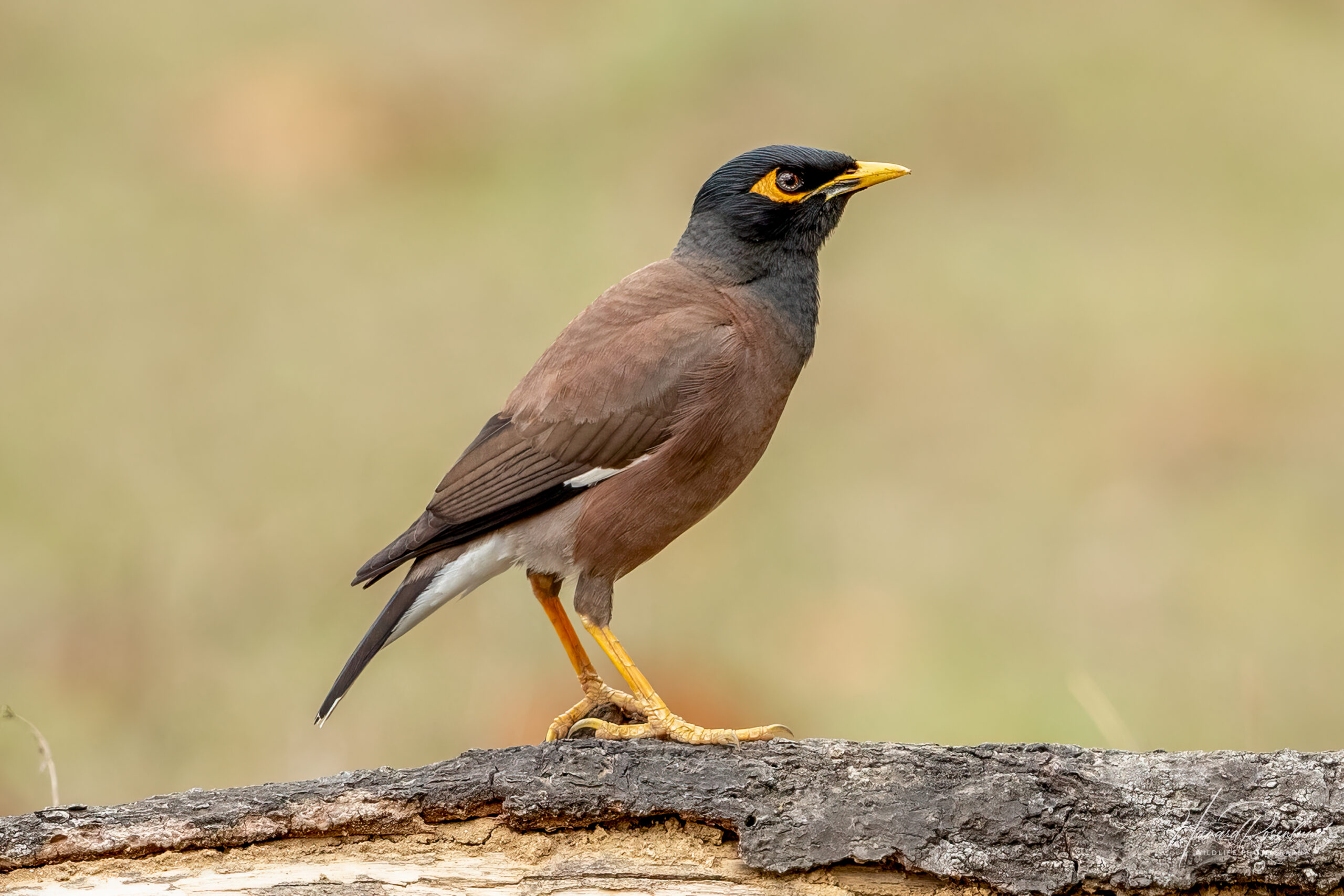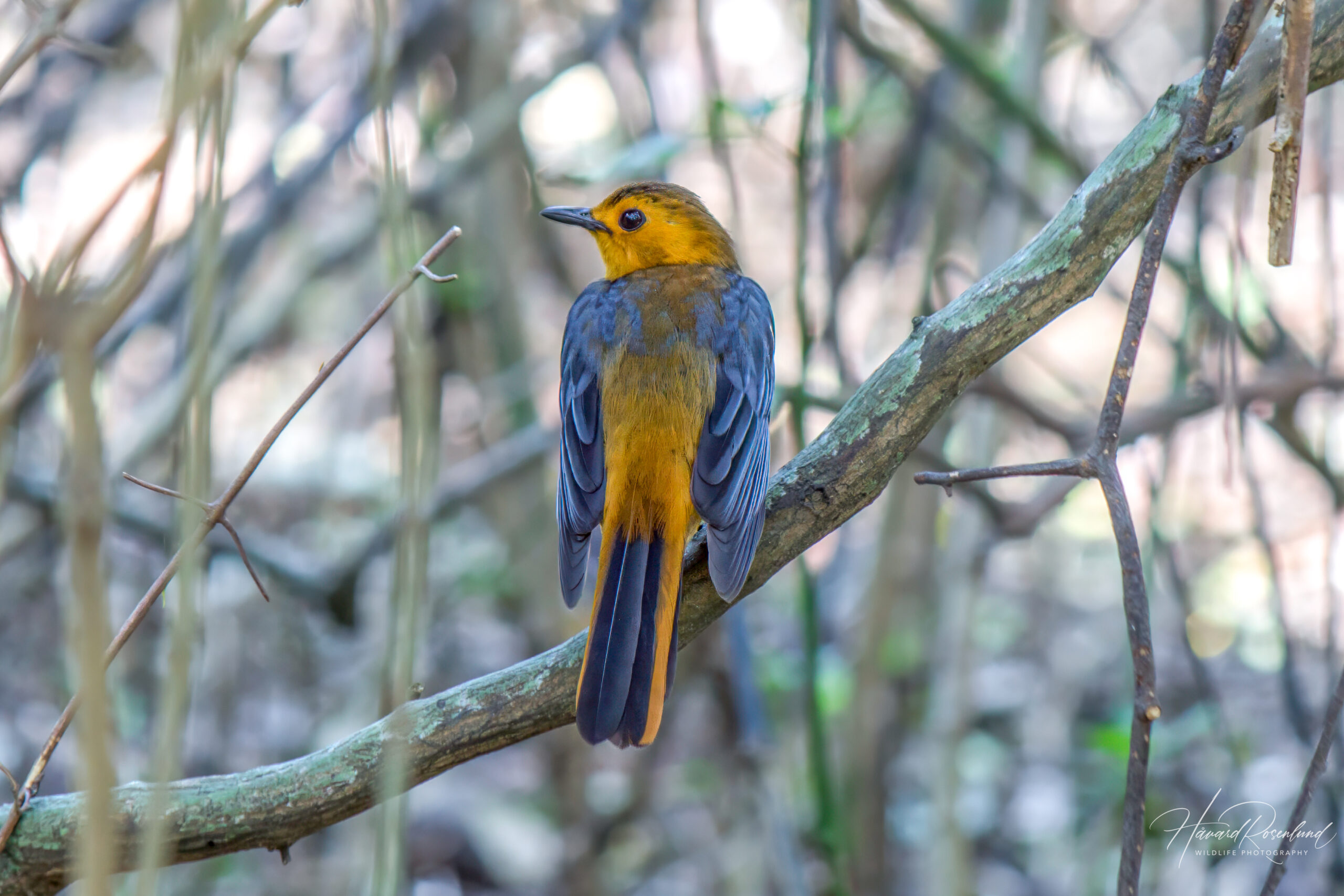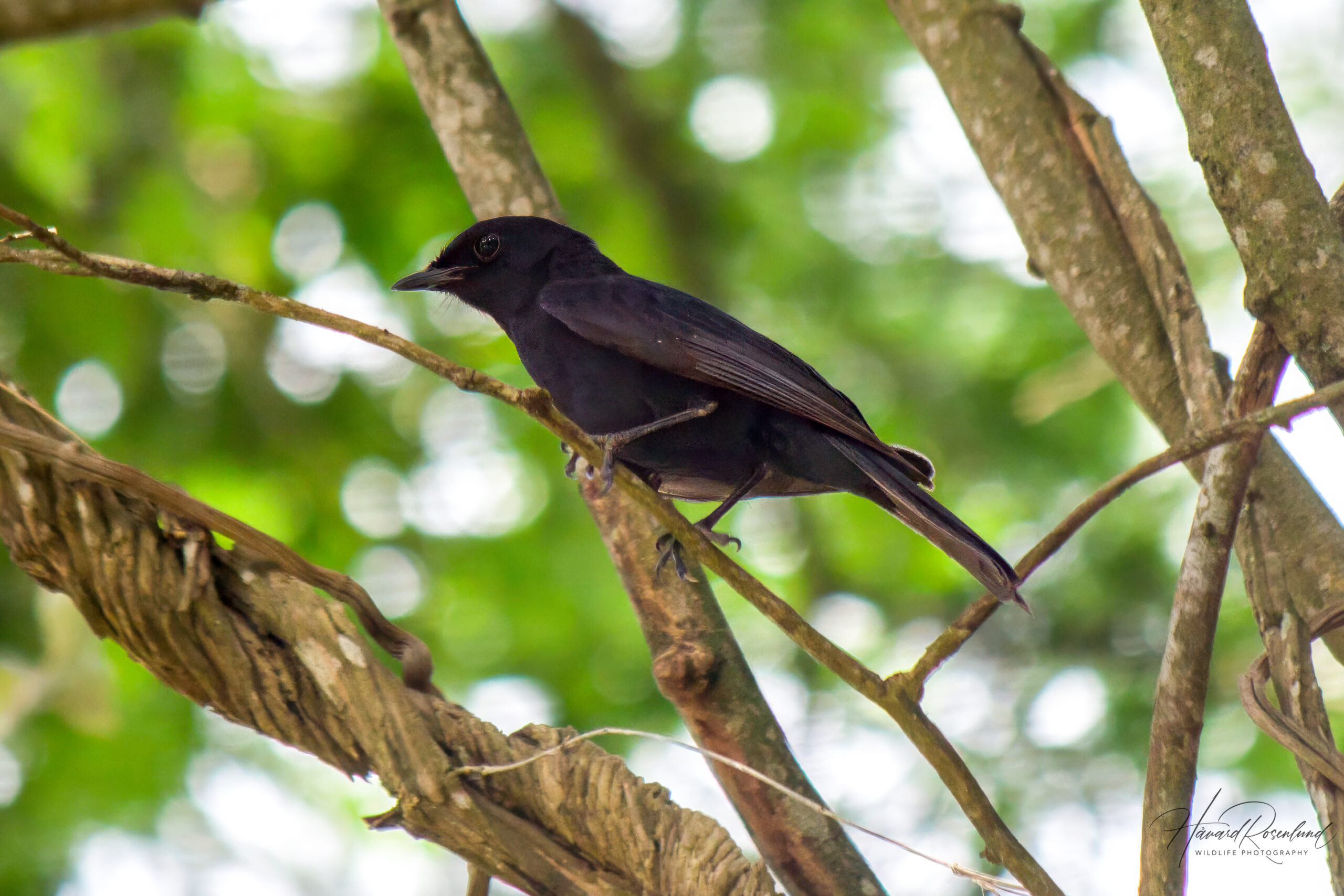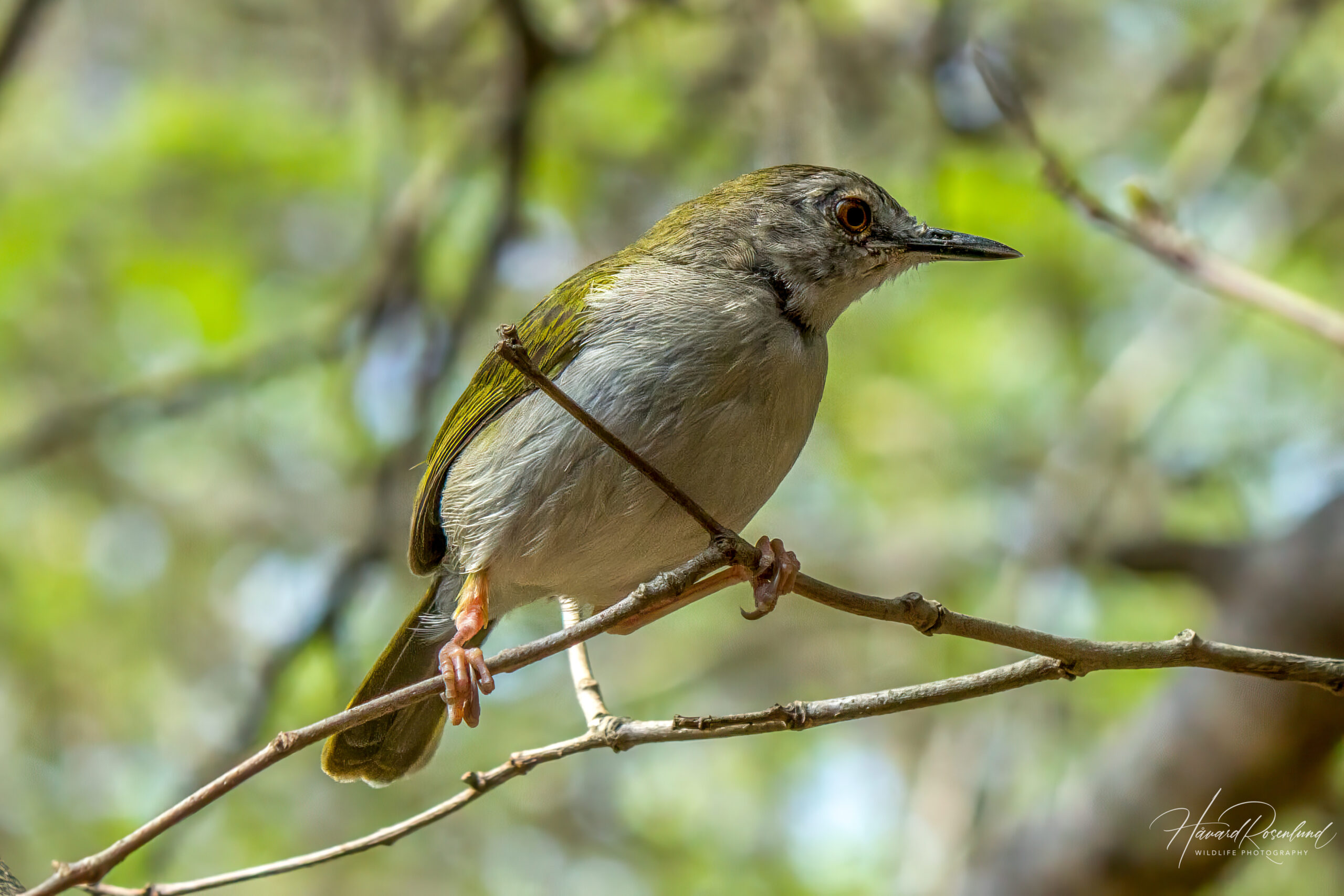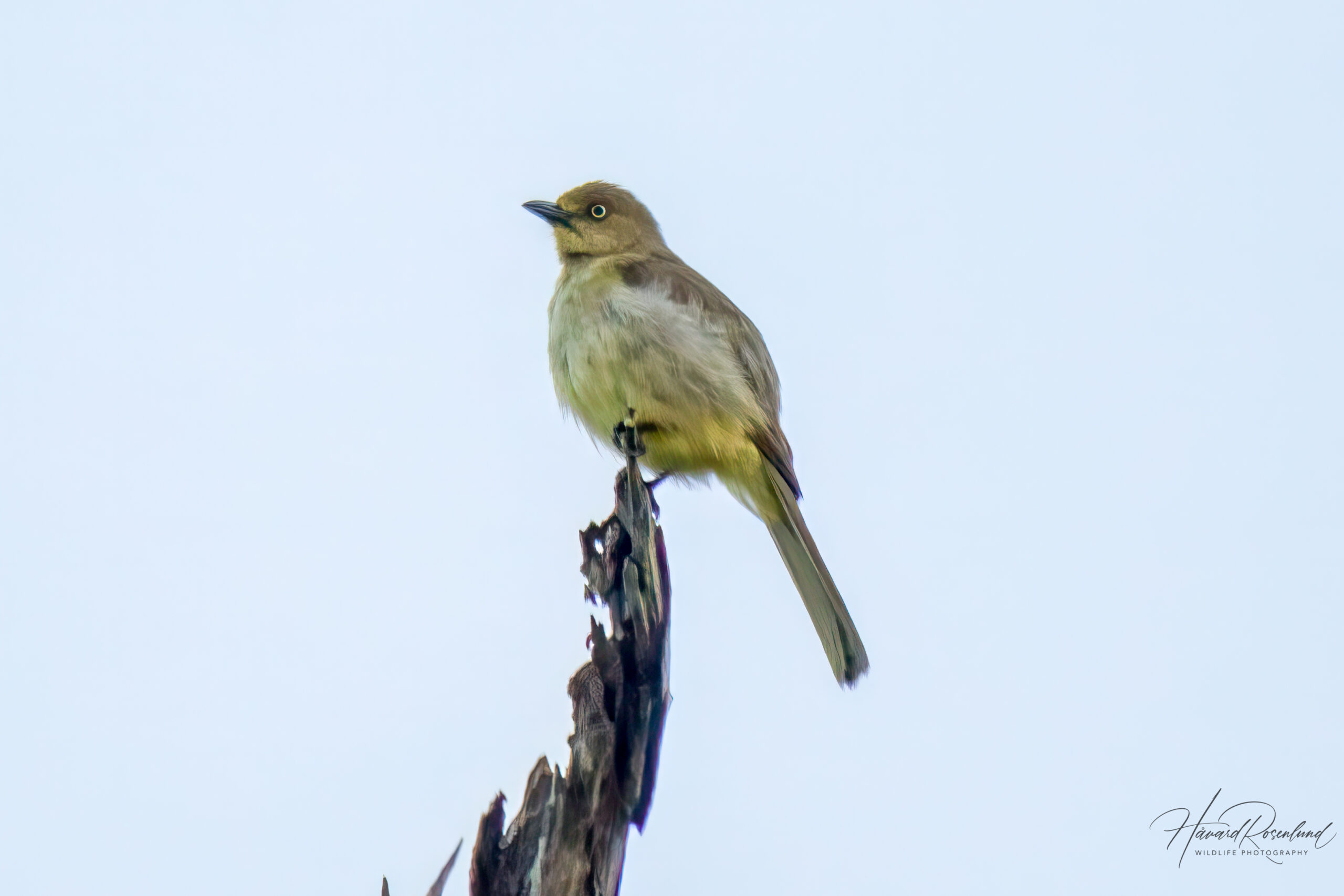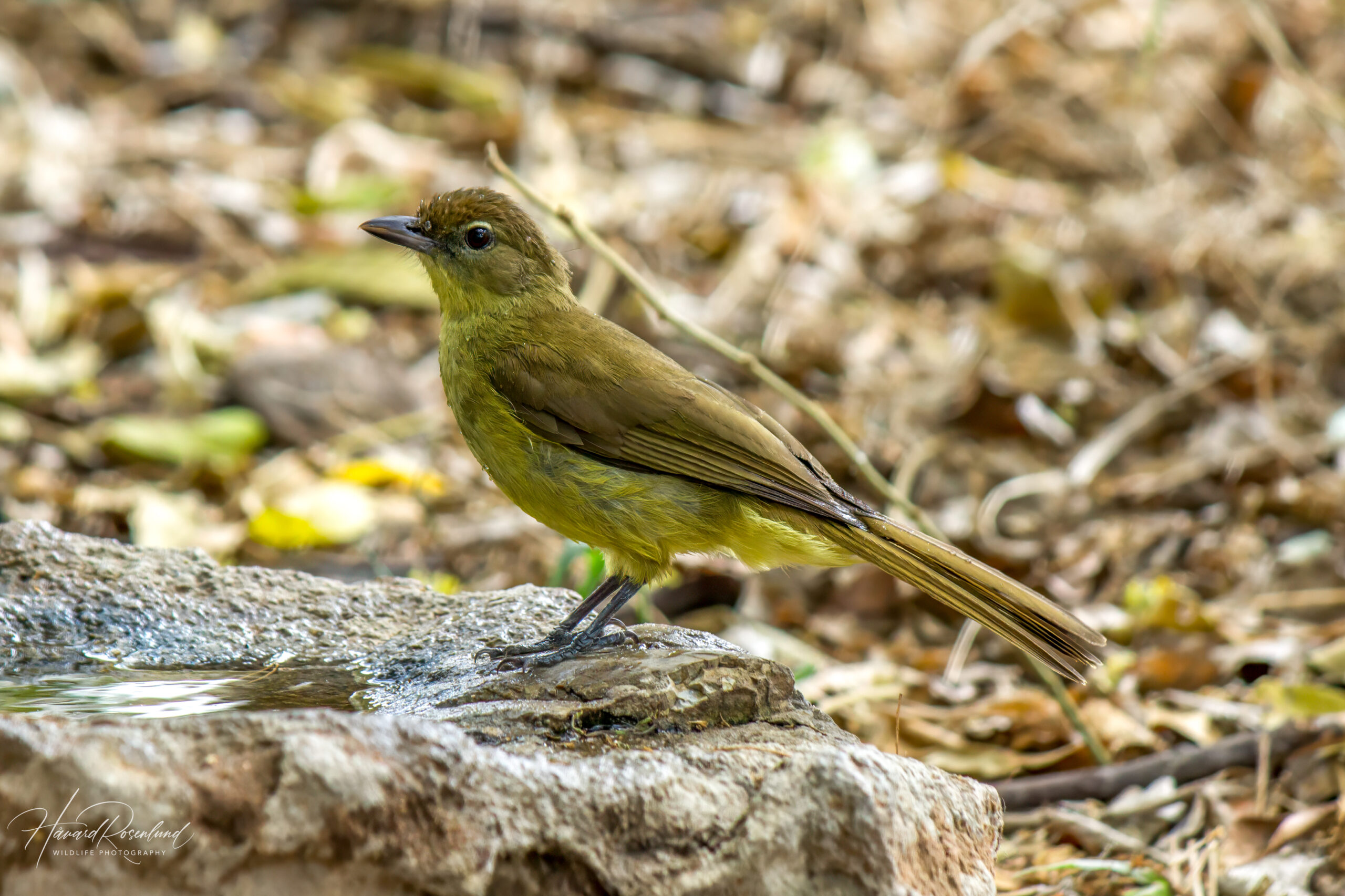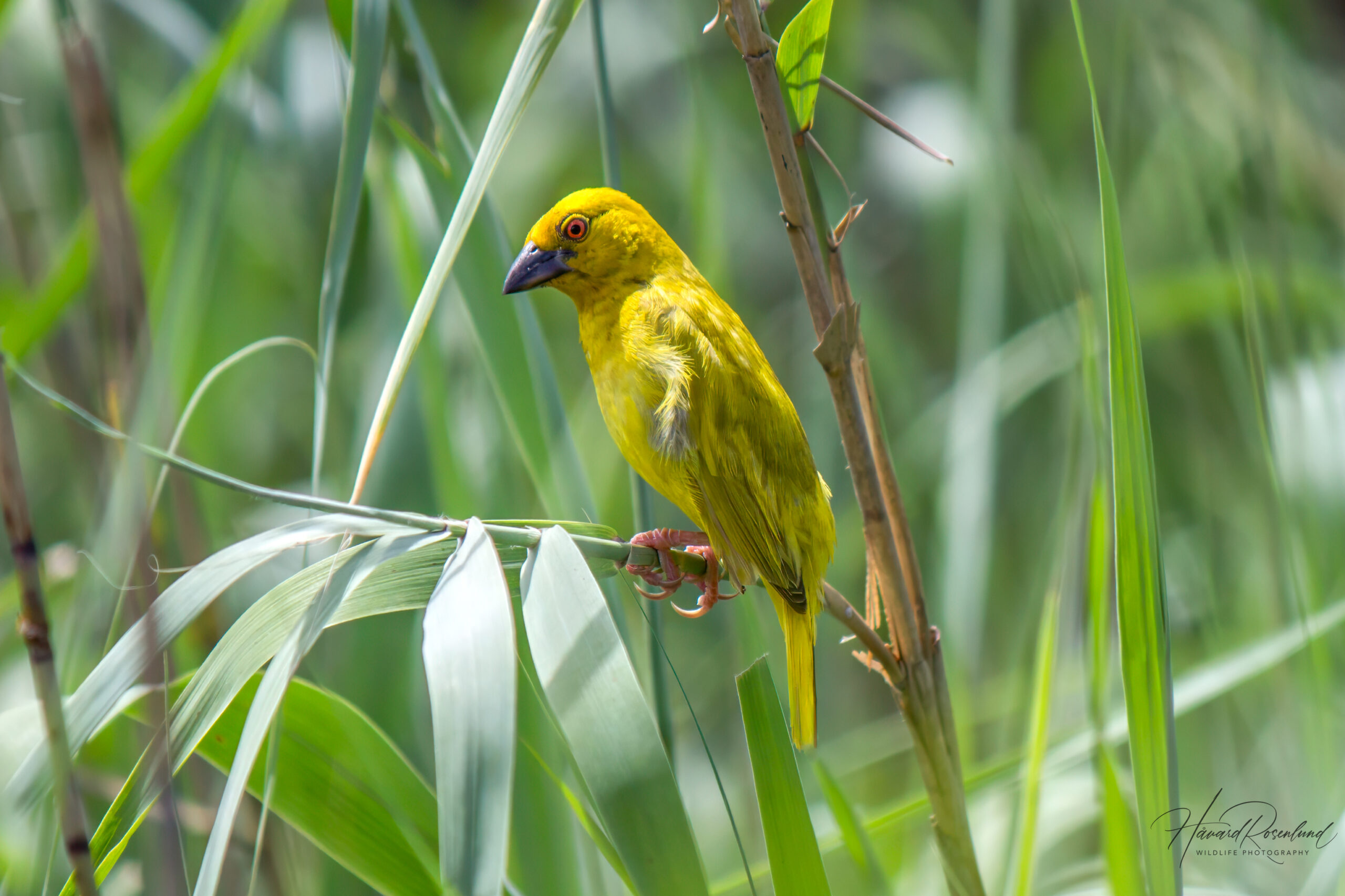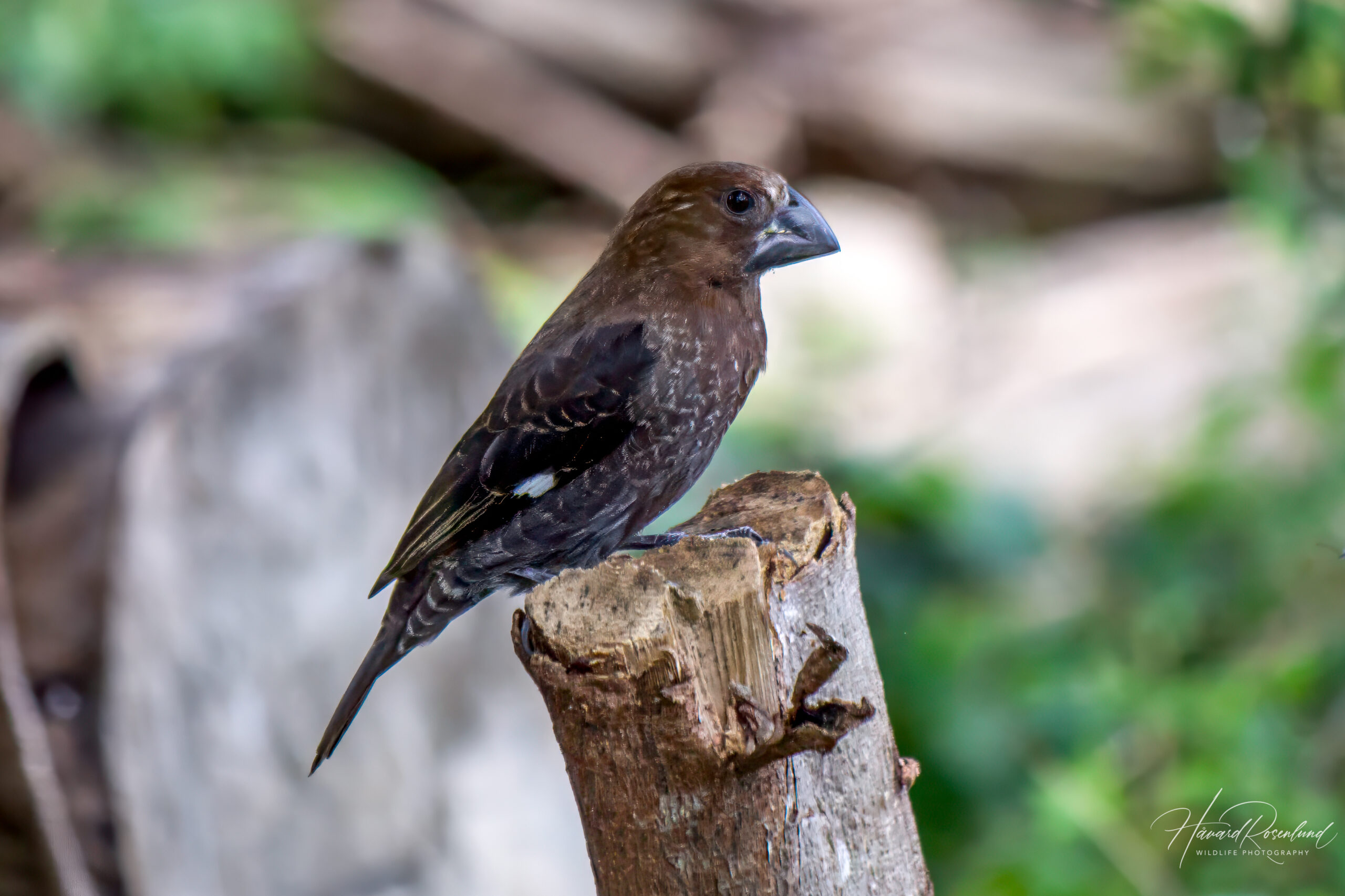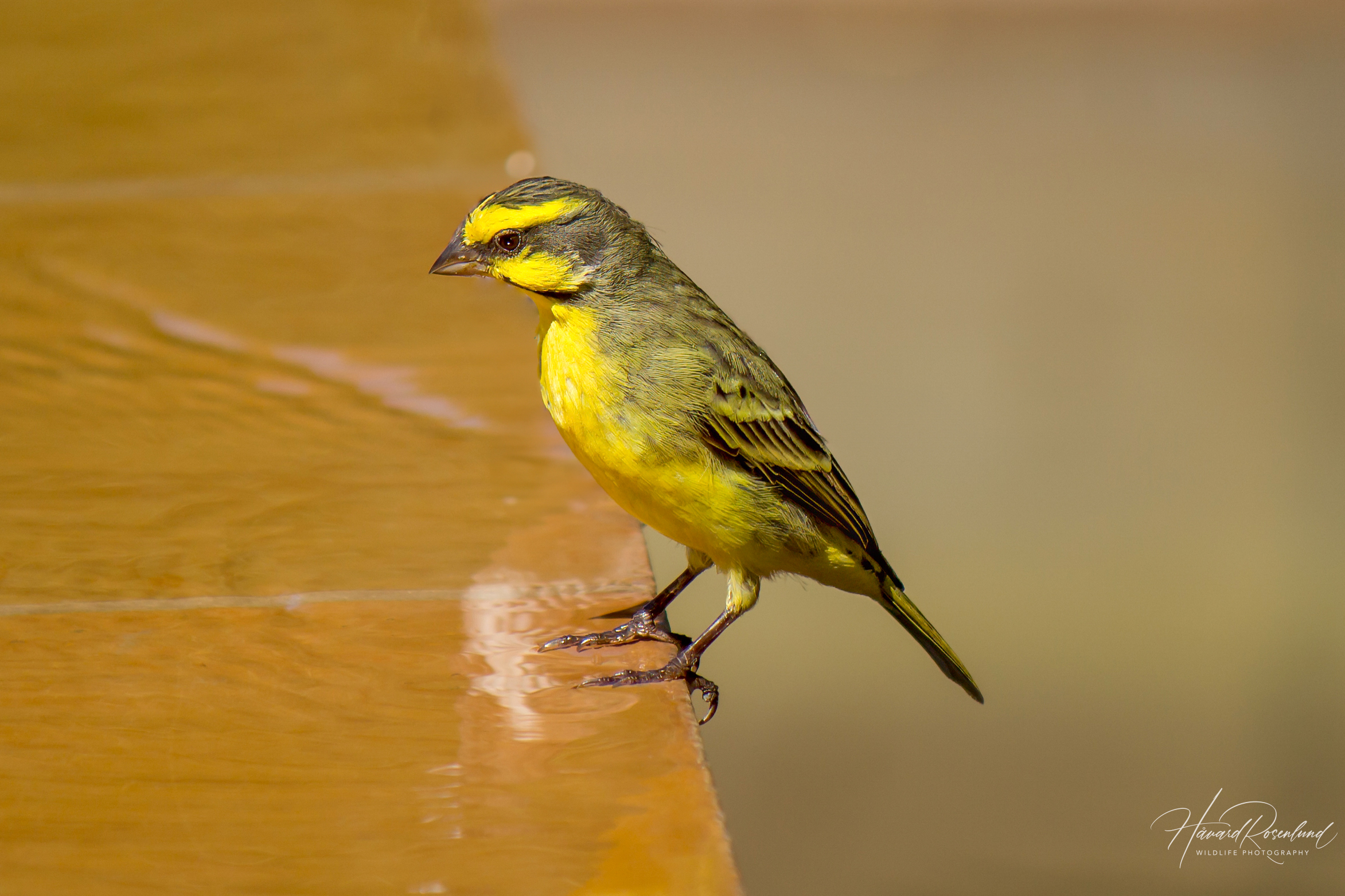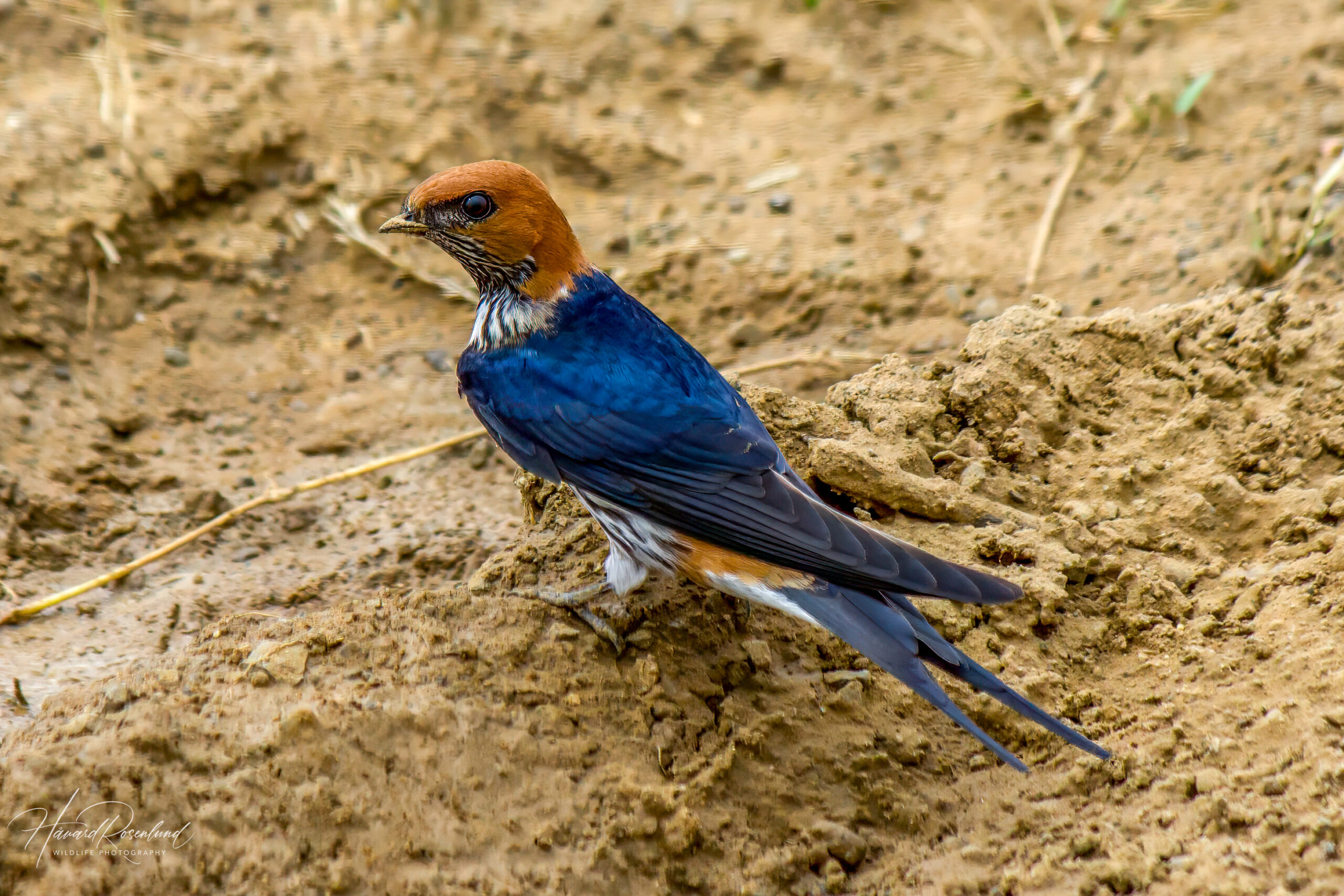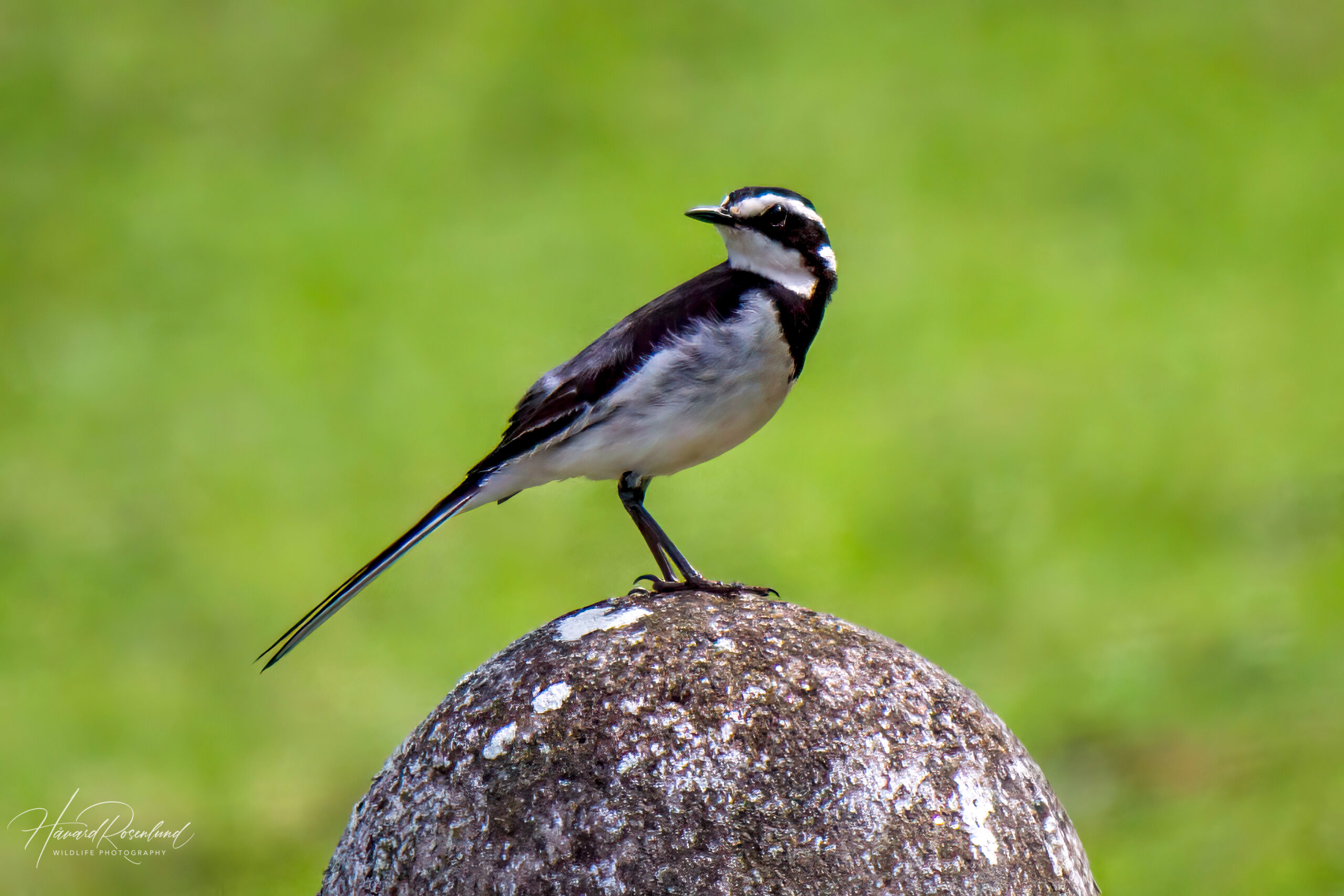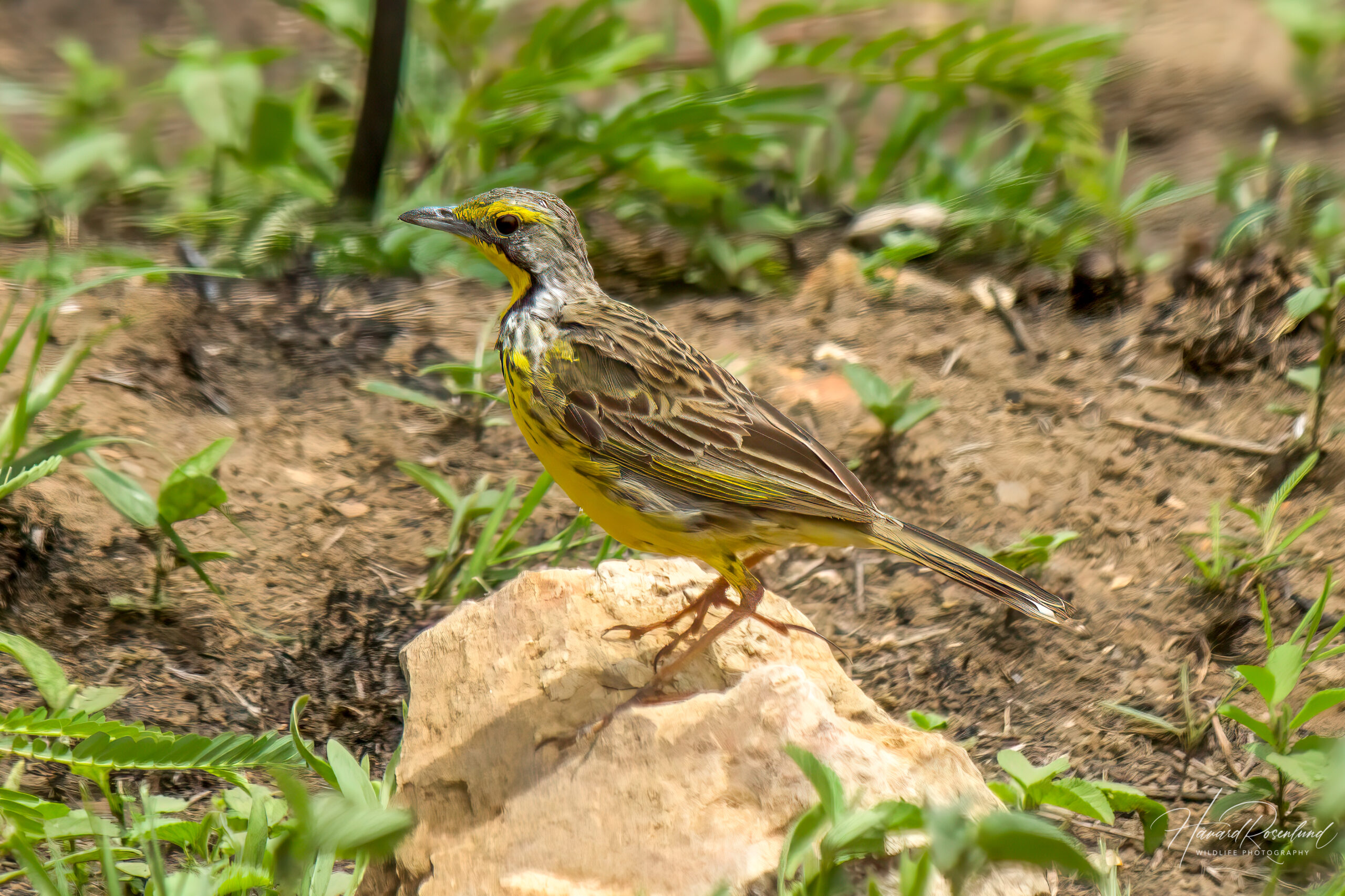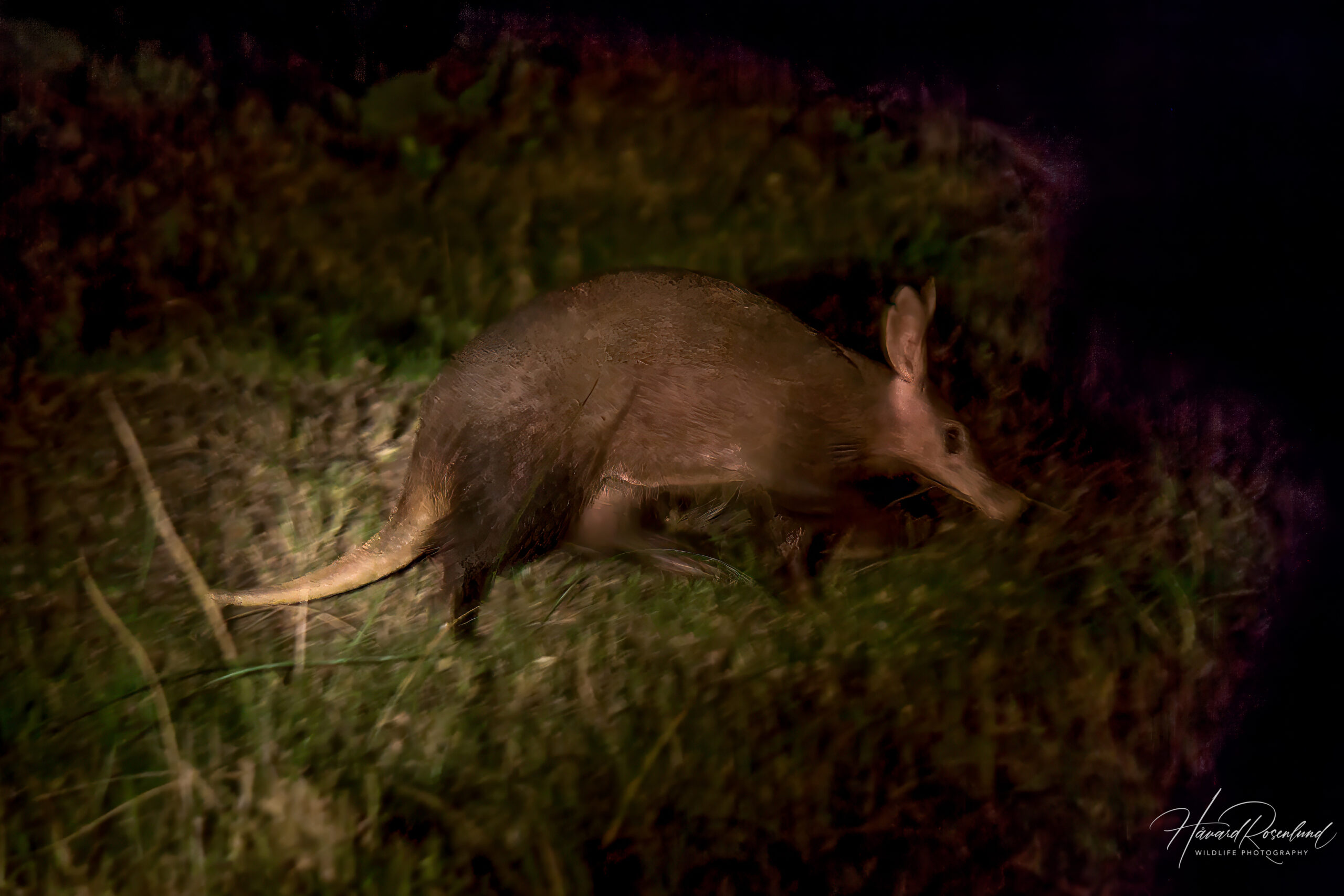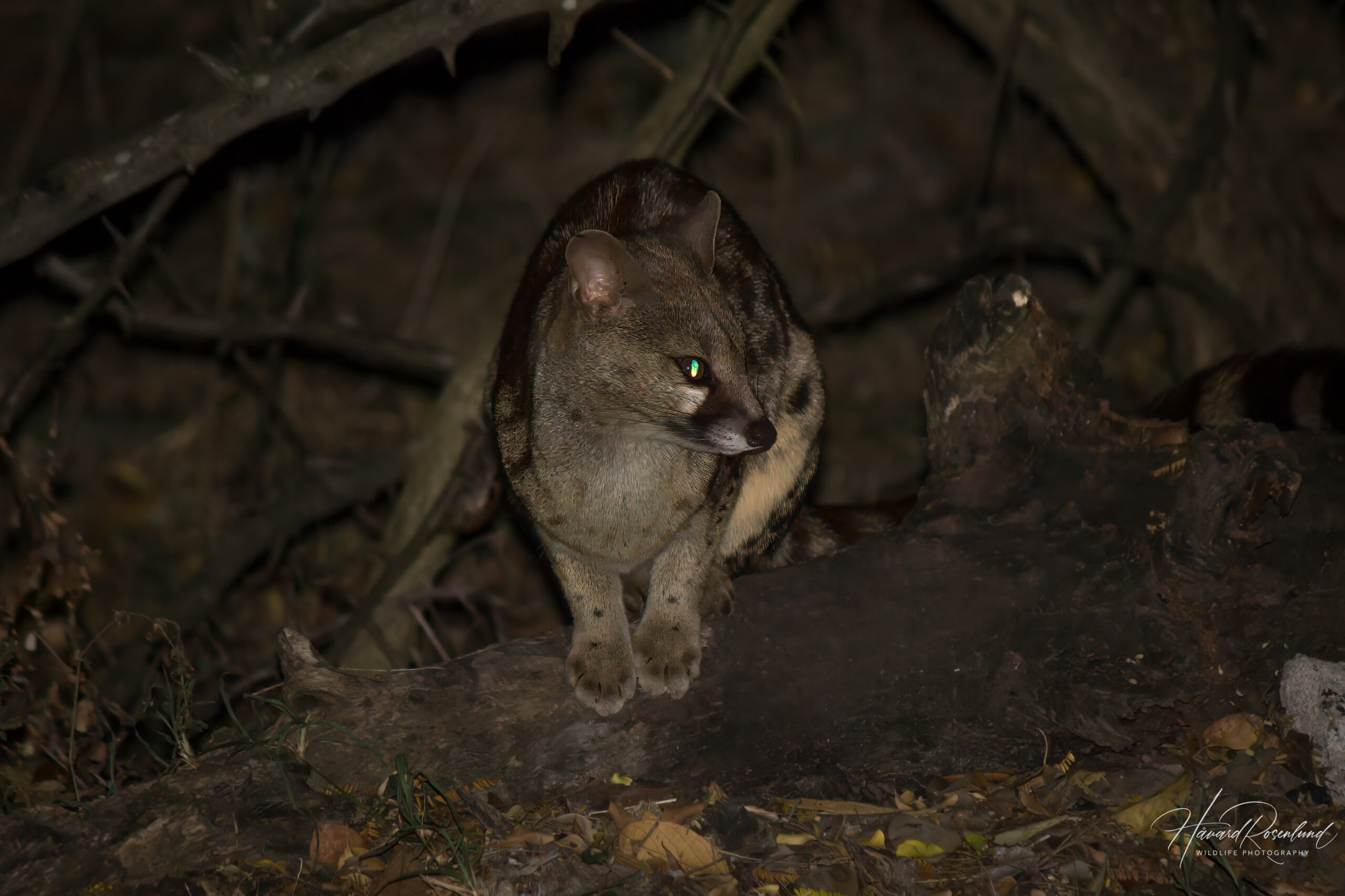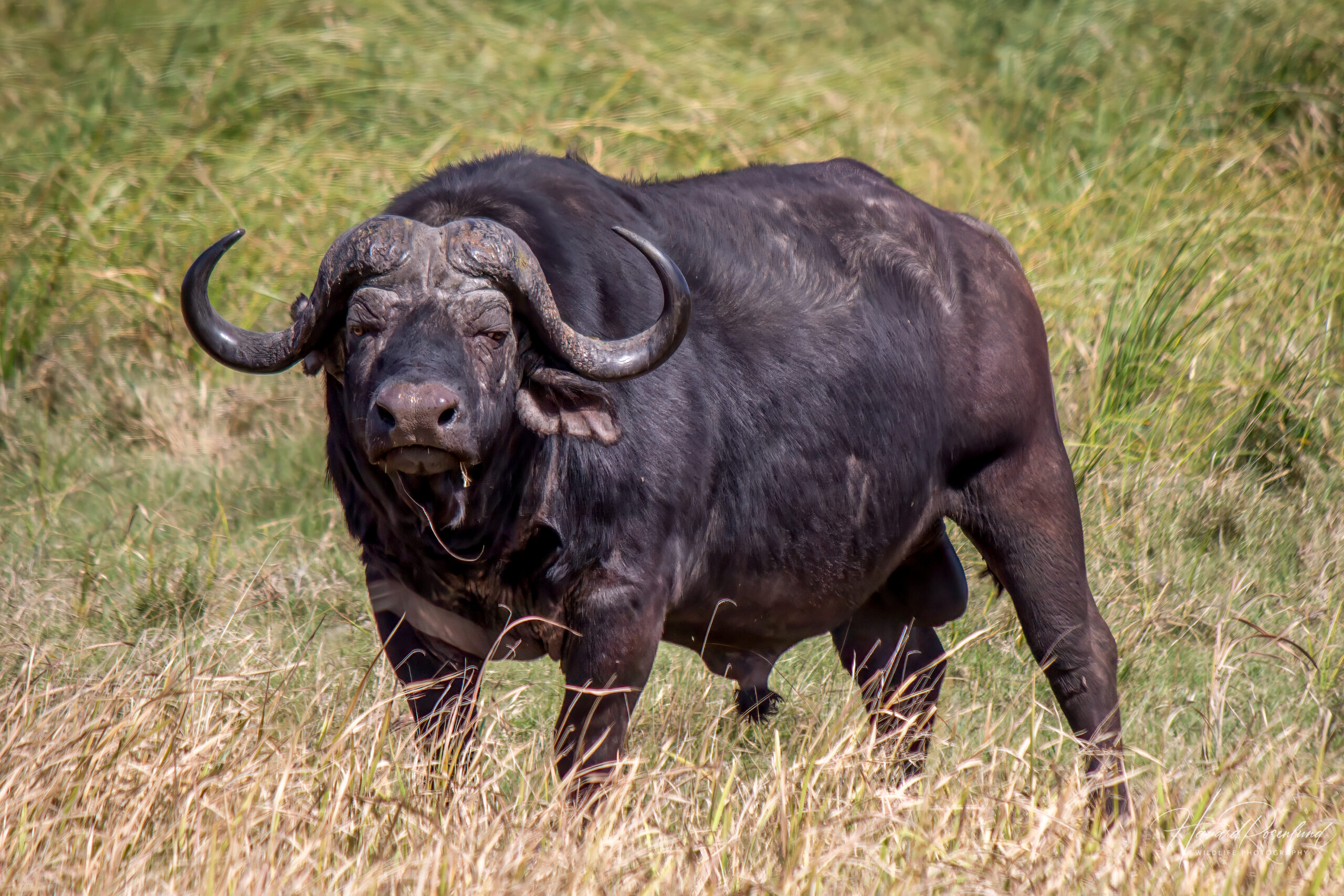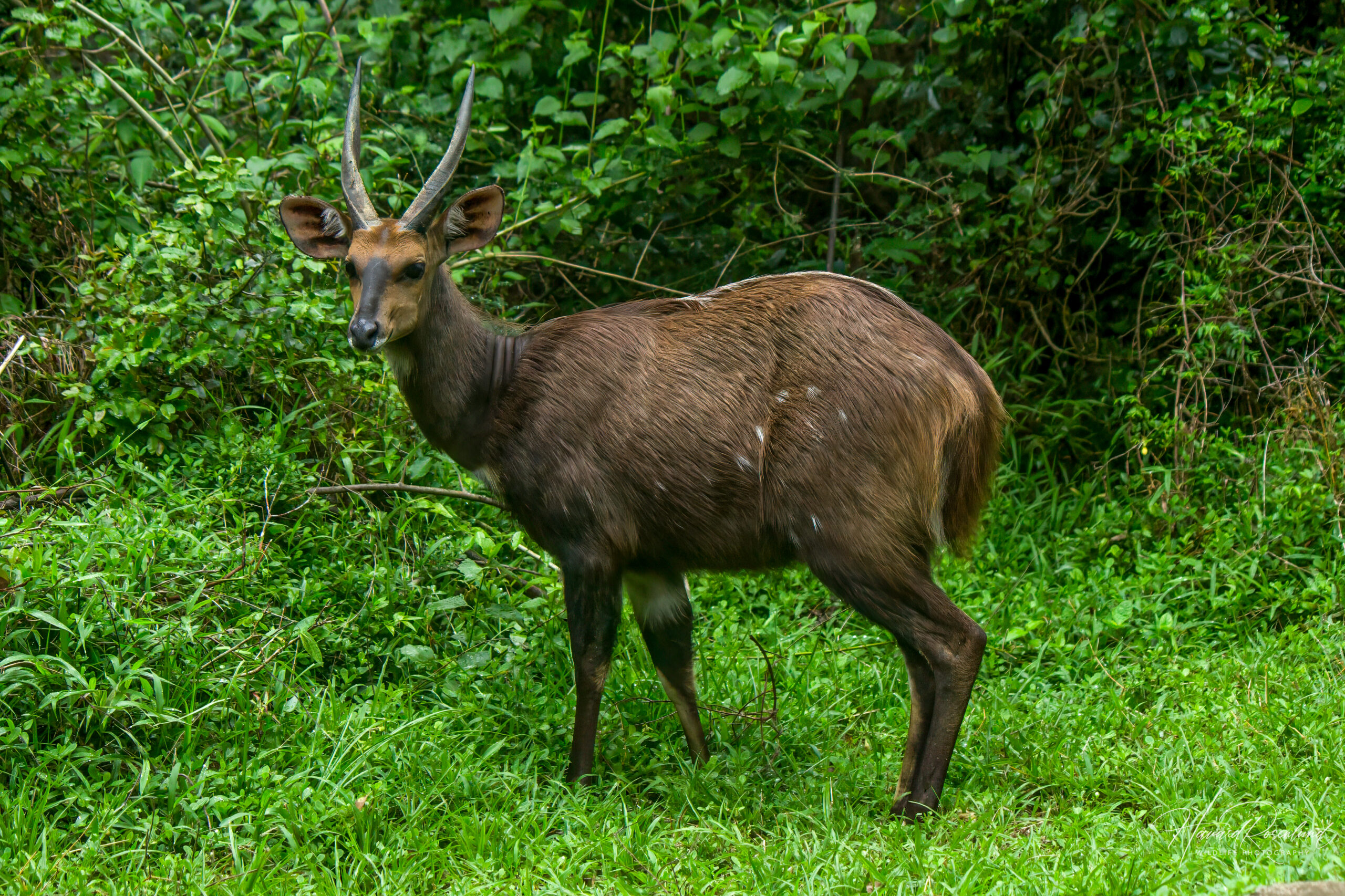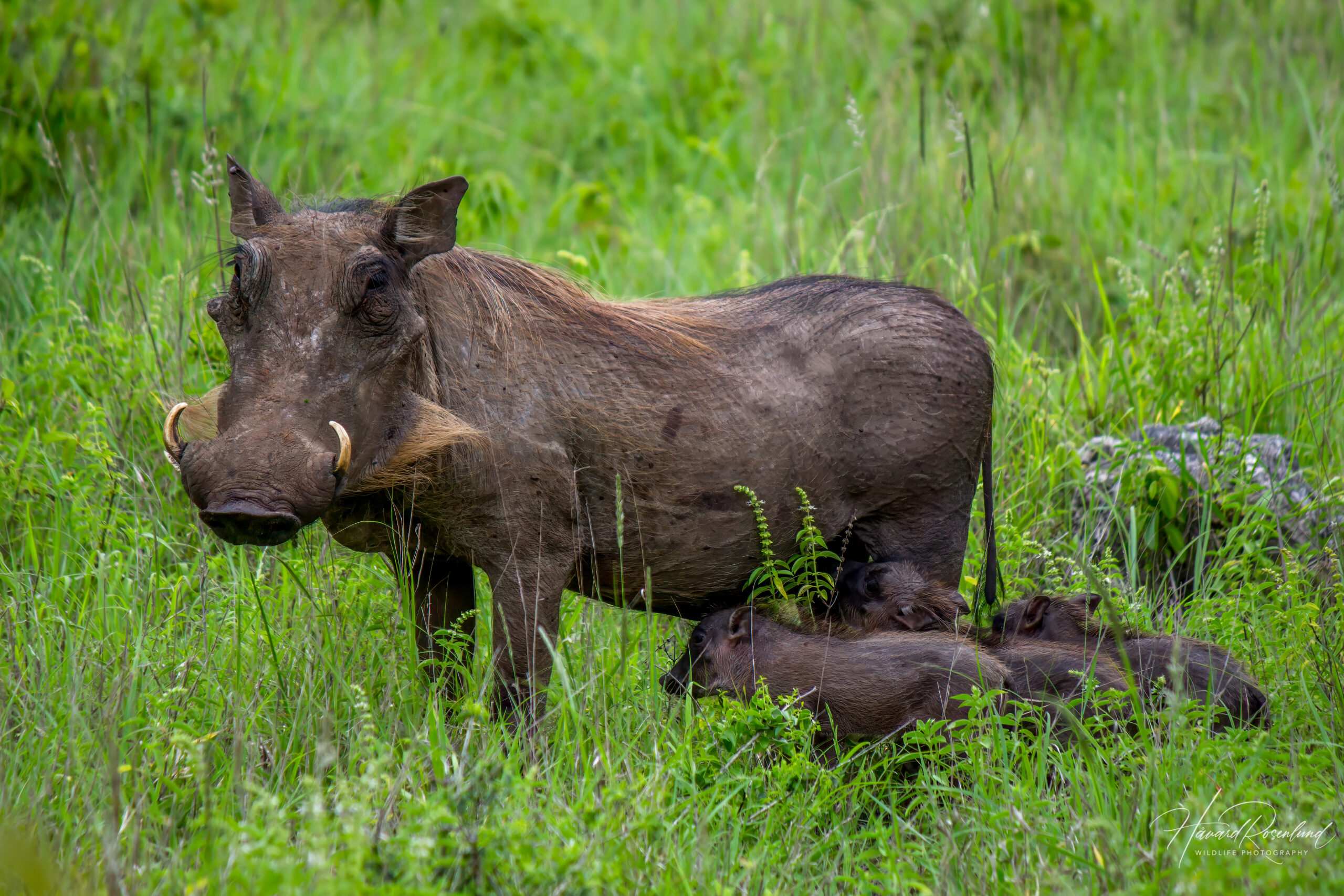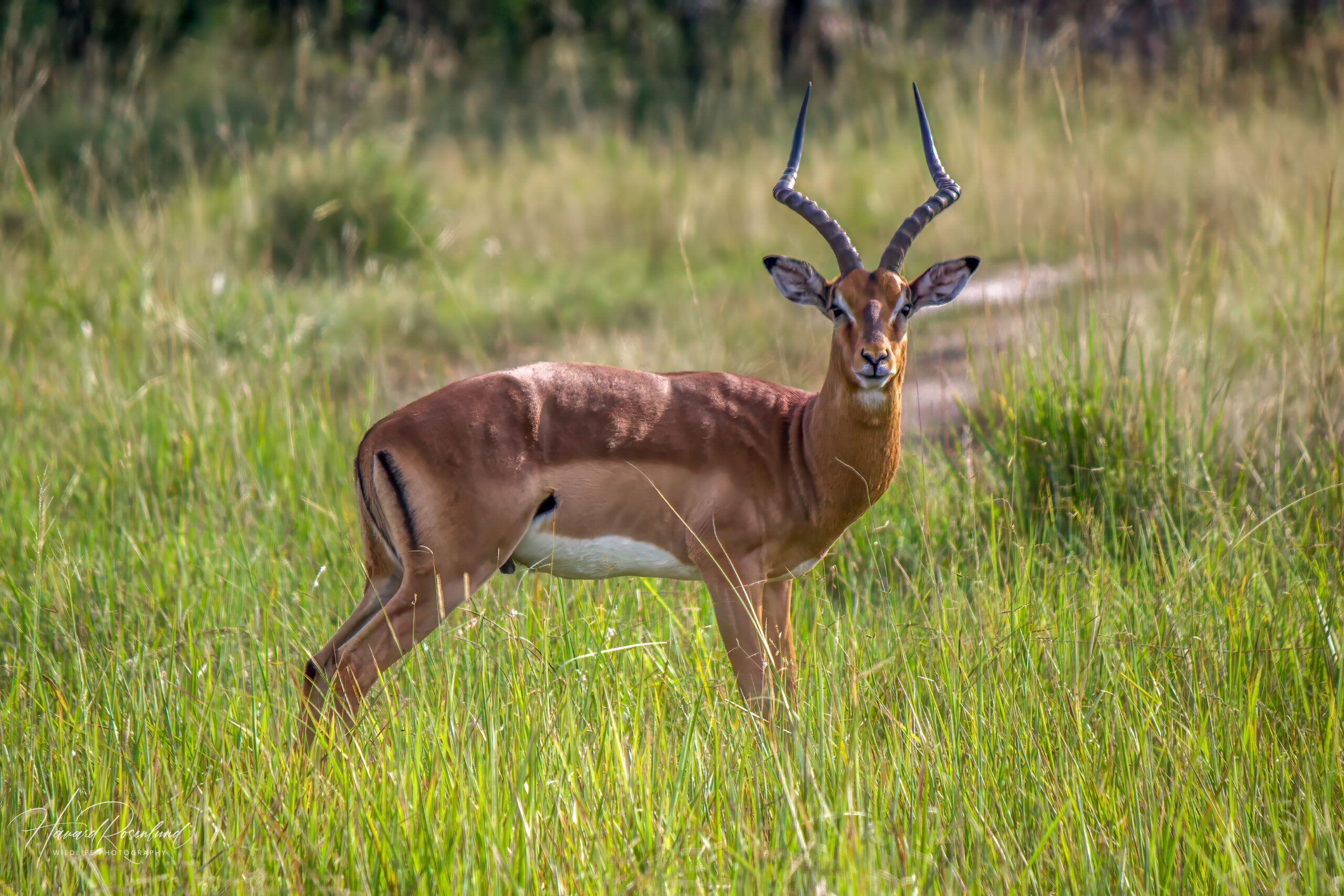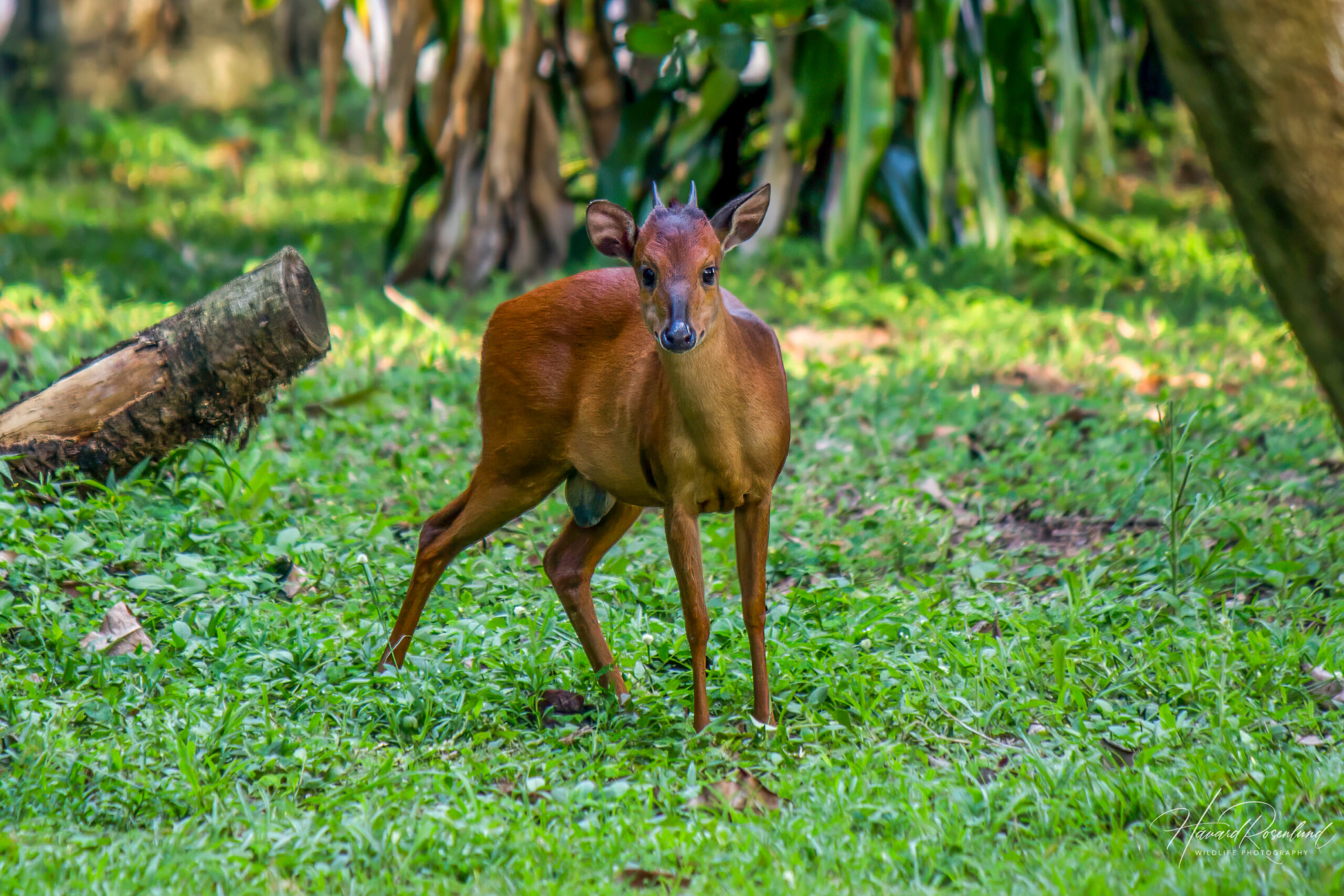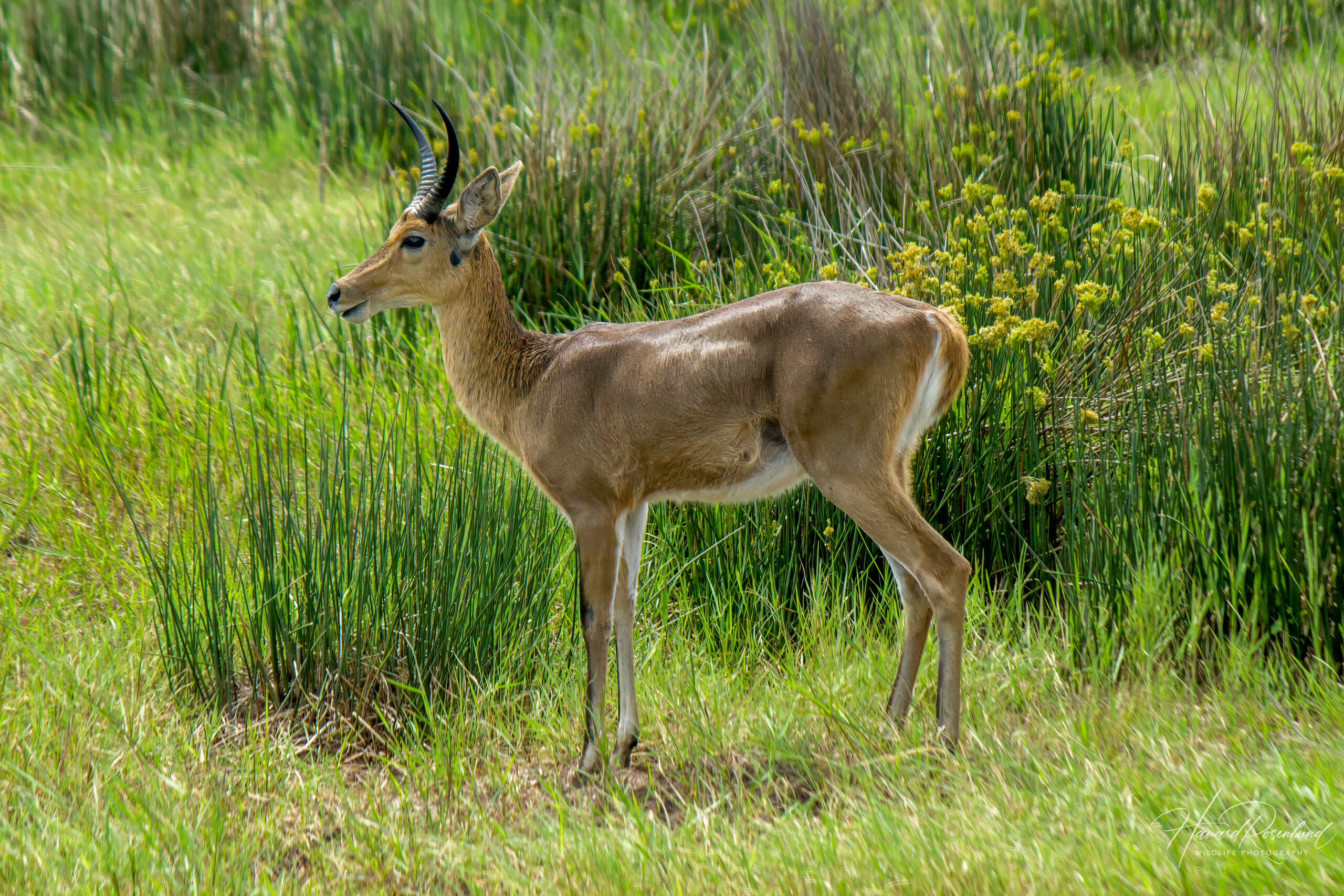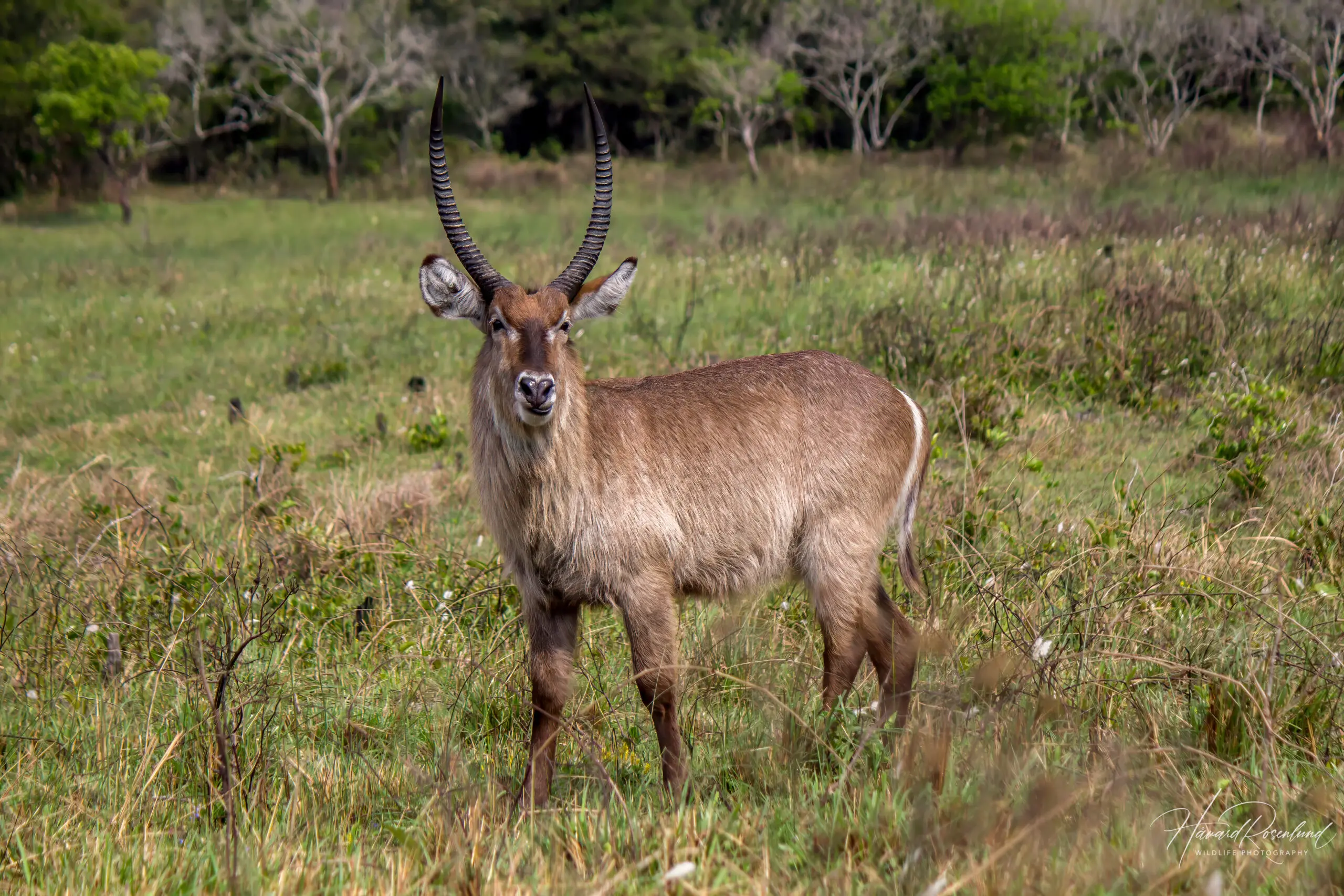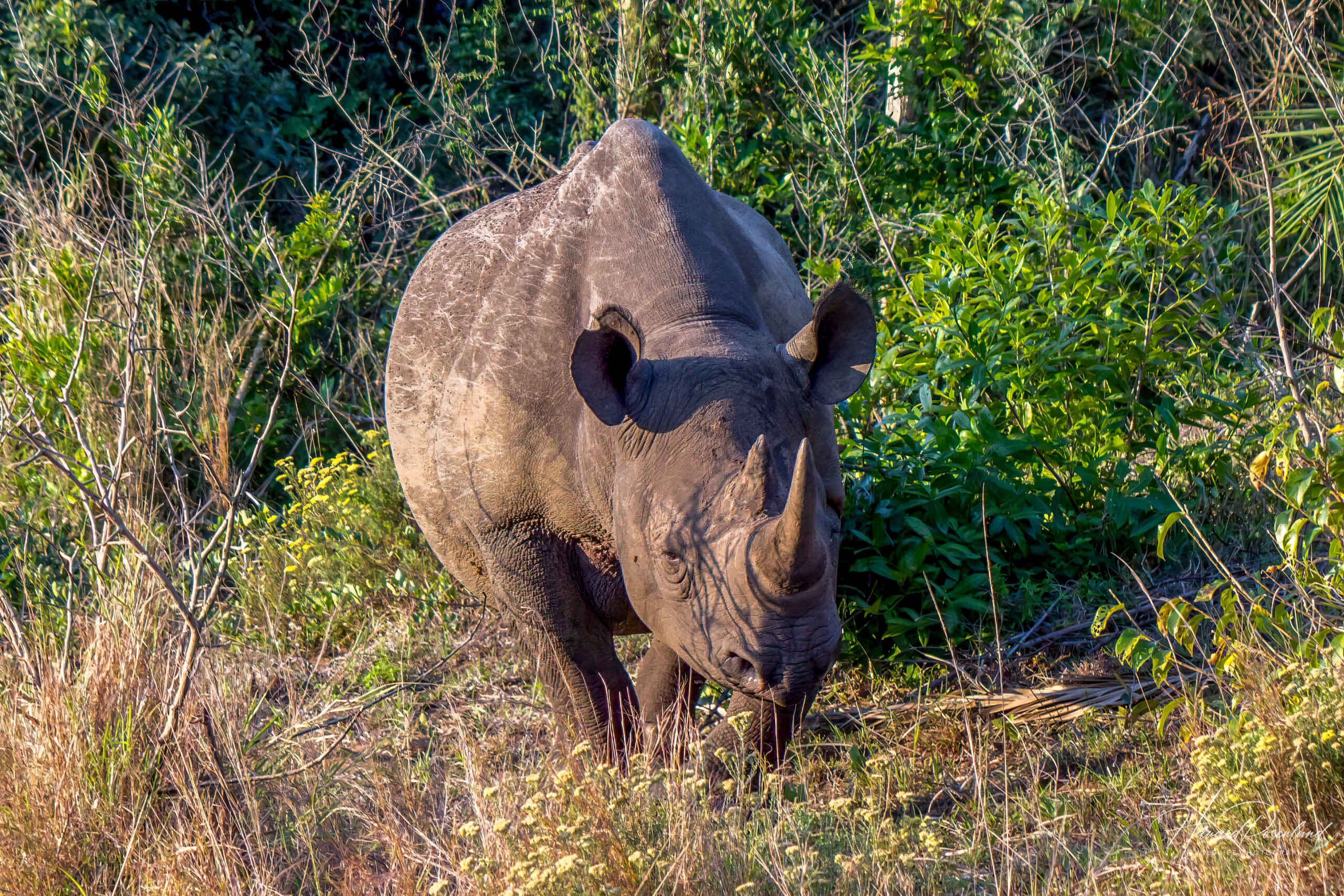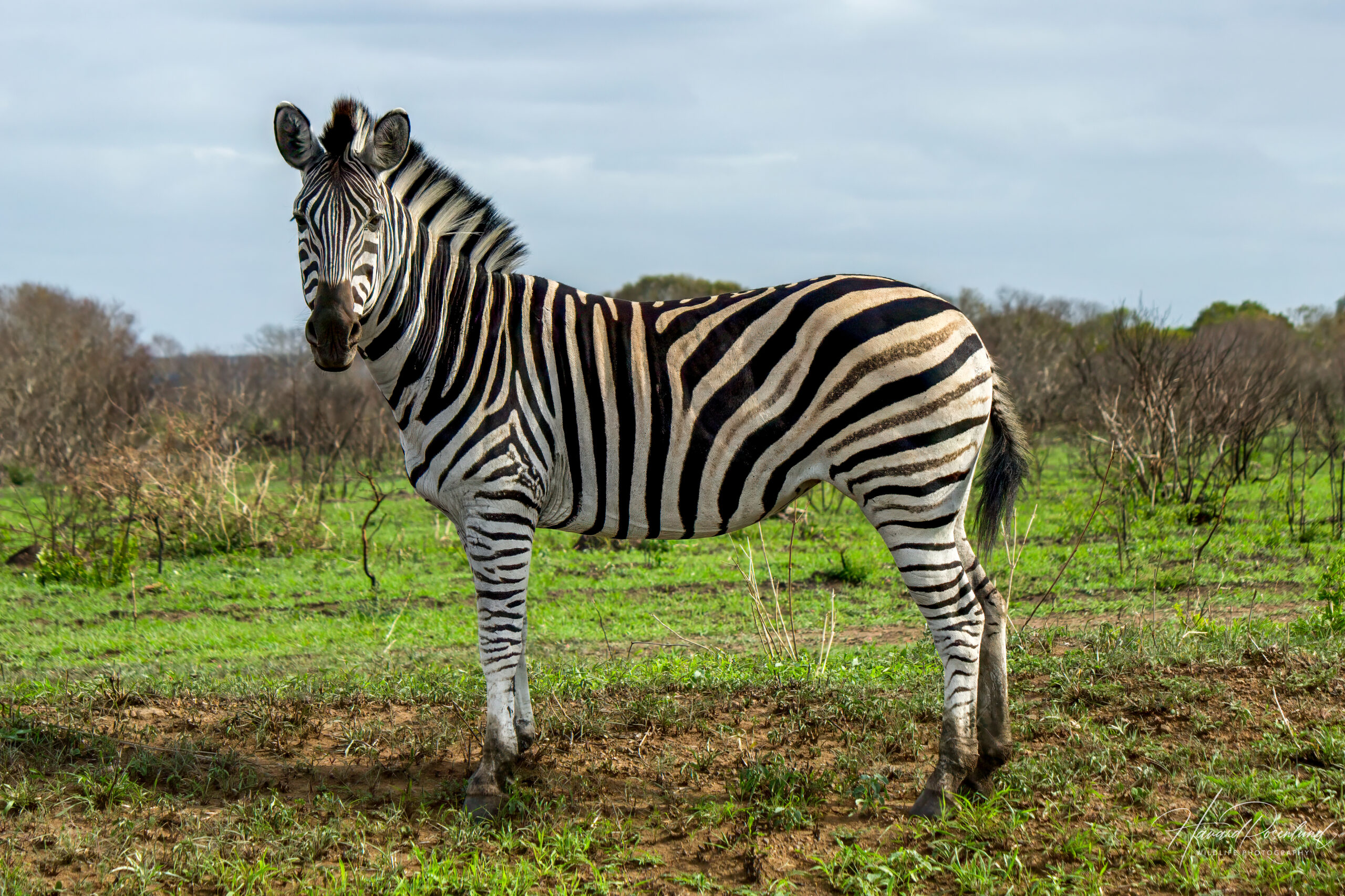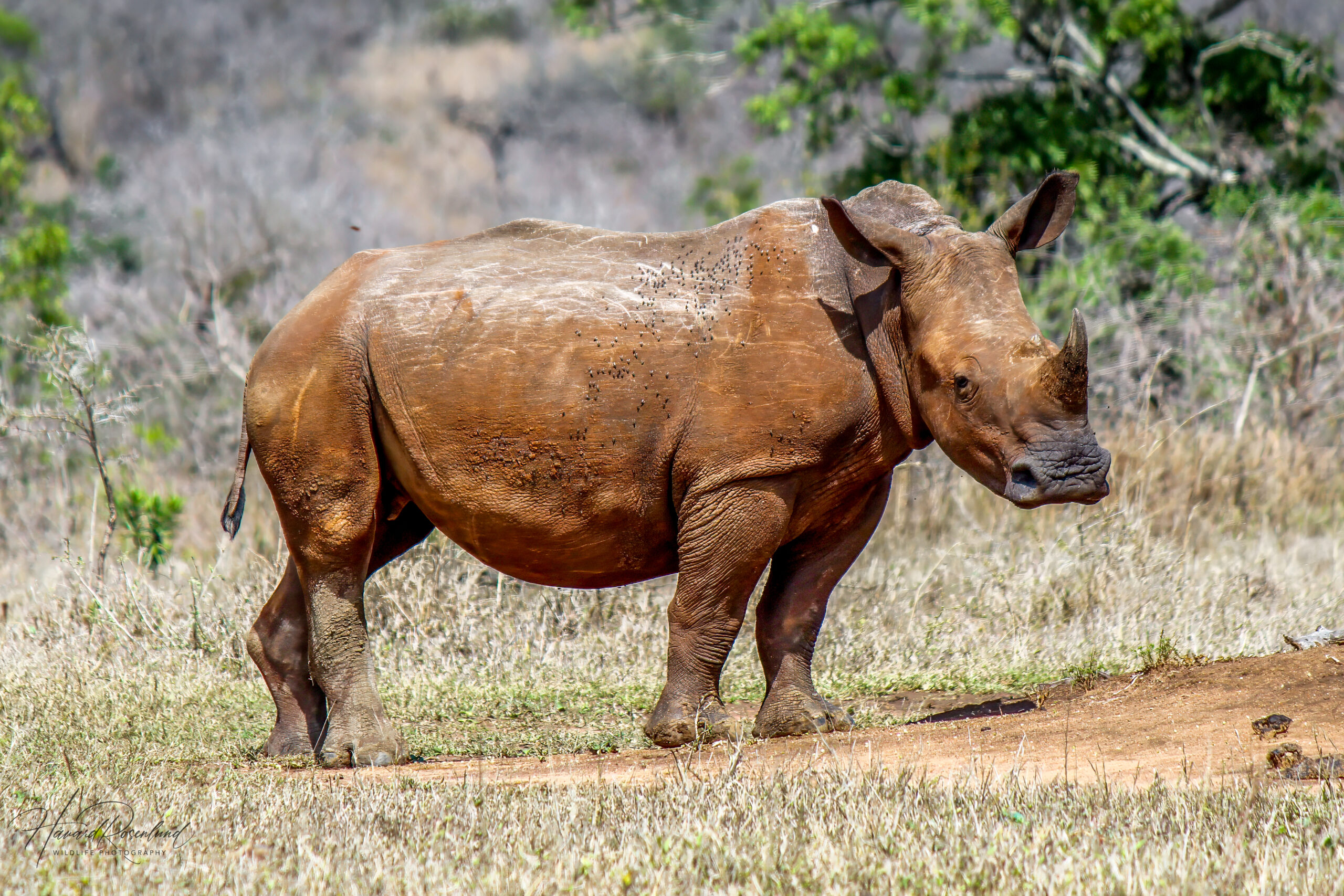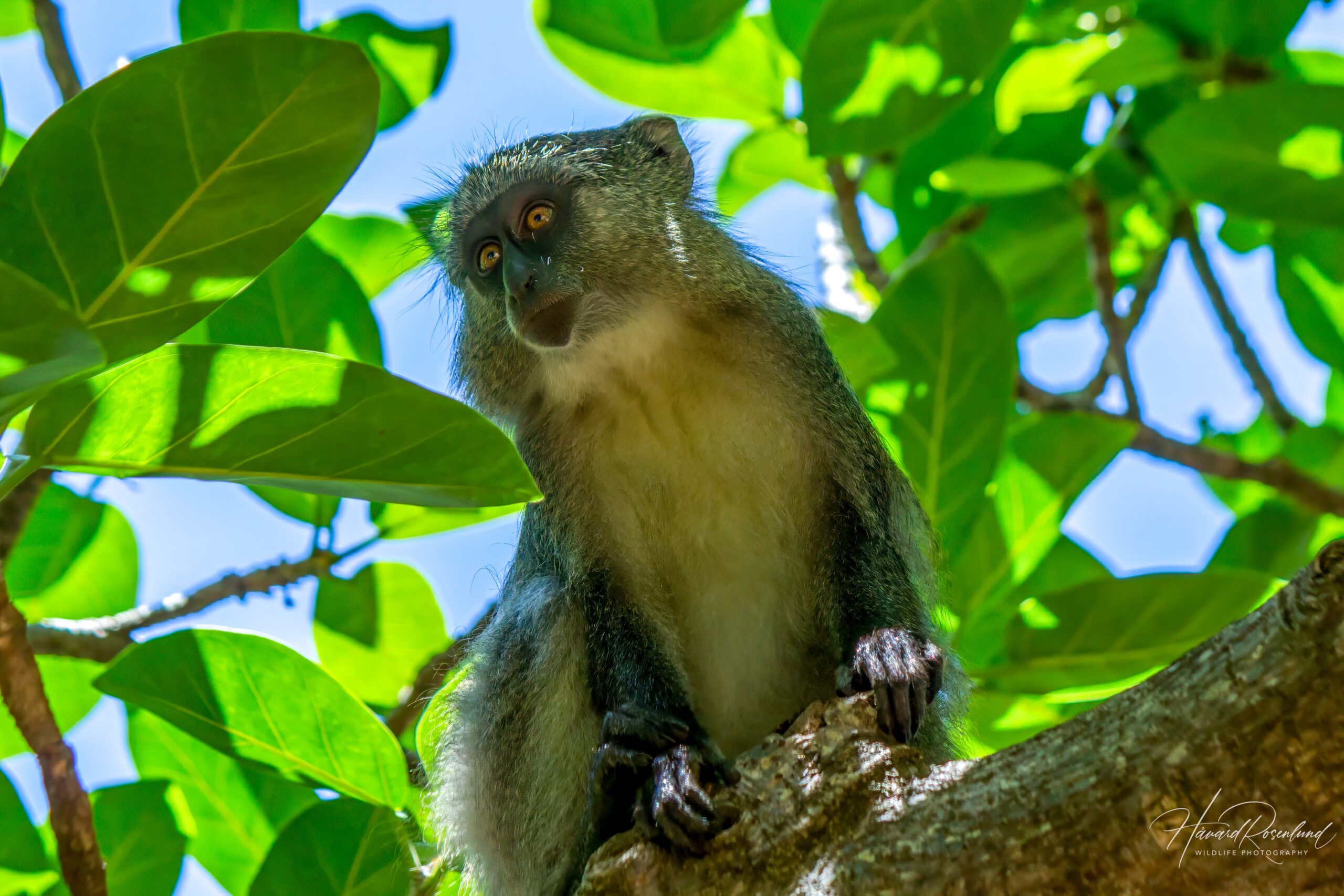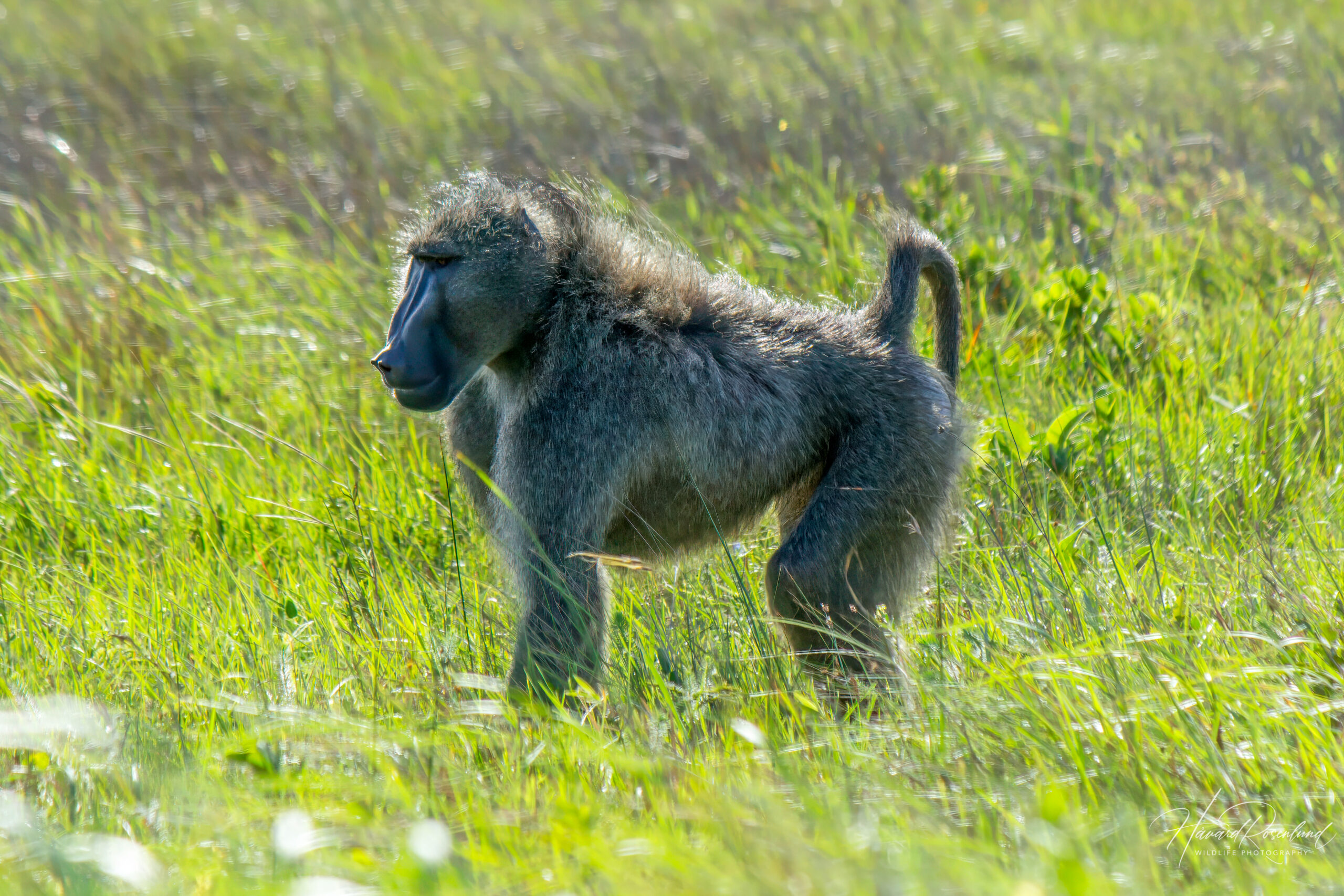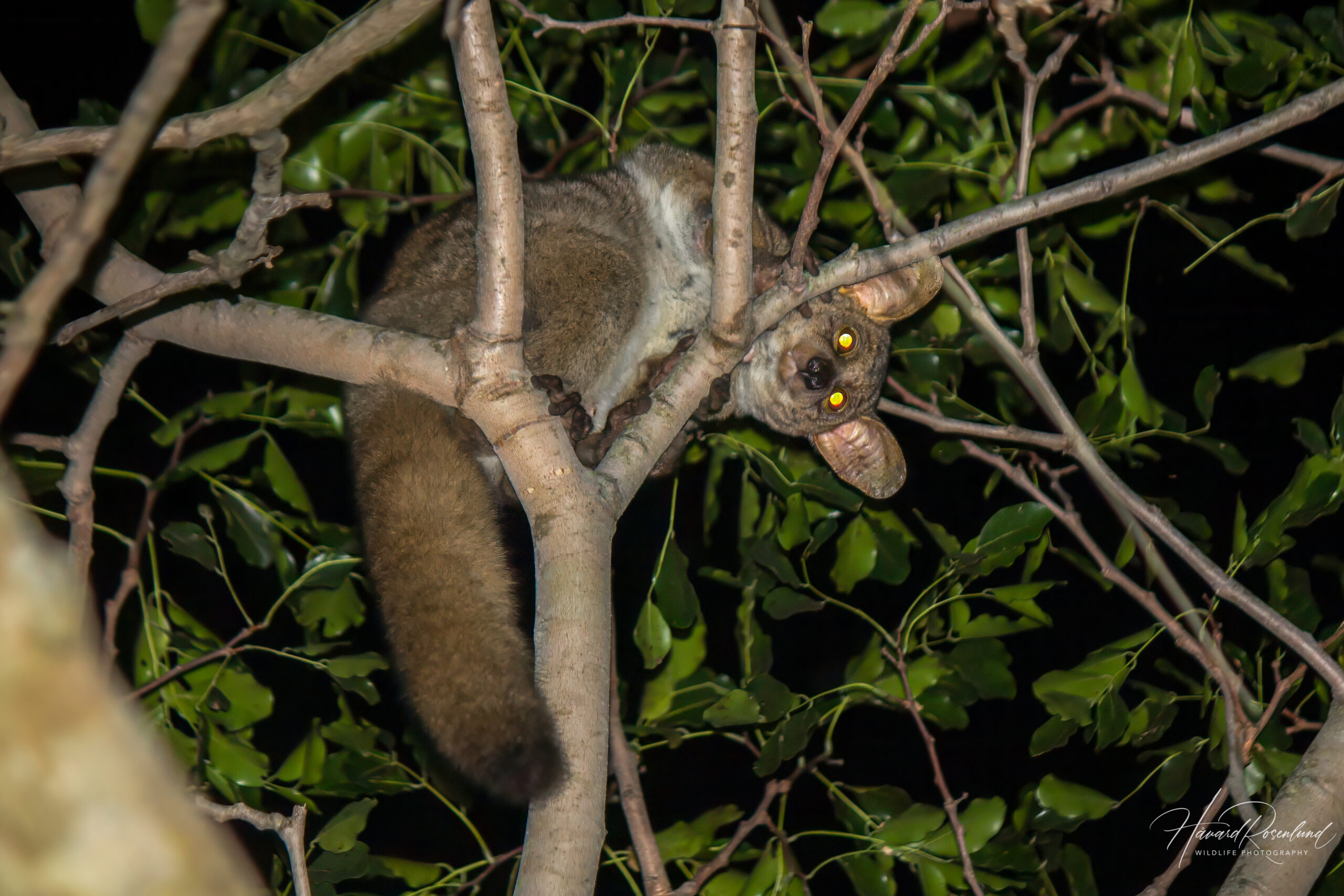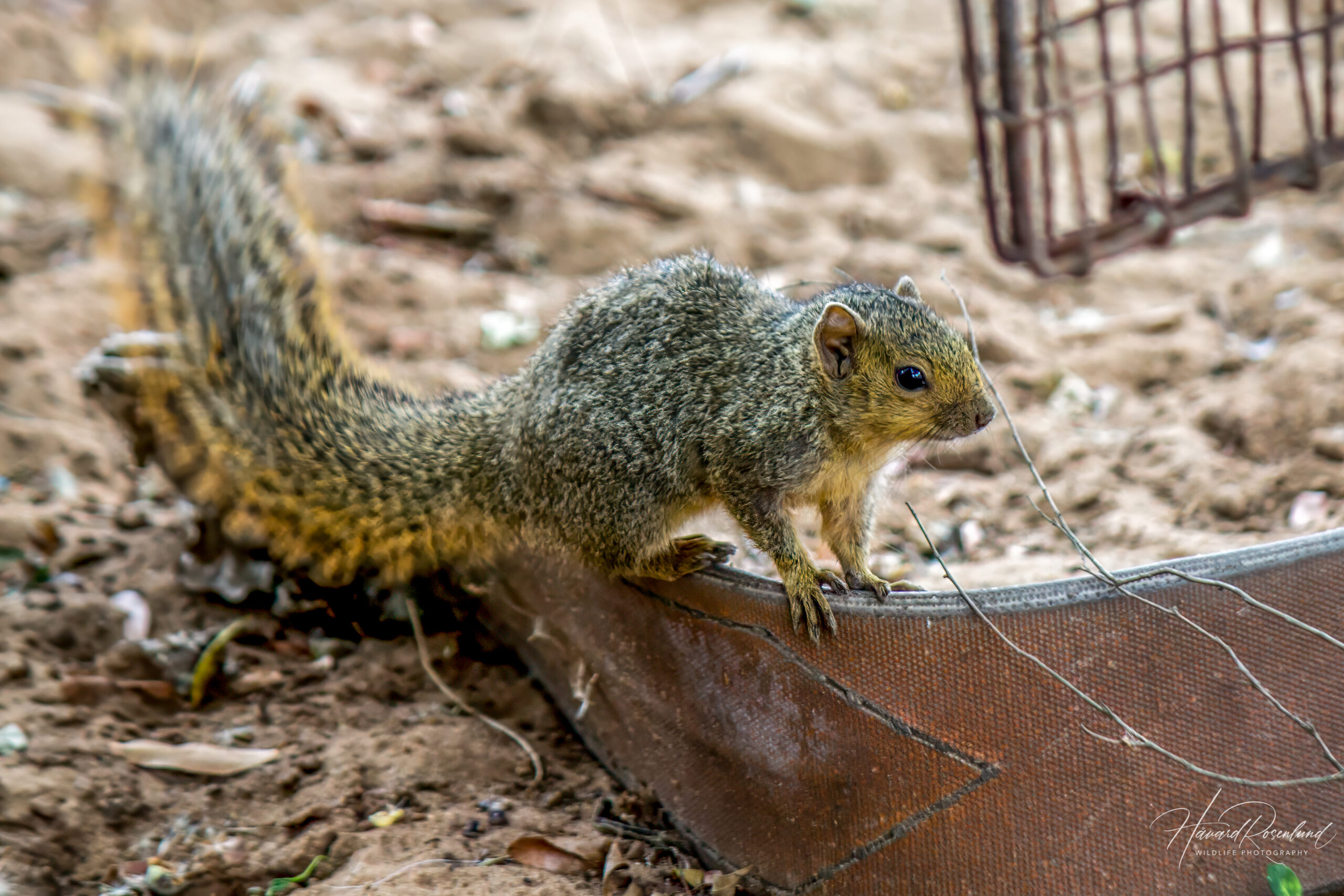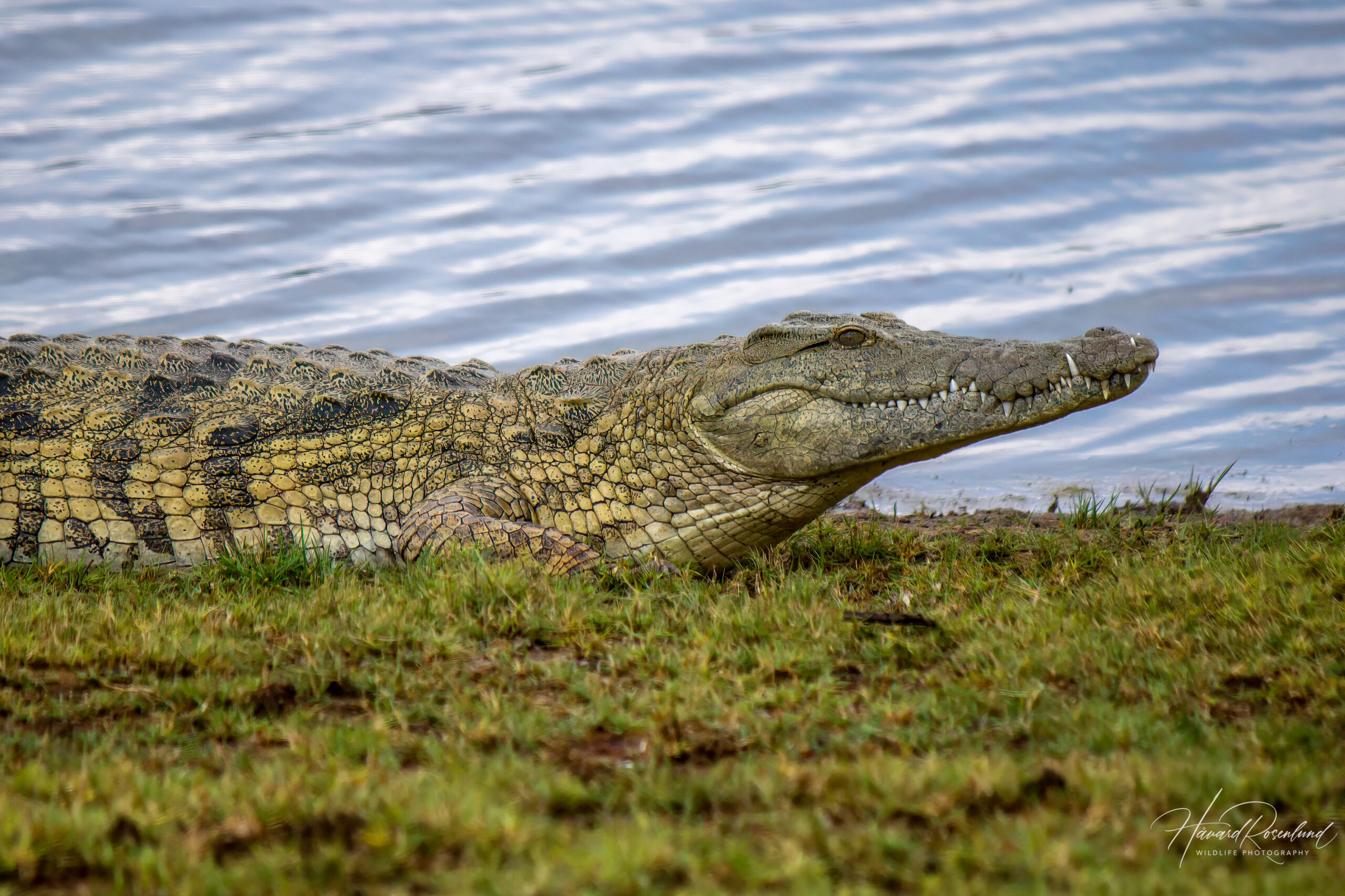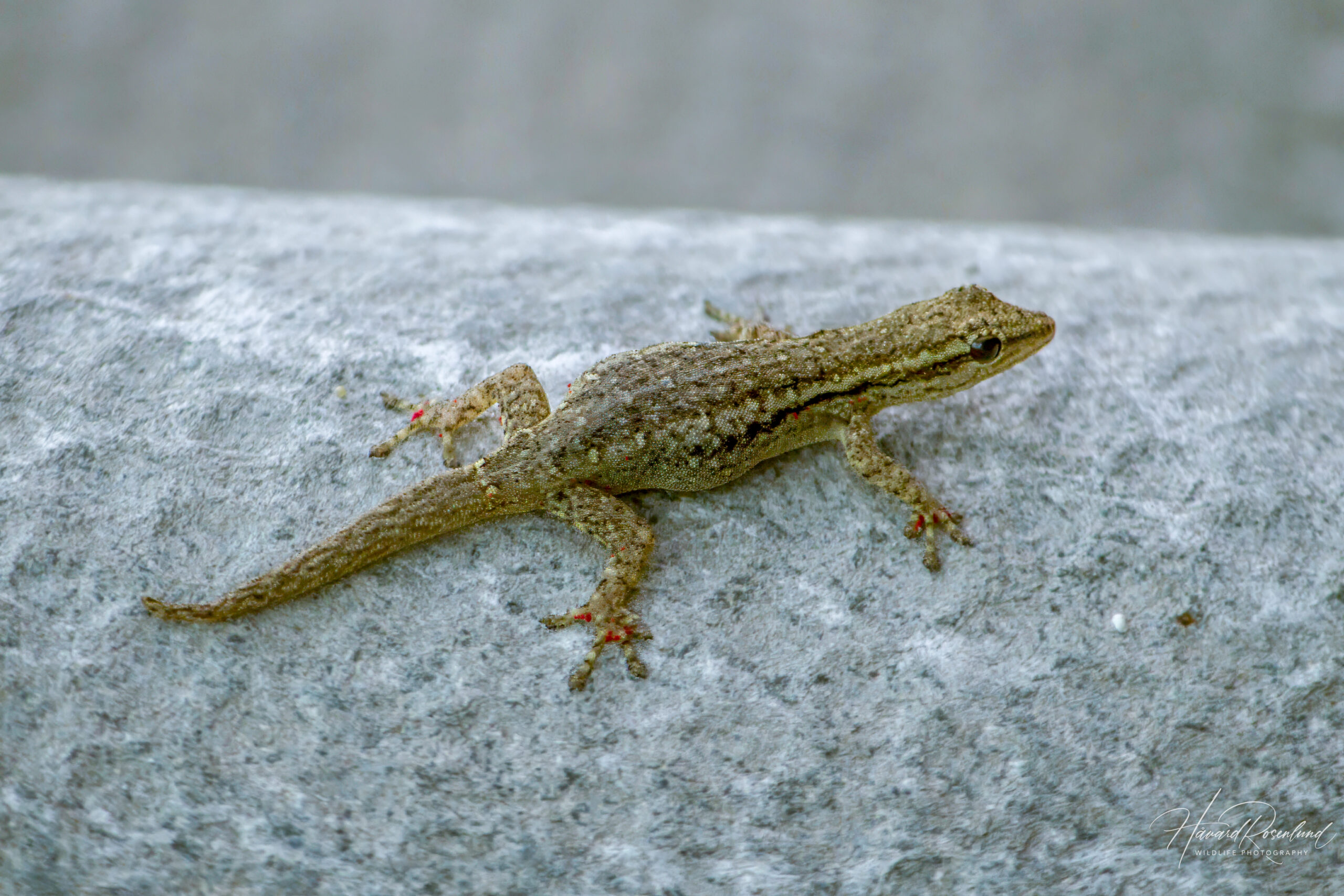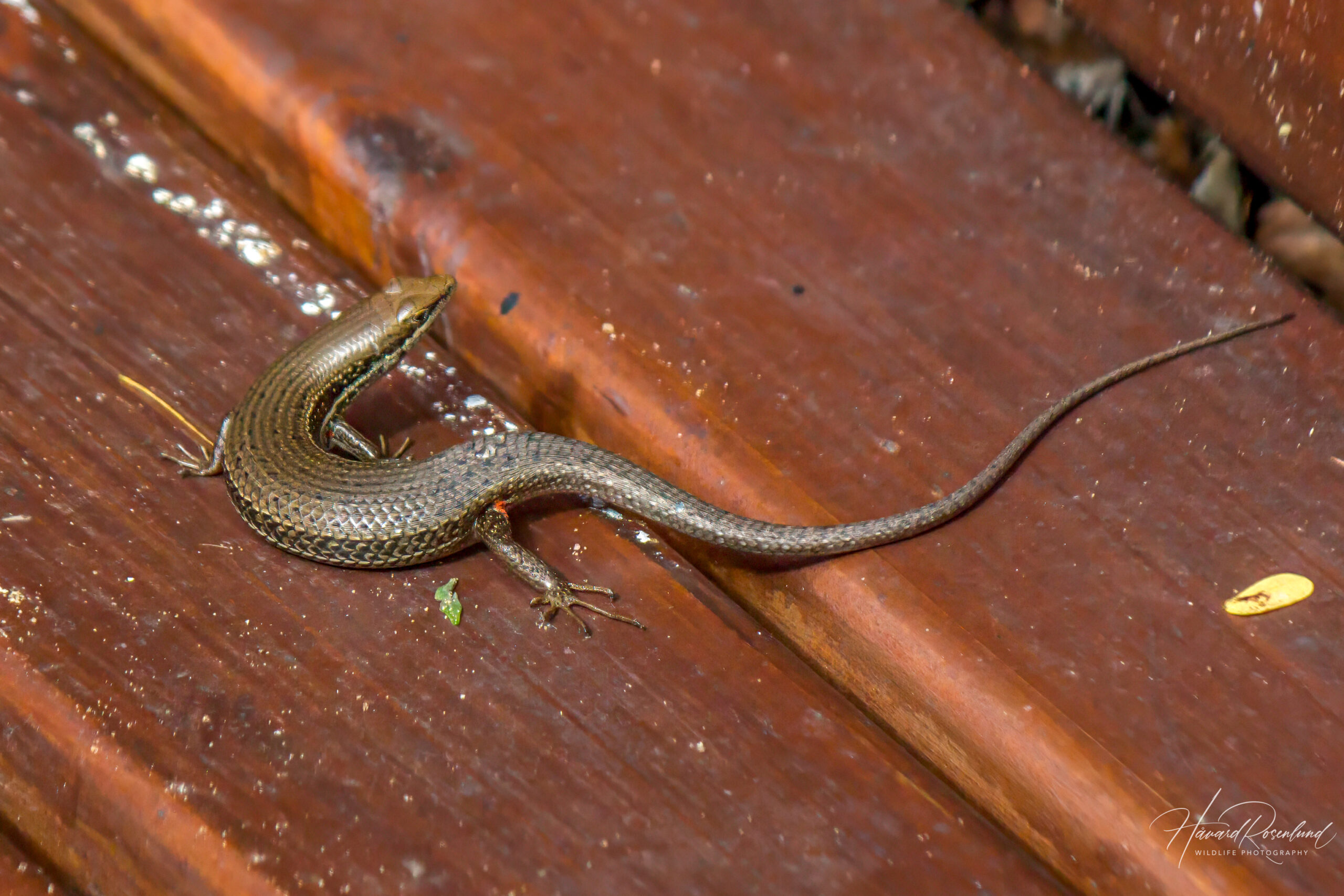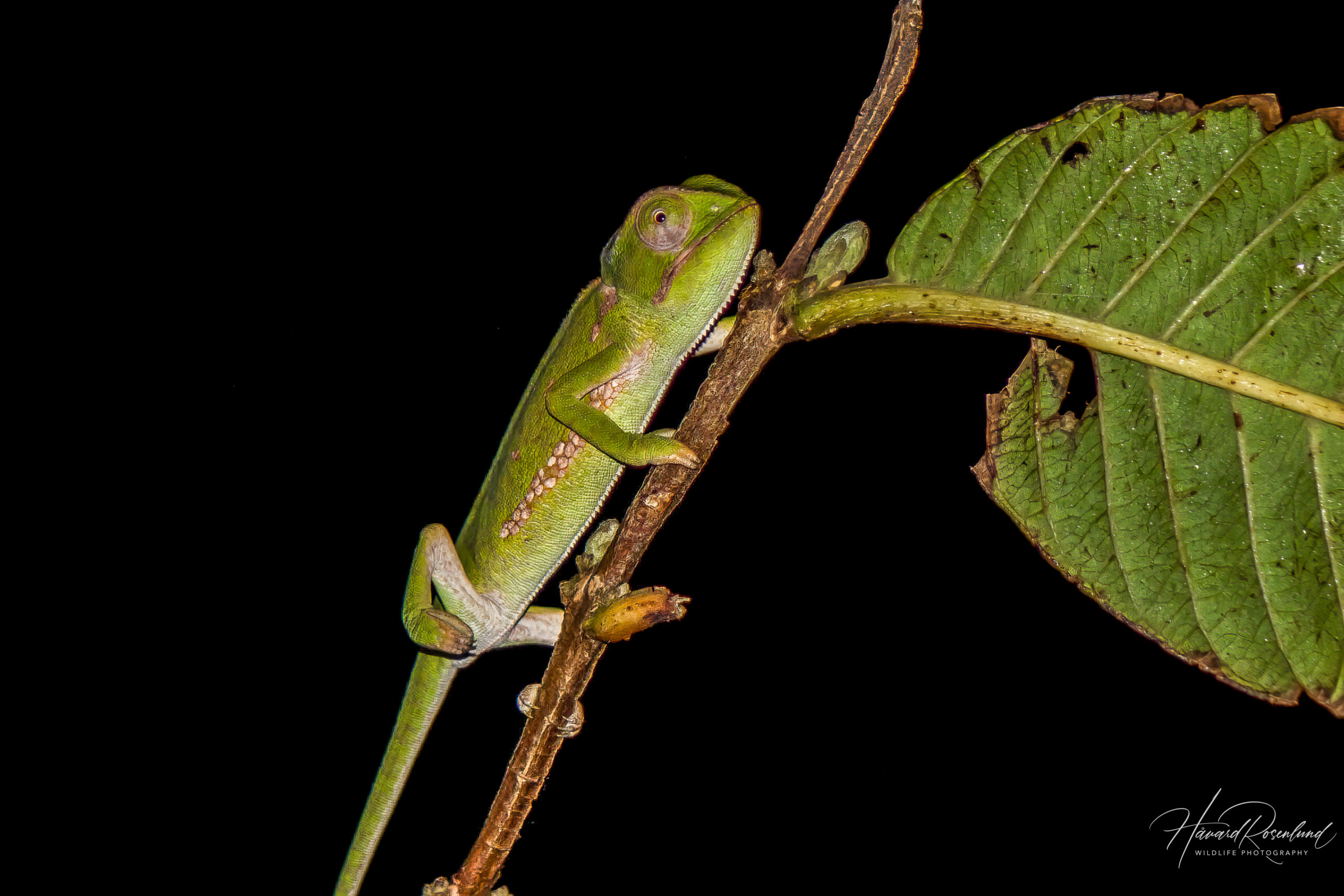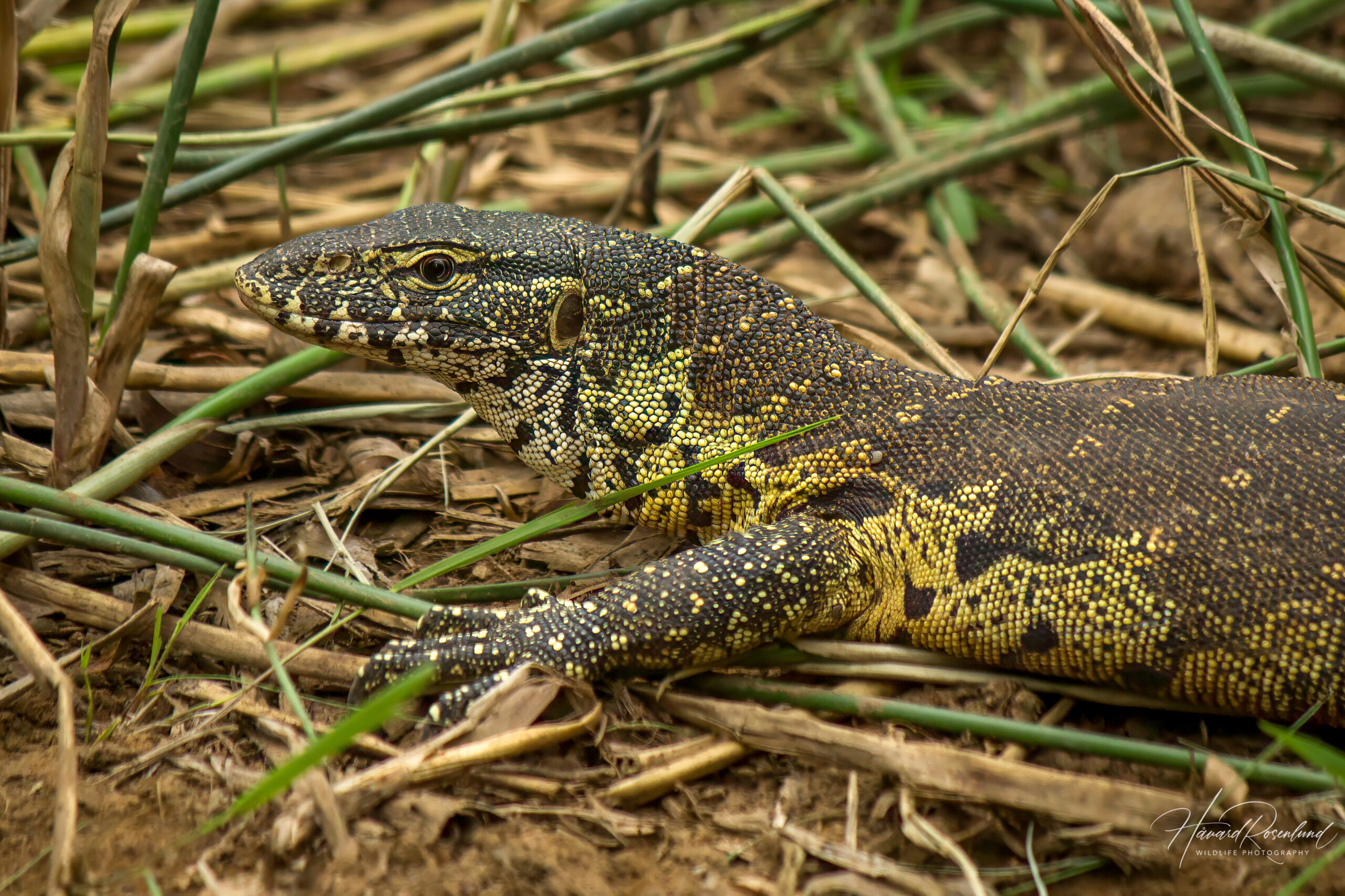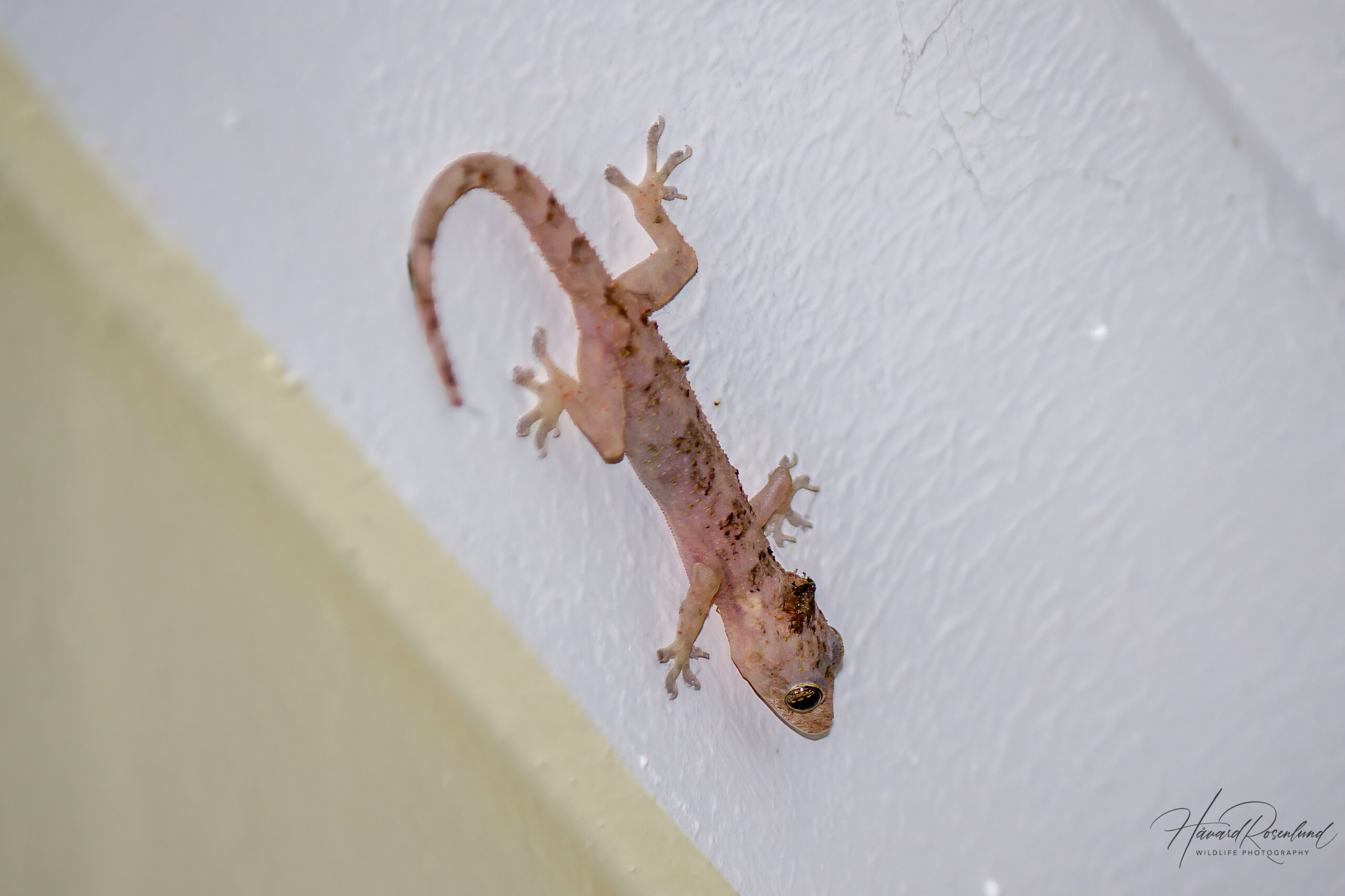iSimangaliso Wetland Park is a place of unparalleled beauty and biodiversity, nestled along South Africa’s eastern coastline in KwaZulu-Natal. This UNESCO World Heritage Site is a mosaic of ecosystems, ranging from pristine beaches and coral reefs to lush wetlands, savannas, and dune forests. It is a sanctuary for a myriad of species, including leatherback turtles, hippos, crocodiles, and over 500 species of birds. The park’s name, “iSimangaliso,” translates to “miracle” or “wonder,” a fitting description of its breathtaking landscapes and rich natural heritage.
A visit to iSimangaliso offers a chance to experience nature at its most awe-inspiring. Whether you’re snorkeling in the clear waters of Sodwana Bay, watching elephants roam near the western shores of Lake St. Lucia, or exploring the scenic coastal dunes, there is something for everyone. The park’s diverse habitats provide unique opportunities for game drives, birdwatching, and water-based activities like kayaking and boat tours, making it a must-see destination for adventurers and nature lovers alike.
iSimangaliso Wetland Park is a haven for nature enthusiasts and adventurers seeking a unique blend of ecosystems and wildlife experiences. This park is renowned for its extraordinary biodiversity, spanning coastal beaches, coral reefs, lush wetlands, savannas, and dune forests. It’s a paradise for birdwatchers and home to iconic species such as hippos, crocodiles, elephants, and rhinos. It is also one of the best wilderness areas in the region for spotting the elusive leopard.
This massive protected area is divided into many different sections and regions. Eastern Shores and Western Shores, nestled on each side of the great Lake St Lucia, offer a mix of savanna landscapes, freshwater lakes, and dense forest trails teeming with wildlife. Cape Vidal, found at the northern edge of Eastern Shores, is a popular destination for its pristine beaches and opportunities for snorkeling, while Sodwana Bay is celebrated as one of the world’s best diving spots. At Kosi Bay, visitors can experience a tranquil estuary system rich in marine life and traditional fishing practices. iSimangaliso is a destination where you can witness nature’s miracles at every turn.
Short answer: Game drives, birdwatching, snorkeling, diving, boat cruises, whale safaris, night safaris, deep sea fishing, kayaking
Long answer:
iSimangaliso is perhaps the most diverse protected area in all of South Africa, encompassing both land and sea within its boundaries. This further makes it possible to offer a myriad of activities, besides the typical game drives. Accommodation and most activities can be found and booked at St Lucia Town, which I recommend everyone to use as a hub for visiting this beautiful part of South Africa.
St Lucia Town
The tourist town of St Lucia is the place to stay when visiting iSimangaliso, or northen KwaZulu-Natal for that matter. It is situated right at the southern edge of iSimangaliso, with the St Lucia Estuary running along its outskirts. It’s separated from the protected areas by a buffer zone, but the influence of the park is evident, with wildlife such as hippos frequently wandering into town at night. Sometimes even leopards are seen at the edge of town near the forests.
The town provides plenty of accommodations, restaurants, shops, and tour operators that cater to visitors exploring iSimangaliso and other nature reserves in the region. I was a resident of this town for 18 months and can safely say you can get everything you need for everyday life within St Lucia. The close proximity to the park makes St Lucia the ideal base for accessing the Eastern and Western Shores sections of the park. The world famous Hluhluwe-iMfolozi Park, which provides the classic Big 5-safari experience, is also just a 45 minute drive away.
There are plenty of activities you can book in St Lucia to explore the surrounding nature. Here’s a list:
- Game drives: You can book guided safaris into both the Eastern Shores and Western Shores sections of the park. Both sections are also suitable for self-driving safaris. You can also book a guided Big 5-safari to Hluhluwe-iMfolozi Park.
- Hippo and croc boat cruises: Every morning and evening, there are boat cruises that take you on a journey up the estuary river on the look out for hippos, crocodiles, birds, and other animals that venture down to the river’s edge. The sunset tour is particularly popular (and relatively cheap). A must for every visitor!
- Night drives: Another popular activity is the night drives, where local tour operators, such as Shakabarker and Heritage, take you into either the Eastern Shores or Western Shores on a night safari, with the aim to find animals that are only active at night. This is perhaps my personal favorite activity to do, as I enjoy the opportunity to observe some of the rarer animals found here. It is also one of your better chances of spotting a leopard.
- Whale safaris: This is a seasonal activity, from June to November, where you get out on a boat with a mission to see the humpback whales that migrate a long the coast at this time. You also get to look out for other wildlife of the sea, such as dolphins and whale sharks.
- Turtle tours: Another seasonal activity, from November to the end of March. Local tour operators will take you on a trip to the beach at night, at spots deep within the Eastern Shores, while you look for loggerhead turtles and leatherback turtles as they lay their eggs in the sand. There are also hatchling tours for when the eggs hatch. You get very close to the turtles, but its very important to follow the instructions of the guides so you do not disturb these endangered animals at such a critical moment.
- Deep sea fishing: You can book deep sea fishing trips, where you get the possibility to catch yellow-fin tuna, sailfish, and many other species depending on the season.
- Safari and snorkeling: Some operators will take you on a wildlife safari trough the Eastern Shores, and stop at Cape Vidal at the end for a picnic at the beach and some snorkeling in the sea.
- Birdwatching: You can book a guide to take you on a birdwatching tour, either in the Eastern or Western Shores or in the forest trails at the edge of St Lucia Town itself.
- Walking safaris: There are walking safaris done in the Eastern Shores of the park, where you get the opportunity to get up close to the wilderness of iSimangaliso on foot.
- Horse Safaris: You can book a safari on horseback, which takes you along the beach from St Lucia Town and up into the Eastern Shores.
- Kayaking safaris: It is possible to book a kayaking safari that takes you on a journey along the estuary river next to St Lucia Town, where you get to look for hippos and crocodiles.
- Bicycle safaris: There are also some tour operators that provide safaris into the Eastern Shores on a bicycle.
- Cultural tours: For those who want a taste of the local culture, there are also tours that take you into the local villages, where you get to experience the life and activities of the local people living in the area outside of the park.
Wildlife destinations:
There are many areas you can explore and visit within the greater iSimangaliso Wetland Park, and here is a selction of some of the most popular:
- Eastern Shores: Located immediately north of St Lucia, just a couple of minutes by car, this is the most popular section of the park for game drives and beachgoing. It is also very easy for self-driving, particularly along the main road, which is paved all the way up north to the end. Here you get to explore forested trails and open grasslands, with sightings of elephants, rhinos, leopards, buffalos, and plenty of various antelopes, as well as an abundant birdlife. Visit Mission Rocks for stunning views by the sea or stop by some of the great hides overlooking Lake St Lucia. If you follow the road through the Eastern Shores up north you end up at Cape Vidal, where you can spend the rest of your day snorkeling in the protected waters, or simply relax and enjoy the golden sands of this serene beach. The area also has nearby picnic spots and walking trails through the coastal forests.
- Western Shores: To get here, you need to exit St Lucia Town and cross the bridge over the estuary river. The entrance to Western Shores is located a bit further up the road from this bridge. This quieter section of the park offers opportunities for more tranquil game drives, as there are less visitors here. Although this section also provides grasslands and forests, the feel and look of this section is very different to the Eastern Shores. This also the only section of the two where you get to see giraffes, which do not cross Lake St Lucia or the river. There are also modern and state of the art hides and canopy walks here, which are worth the visit to check out.
- Sodwana Bay: To get here, you need to drive from St Lucia Town to the N2-highway and up north for a couple of hours. For marine enthusiasts, this is one of the world’s top destinations for scuba diving and snorkeling. The vibrant coral reefs here are home to an incredible variety of marine species, including rays, turtles, and whale sharks.
- Kosi Bay: This is the section of iSimangaliso that is furthest north, and very close to the border between South Africa and Mozambique. Follow the same route as to Sodwana Bay, but continue further north. It will take about three and a half hours in total. Here you can immerse yourself in the beauty of this estuarine paradise. Canoe along the waterways, snorkel in the clear lagoon waters, or learn about the area’s traditional fish traps.
The famous Mkuze Game Reserve, known for being a Big 5-reserve and for having large populations of African wild dog and cheetah, is also nestled within iSimangaliso Westland Park, but I have decided to exclude this on this page because of its status as a standalone nature reserve.
The best time to visit iSimangaliso Wetland Park depends on your activities of interest. The dry winter months (May to September) are ideal for wildlife viewing, as vegetation is sparse, and animals gather at water sources. This is also the best time for game drives in the Eastern and Western Shores. Be aware that nights are colder at this time of the year, so bring clothes to keep you warm if you plan on doing the popular night safaris.
Summer (November to March) is lush and green, perfect for beach activities at Cape Vidal or diving at Sodwana Bay. It’s also the nesting season for leatherback and loggerhead turtles, a spectacular event along the coastal areas. This is also a good time for birding, as migrant species have returned back from their breeding grounds. October (spring) often offers the best of both worlds, with beautiful greenery beginning to emerge without compromising visibility for wildlife, although it is a bit early for turtle season.
Getting to iSimangaliso Wetland Park is straightforward, though the park spans a vast area with multiple sections. The main hub, St Lucia Town, is located just 2.5 hours by car from Durban via the N2 highway. You have to take a right turn when you reach the town of Mtubatuba, and just continue on the R618 all the way to St Luca. From here, you can access the Eastern and Western Shores of the iSimangaliso very quickly.
Here is how to reach some other popular destinations in the iSimangaliso from St Lucia:
- Cape Vidal: Accessible from St Lucia Town by a 40-minute drive through the Eastern Shores section.
- Sodwana Bay: Drive about two hours north of St Lucia, first on the N2 highway and then along the R22 (you get off the highway at Hluhluwe Town) until you see the sign to Sodwana Bay.
- Kosi Bay: Located near the Mozambique border, Kosi Bay is about a three-hour drive from St Lucia. You take the same route as the one to Sodwana Bay, but continue along the R22 until you reach a T-junction, where you have to take a right towards Mozambique. Kosi Bay is situated in a less developed area, so plan accordingly.
If traveling independently, ensure your vehicle is suitable for the roads within the park, as some sections require a 4×4. Many guided tours are available from St Lucia for those preferring to leave the driving to experts. Visitors flying in can land at King Shaka International Airport in Durban and rent a car or arrange transfers to St Lucia.
Even though I did my field work in Tembe Elephant Park and Ndumo Game Reserve up north by the border to Mozambique, my permanent home during my time in South Africa was in St Lucia Town. Because of this, iSimangaliso was in many ways my home during this period. I can now paint a picture on what it was like and how I spent my days when I was off work.
During the 18 months I lived in St Luca I spent approximately 10-14 days a month doing field work in Tembe and Ndumo, and the rest was spent in St Lucia. That was a lot of free time, which I spent exploring the nearby areas and activities the town had to offer. Let me break down my favorite activities and some of the experiences I had with each.
Game drives in Eastern Shores
This is probably the activity I did the most. I had a Rhino Club membership card, which meant I had free access to many of the parks and reserves in KwaZulu-Natal, including iSimangaliso (and Hluhluwe-iMfolozi). I could do one drive each day at no extra costs. A lot of the time I would get up early and get to the entrance gate at opening hours, but sometimes I just felt like doing a leisurely drive whenever I got up and was ready in the morning.
I didn’t treat this reserve as I did others, as I rarely went in looking for specific wildlife or hoping for Big 5-species (there are no lions, cheetahs or wild dogs here, and at the time I lived there, the elephants weren’t there either). It is a stunningly beautiful park, with vast open grasslands, lush forests, and fantastic viewpoints over both the sea and Lake St Lucia. Most of the time I just went there to take in the scenery, unwind and photograph whatever species I happened to come across, and, of course, a relaxing stop at the beach at Cape Vidal at the end was always a treat. I always took the loops away from the main road, and I always stopped at the hides, and every time I got plenty of species and great sightings.
The park always provides good sightings of many beautiful antelopes, such as greater kudu, Cape bushbuck, red duiker, waterbuck, and reedbuck, as well as plenty of zebras, buffaloes, warthogs, and lots more. The birding is also fantastic, and there is a decent chance of finding the spectacular Narina trogon as a special treat. Out of all the parks I regularly visited, this was also the park with the highest probability of spotting leopards, which sometimes could be seen in the middle of the day (providing it wasn’t too hot). I also had some great sightings of both white and black rhinos here, and particularly one male black rhino came quite close a couple of times (which is quite rare).
You may come across baboons and vervet monkeys on your way through the Eastern Shores, but at Cape Vidal there is a special monkey called the Samango monkey, which is not easily found elsewhere. It is a subspecies of the blue monkey, and it will get quite close when you sit at one of the picnic tables by the beach. Be sure to keep your food away from them, as they might try to steal some from you if you do not pay attention. And please do not feed them, as that will only encourage bad behavior from the monkeys.
Game drives in Western Shores
I almost never did leisurely outings to the Western Shores. The entrance is just a few more minutes away compared to the Eastern Shores, but I just didn’t find the drives there as exciting as in the Eastern Shores. I felt I saw a bit less wildlife, and the area is more flat with less view points. Nevertheless, I did have a decent amount of drives here, as I often drove through the Western Shores on my way to and from Tembe and Ndumo. I always had good sightings of antelopes here as well (particularly reedbuck and waterbuck), and many decent sightings of giraffe (which are not found in the Eastern Shores). I never saw any predators here, as well as no rhinos or elephants (which were present at the time). Maybe that was just my luck, but it did paint a picture of it not being as exciting as the Eastern Shores. Where I found the Western Shores had an edge on the Eastern Shores were its brand new hides and canopy walk, which were always exciting to check out.
Night drives
As stated earlier, the night drives were my favorite activity to do with a local tour operator. I did them once a month on average (I think). Most of the time I went with Shakabarker Tours, which I found always gave great guided night safaris. The highlight was to get the opportunity to observe and photograph species I’d never see during the day. I also thoroughly enjoy testing my camera skills do get decent shots in tough lighting conditions. Some species were more common than others, but here is a list of some of the nocturnal species I got to see:
- Hippos out of the water and grazing – Guaranteed
- Flap-necked chameleon – Almost guaranteed as the guide see them and pick them up next to the road to show them to you up close
- Spotted hyena – Fairly common
- Leopard – Uncommon (to me at least, but decent chance overall)
- Thick-tailed greater galago (also known as thick-tailed bushbaby locally) – Fairly common
- Rusty-spotted genet – Fairly common
- Cape porcupine – Uncommon
- Bushpig – Uncommon
- Serval – Uncommon
- White-tailed mongoose – Uncommon
- Aardvark – Very rare
- Spotted eagle-owl – Uncommon
- African wood-owl – Uncommon
- Various nightjars – Common
- Water thick-knee – Guaranteed
There are other species you can see as well, if you are lucky, such as side-striped jackal and honey badger, but I never got to see those. They also stop for daytime species too, as it is a different experience to see them at night. We once spent quite some time with a black rhino, which is an exciting species to see no matter what time of day it is.
Hippo and croc boat cruises
I also did the hippo and croc boat cruise quite a few times during my stay in St Lucia, as it is a relaxing and scenic experience, with a decent chance of photographing various species. There is an obvious focus on finding hippos and crocodiles, which there are plenty of in the river, but the guide also highlights and stop for various species of birds that can be seen by the river’s edge, such as fish eagles, kingfishers, and herons. I’ve heard of them spotting leopards on these cruises, but it is quite rare.
There are two different cruises to choose from (if I remember correctly) – the sunrise and sunset tours – and multiple tour operators who do them. If you want to focus on wildlife and photography, and want to see more than just hippos and crocodiles, I’d go for a morning cruise with either Shakabarker or Heritage, which use smaller boats where you sit closer to the water (and there are fewer people). If you want a relaxing experience with the family and watch a beautiful sunset over the estuary, I’d go for the larger double decker Advantage Cruiser that sets off from the main jetty. They also look for hippos and crocs, and stop for some birds, but here the focus is on the overall experience.
Birdwatching in St Lucia
I never did any of the guided birdwatching tours, but I still did my fair bit of birdwatching, to say the least. After game drives in the Eastern Shores, birdwatching in St Lucia has to be the activity I did the most. There are forests surrounding the entire town, as well as plenty of trees in parks and gardens within the town itself, which means there are birds all over the place! I had my own perfect birdwatching route, which I did a lot of times, particularly during my last few months. I began at my house in the very back of town, at Kabeljoulaan, and walked south along the forest edge until I reached the southern edge of town. There is a forest trail her, called the iGwalagwala Trail, which takes you through a dense tropical forest, and there are plenty of special birds to find within. Some notable ones are gorgeous bushshrike, purple-crested turaco, Livingstone’s turaco, trumpeter hornbill and green malkoha. I’d always follow this trail down to a clearing near the river. Then I’d continue onwards alongside the water’s edge until I got to the Ski Boat Club restaurant at the very end of the estuary river. I’d always stop for lunch and something cold to drink here. They have fantastic pizzas! From this restaurant there is a boardwalk further on that takes you past the estuary river and onto the sand dunes of the ocean beach. This boardwalk is likely to provide very good observations of hippos and crocodiles (and more birds – such as pelicans and various wading birds).
Other activities
There are plenty of activities that I never did or was interested in doing, but a couple that I did do, once each, were the whale safari and turtle tour. I’d recommend both, as they provide very different experiences to the other safari options.
The whale safari was one of the first activities I did, and I remember enjoying it as we did see the whales, but it was before I really got into photography. The turtle tour was a real highlight, as we got to see a loggerhead turtle up close as she laid her eggs in the sand. As the turtle tour happens at night, and the turtles are found on the beach deep into the Eastern Shores, you also get a night safari on your way to and from the turtles (which is a nice bonus in my opinion).
Final thoughts
I still remember entering St Lucia for the first time, and all I could think was “Wow! This is paradise!”. I visited the town a few times before I actually found a place to live here, but when I did it quickly felt like home. It might even be the place I’ve felt the most at home anywhere!
I had everything I could ever dream of: A small tropical town with a busy central street with shops of all kinds and a great diversity of restaurants, a protected nature reserve with lots of exotic species surrounding town, the Indian ocean literally next door (with pristine beaches), a short distance to massive game reserves with all the famous African wildlife, and at home I had a big flat screen TV and a PlayStation if I felt like spending the day inside not doing much. I was in heaven!
There was only one thing missing, my friends and family back home. And even if I wanted to stay, I couldn’t because I lacked an income (I lived on saved money and student loans – which could only take me so far). By the time I left, at the end of 2014, I was more than ready to get back to my people back home and to leave this amazing chapter behind. I always thought I would be back to visit quite often. I even left some things behind to come back and get later. But I never did, or haven’t until this day. At some point, however, I will be back to explore the magnificent iSimangaliso again!





































































































